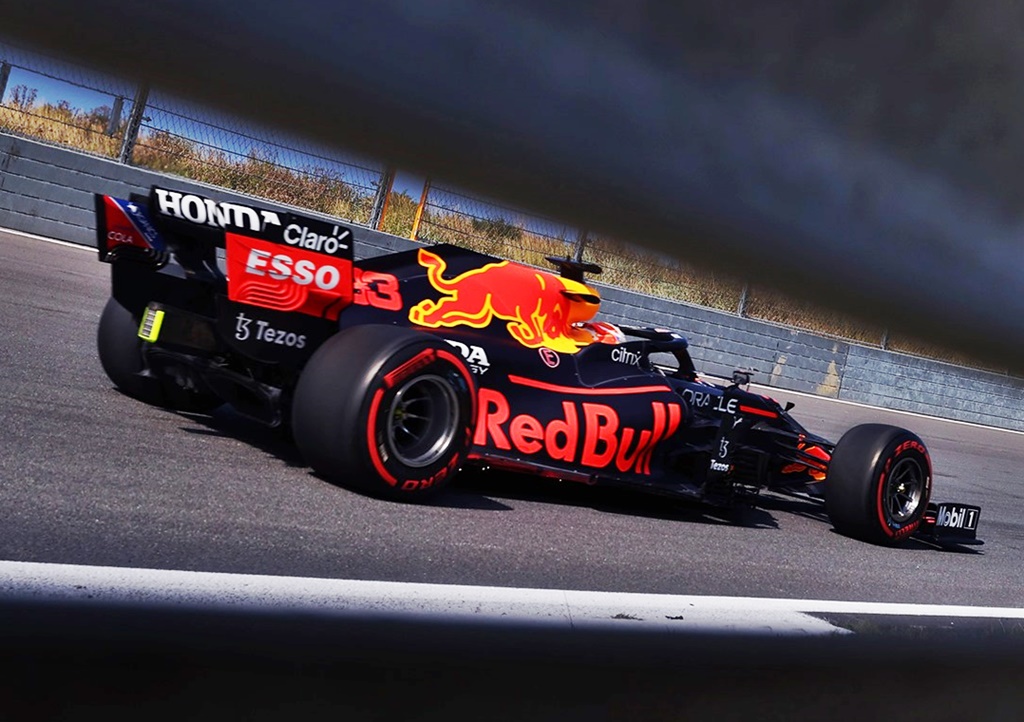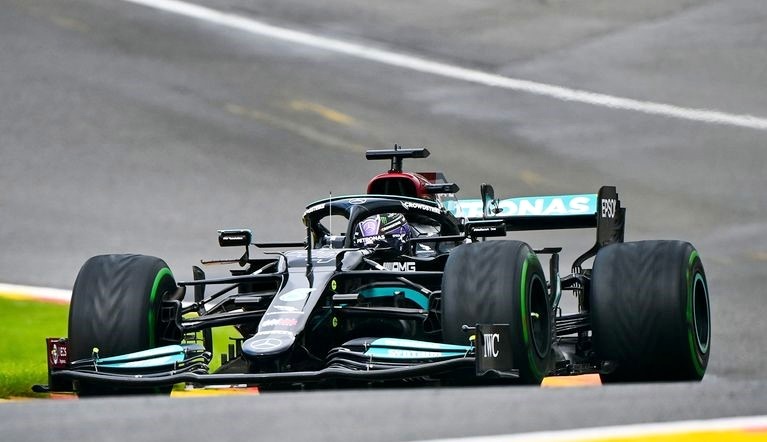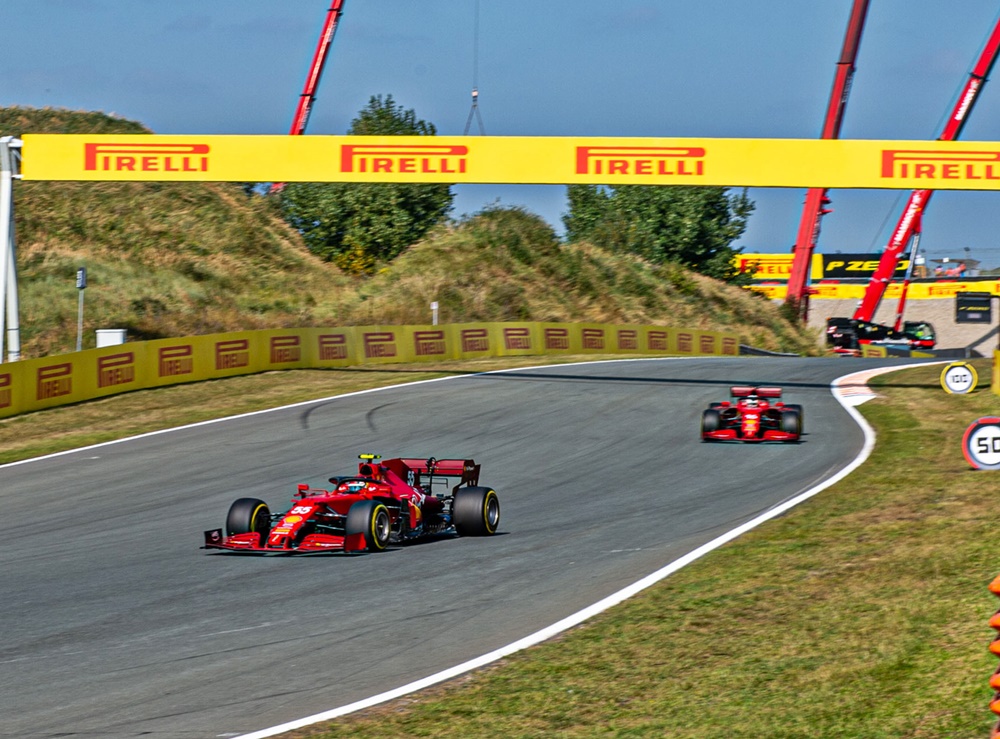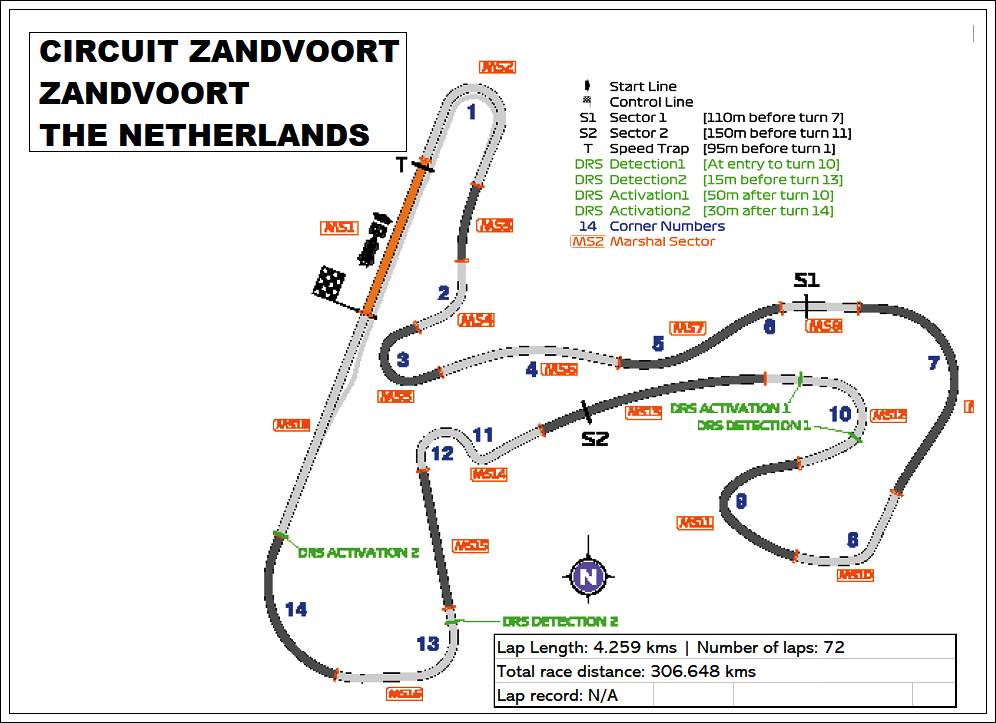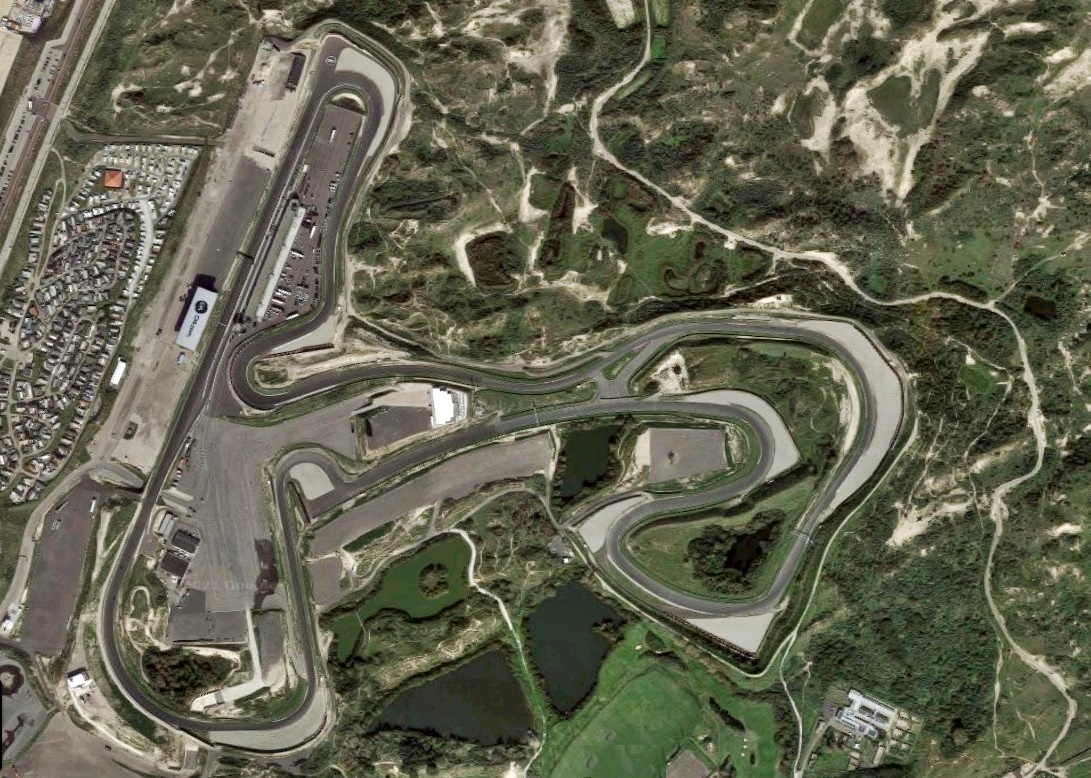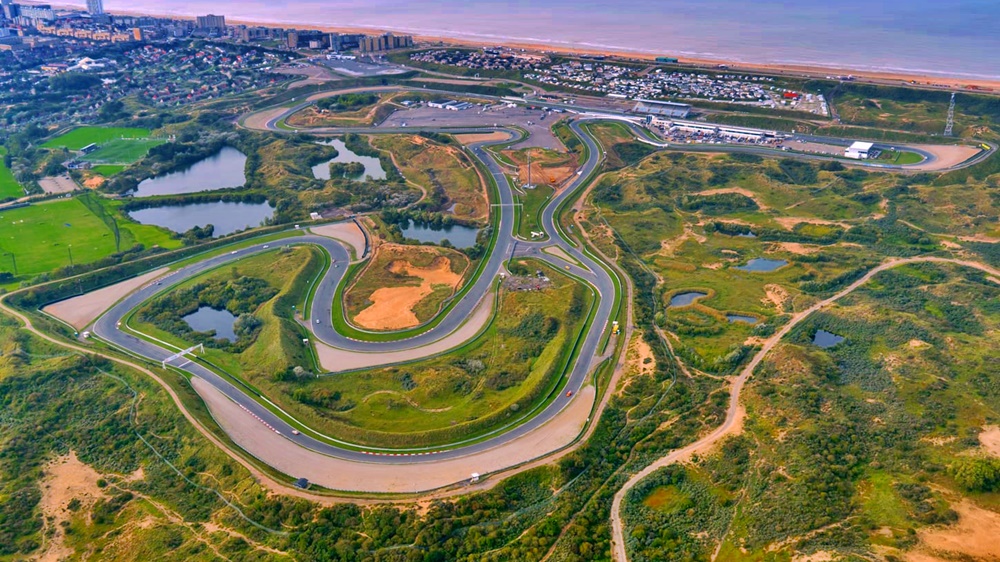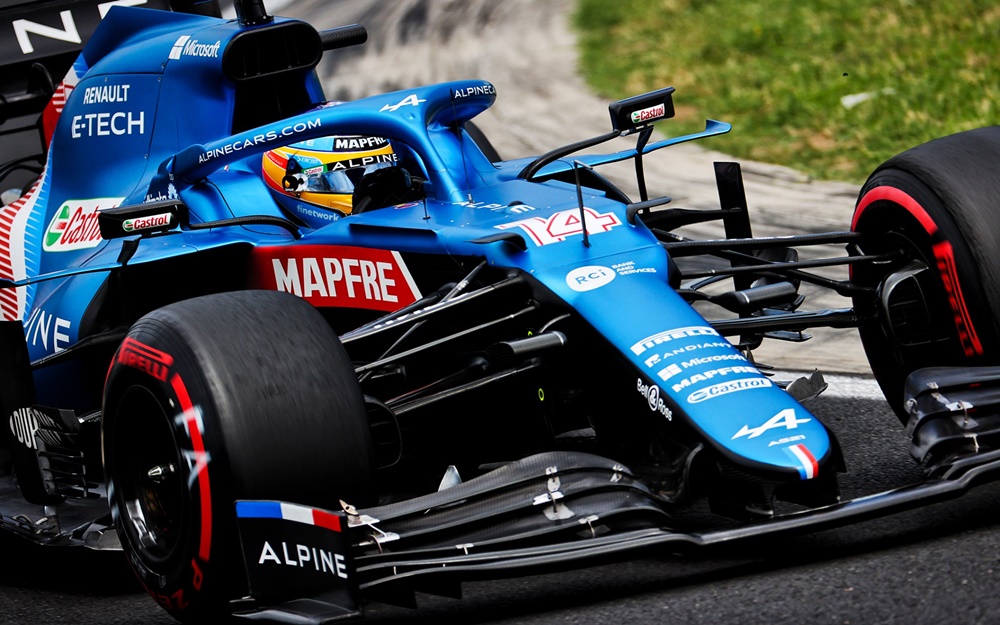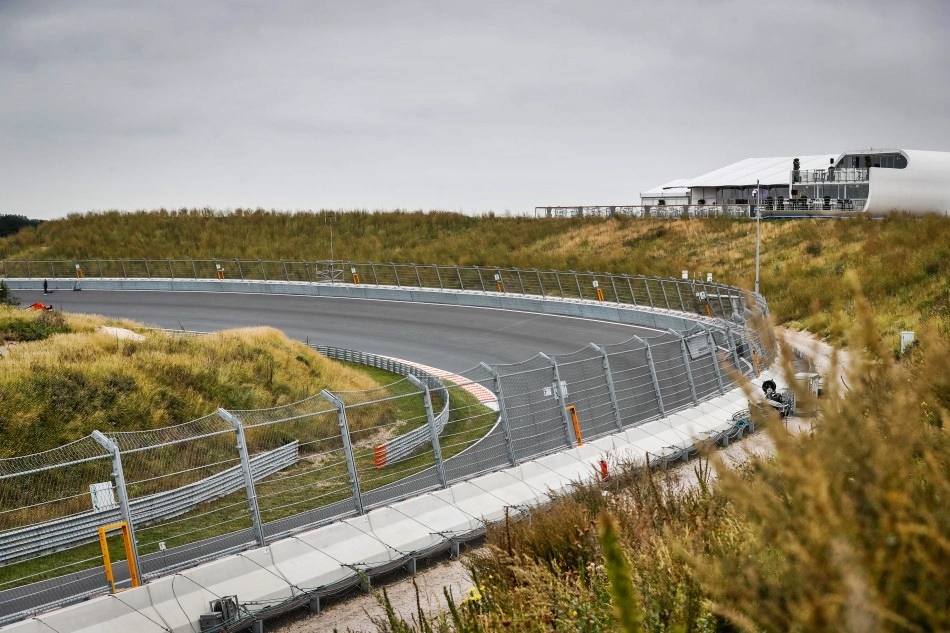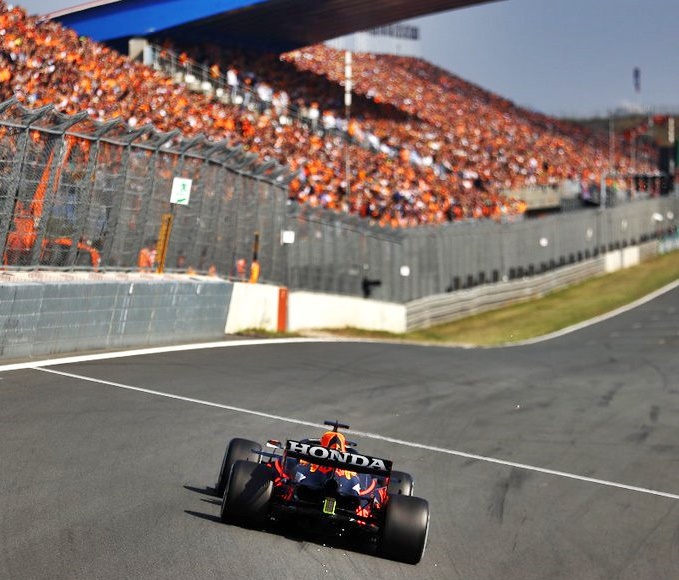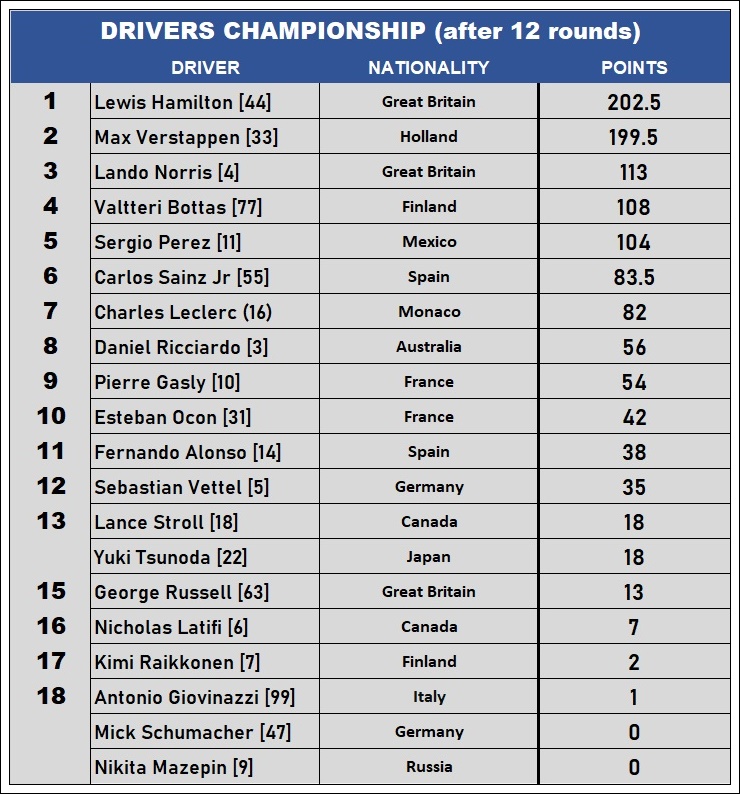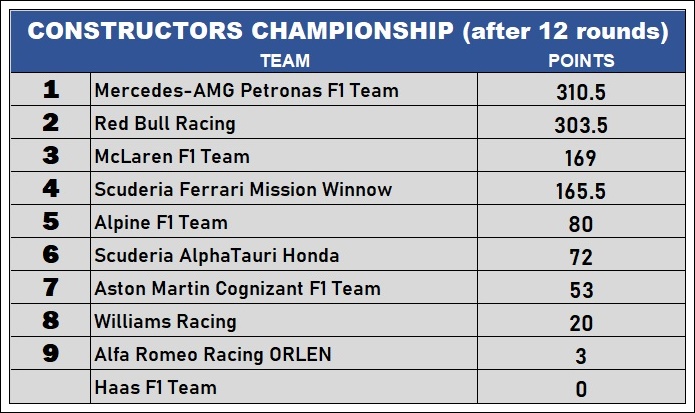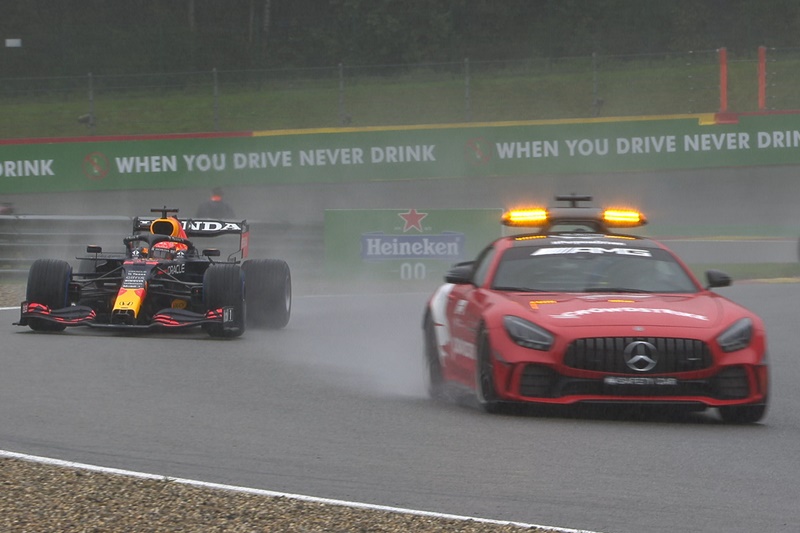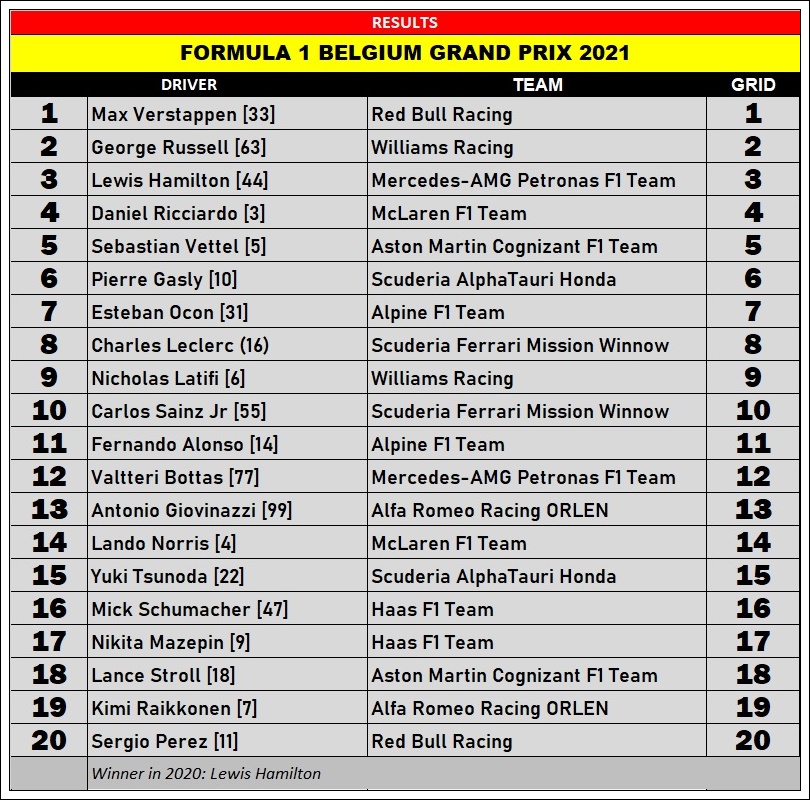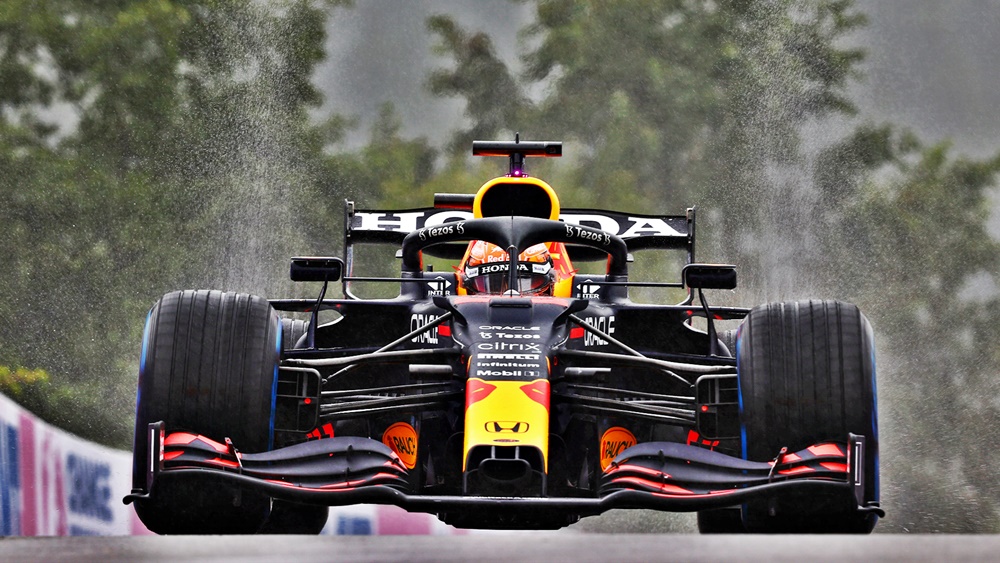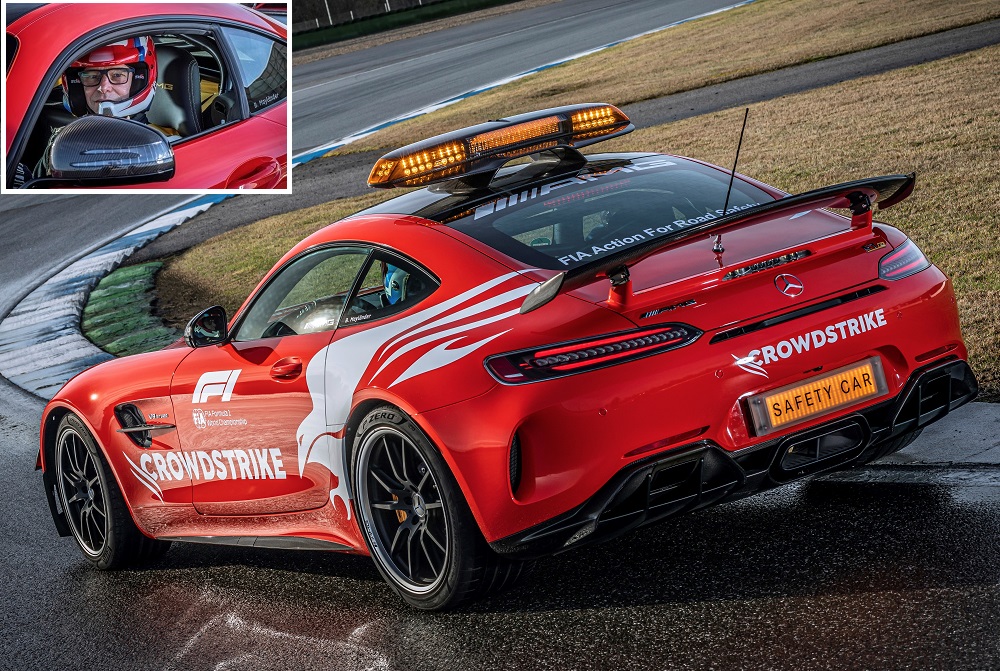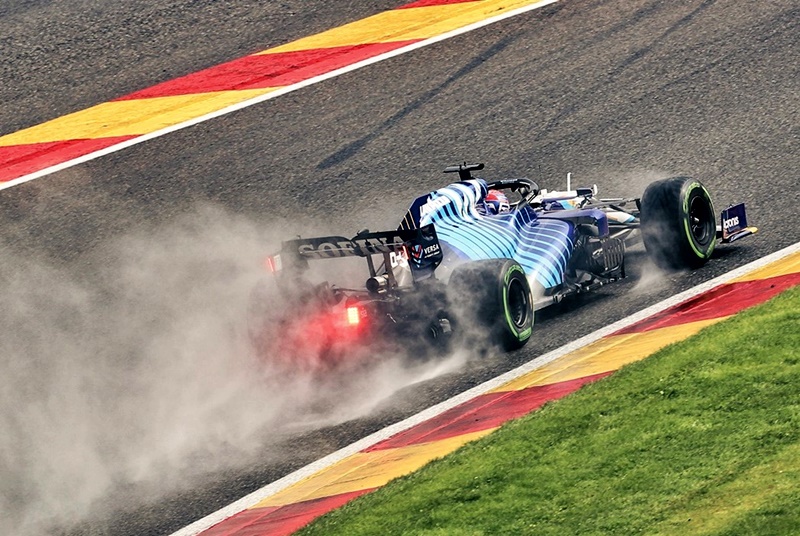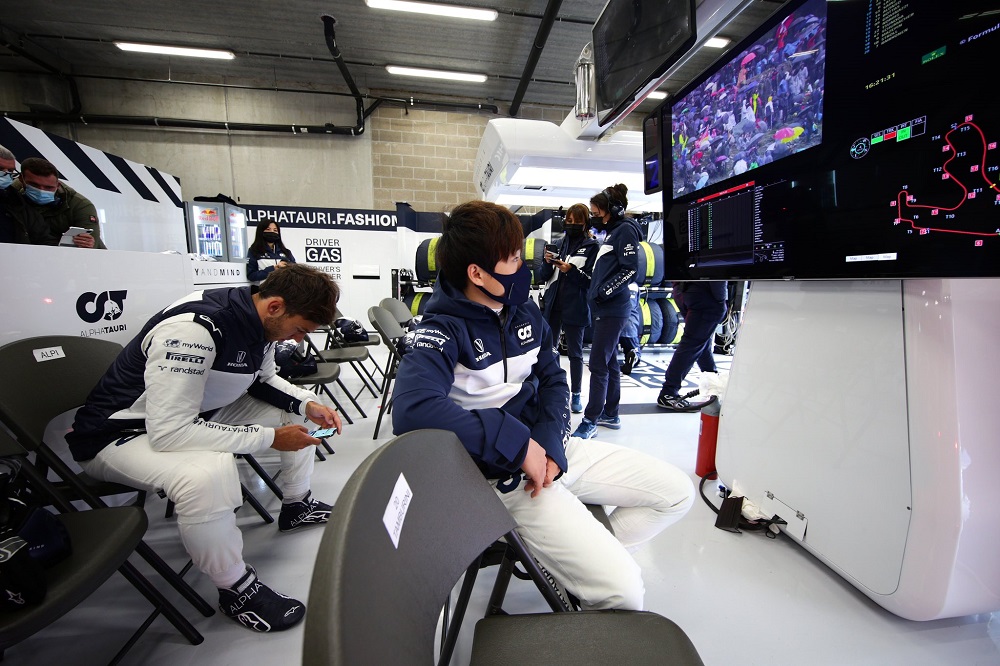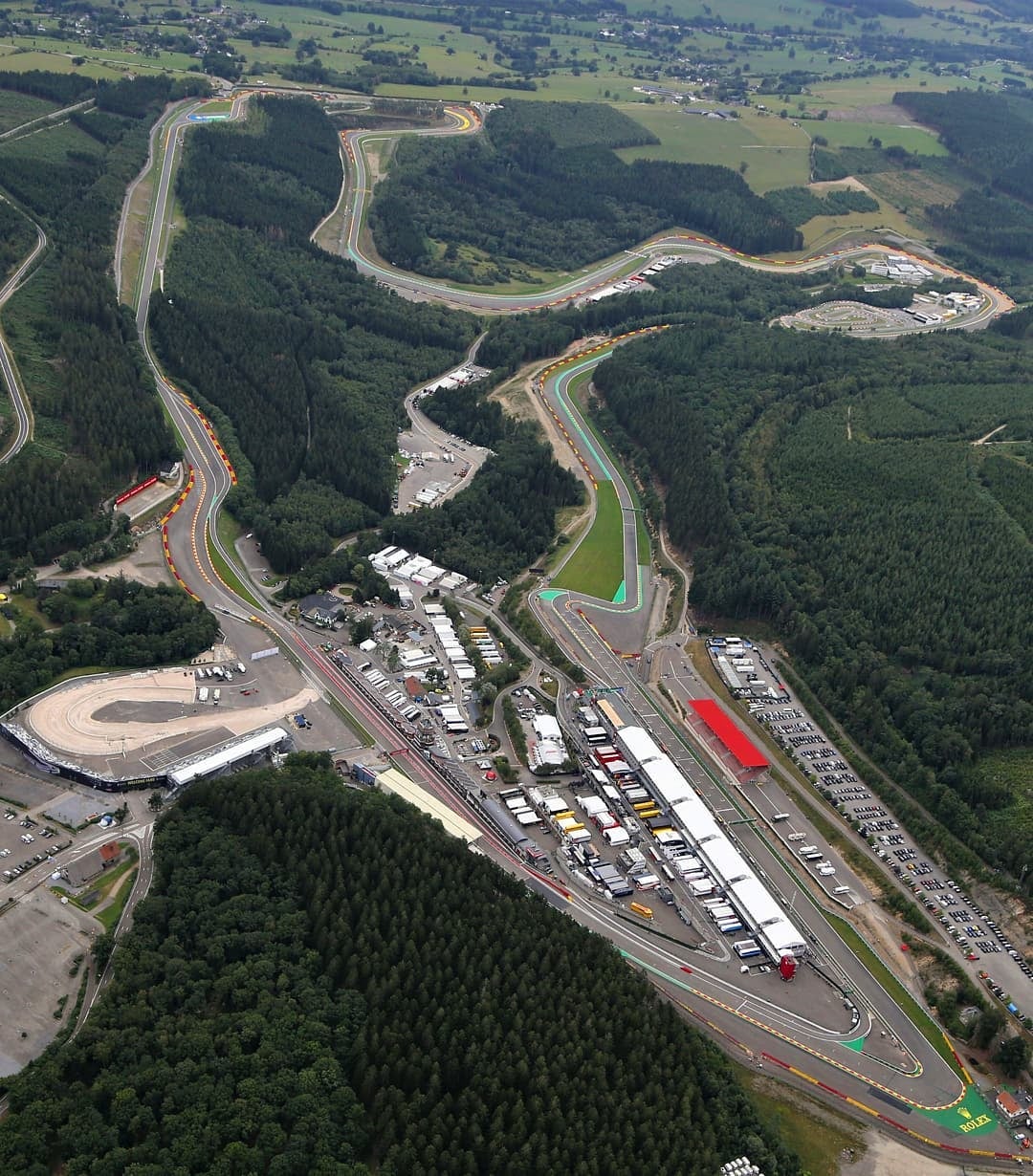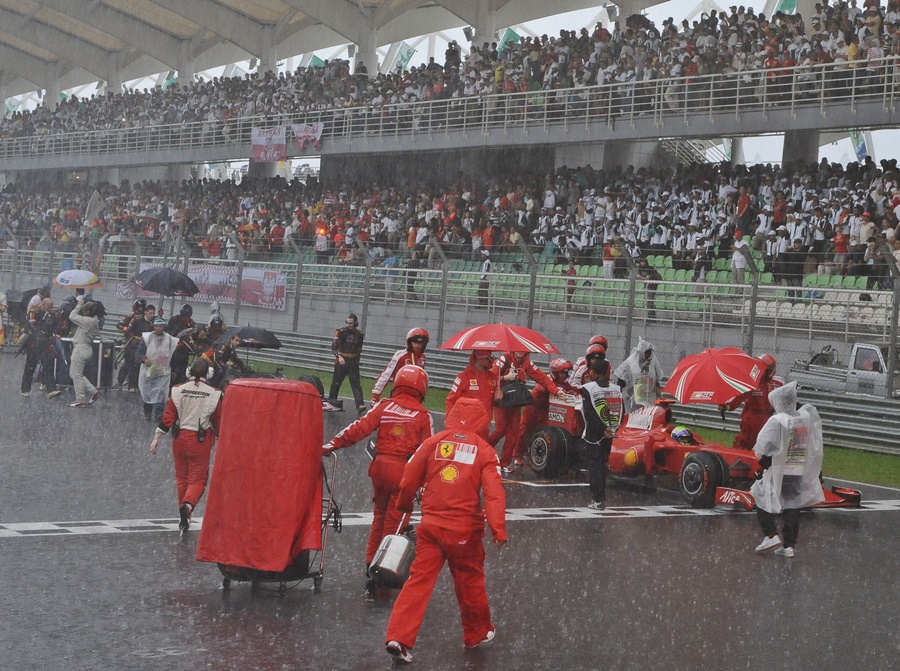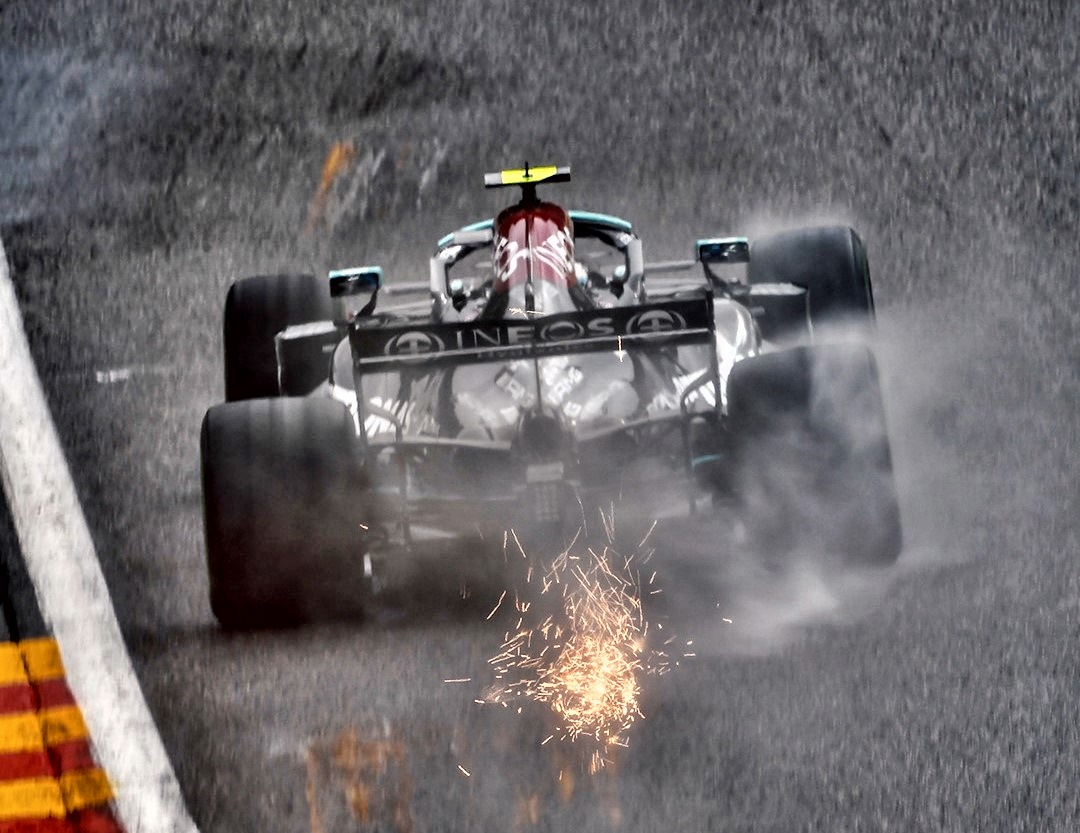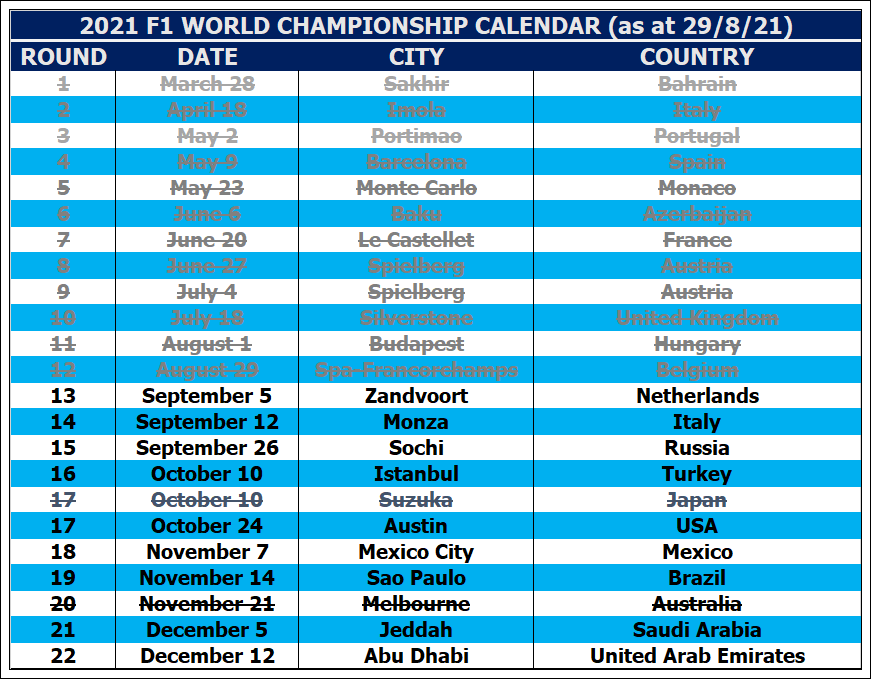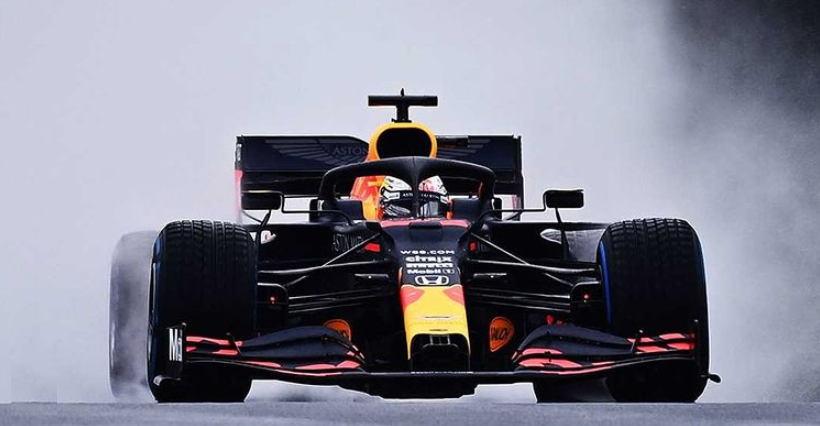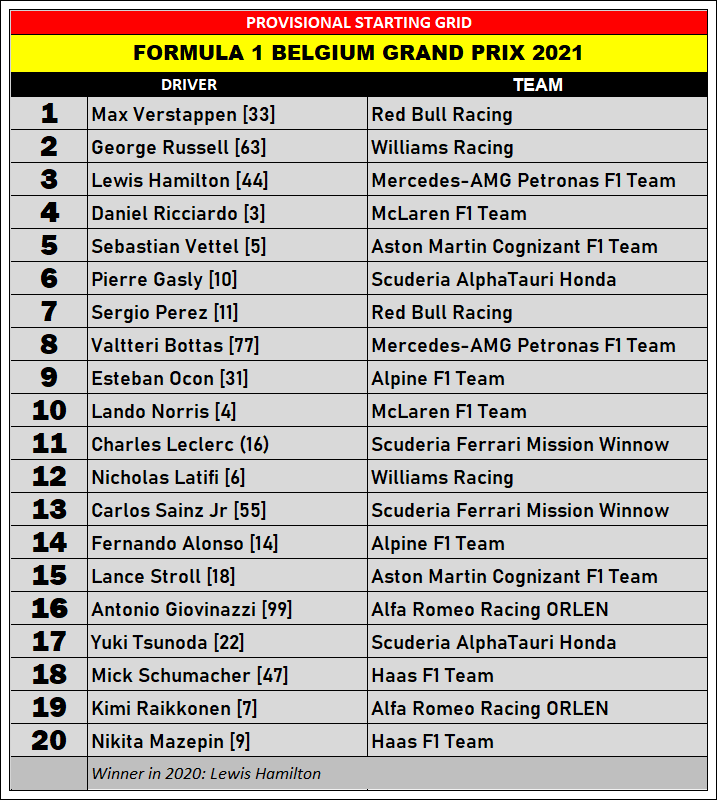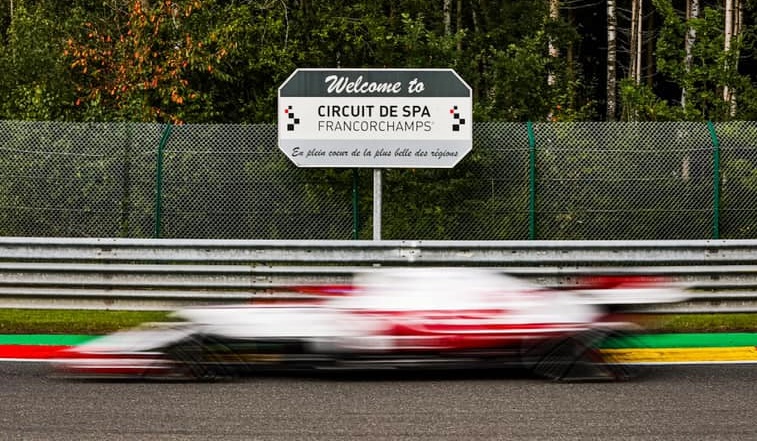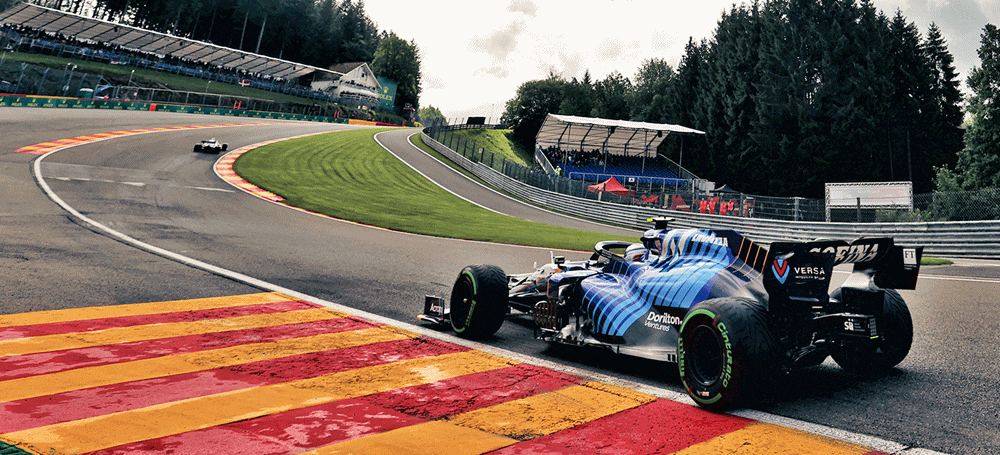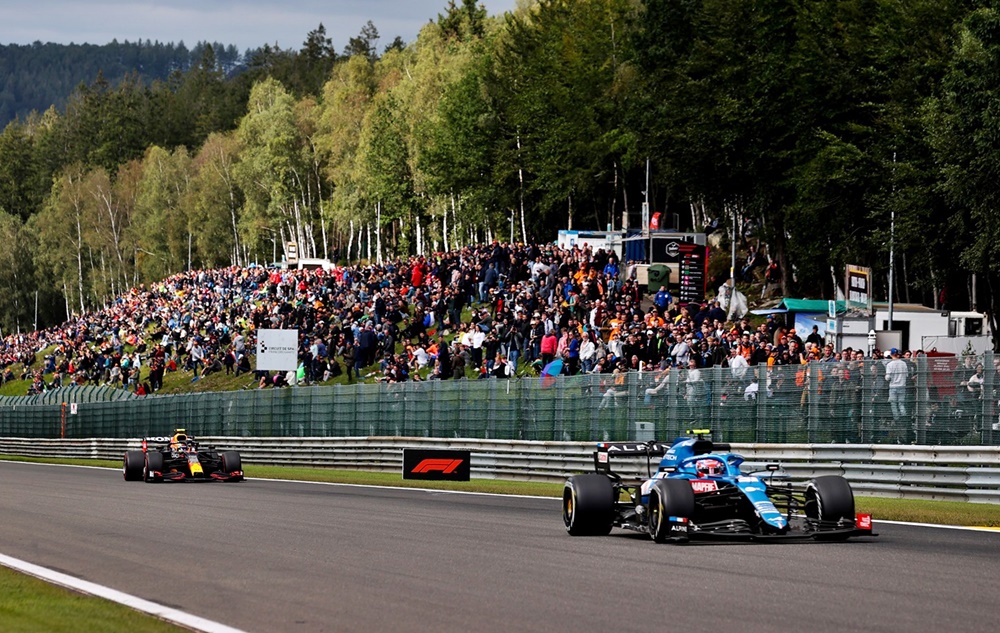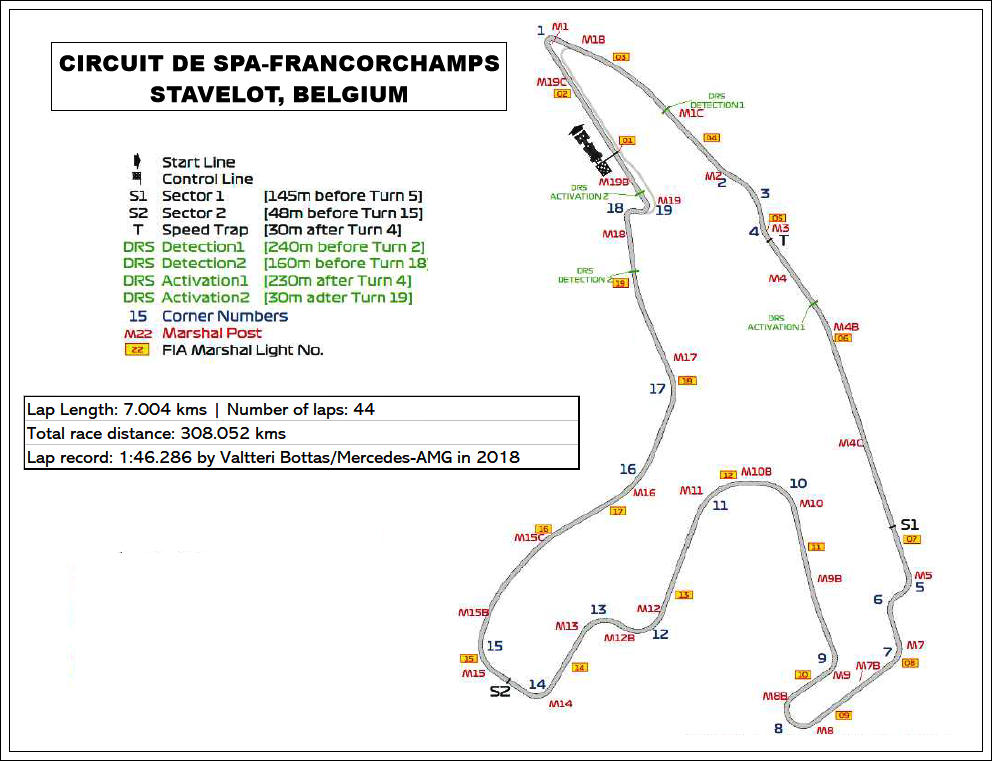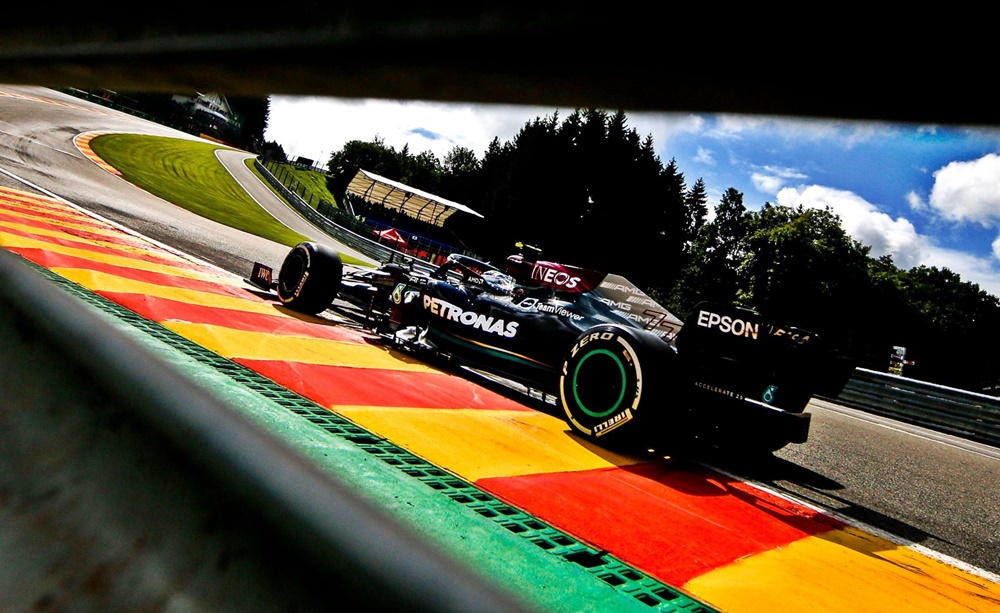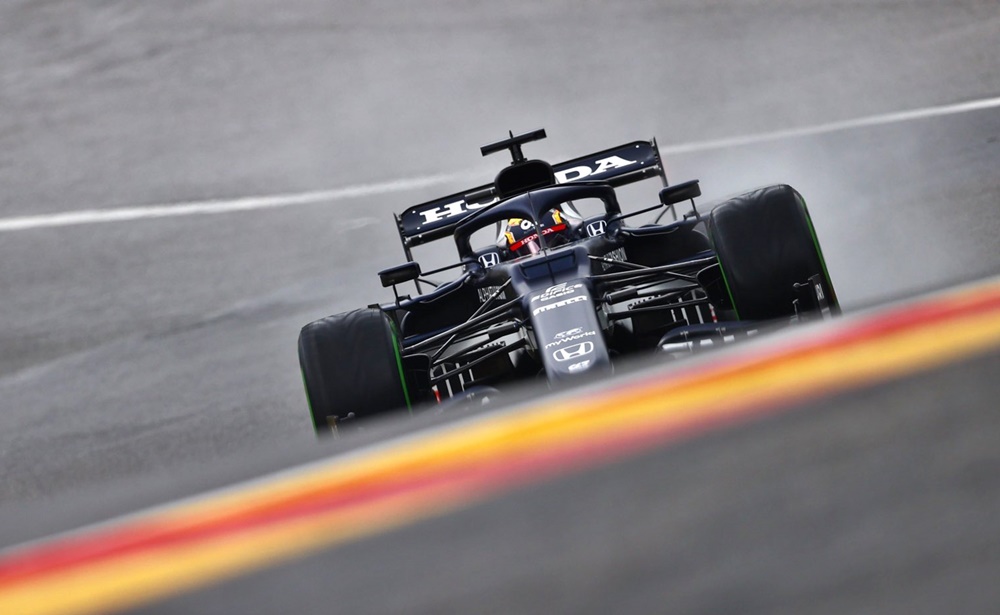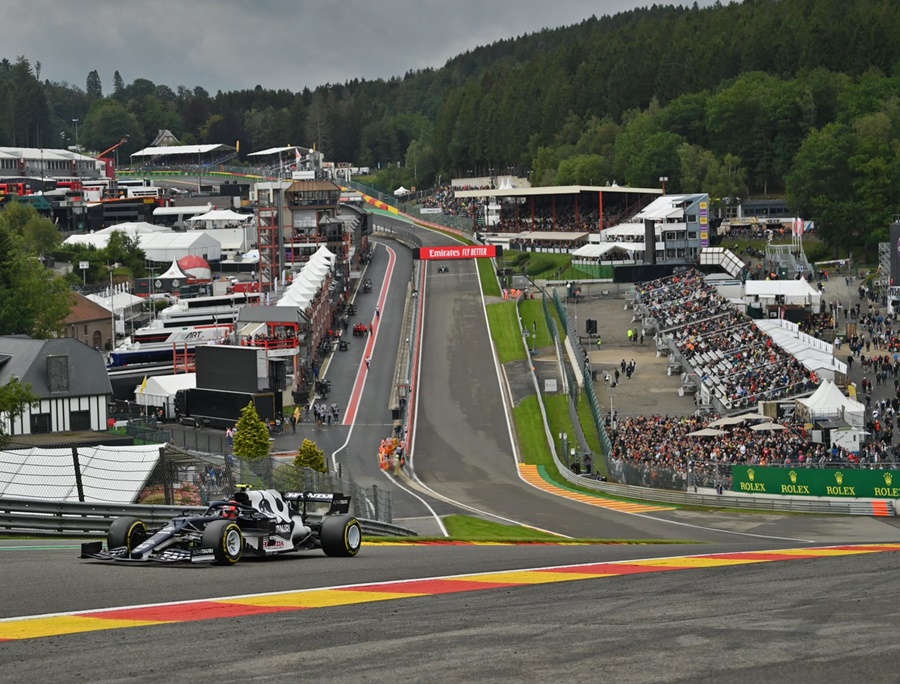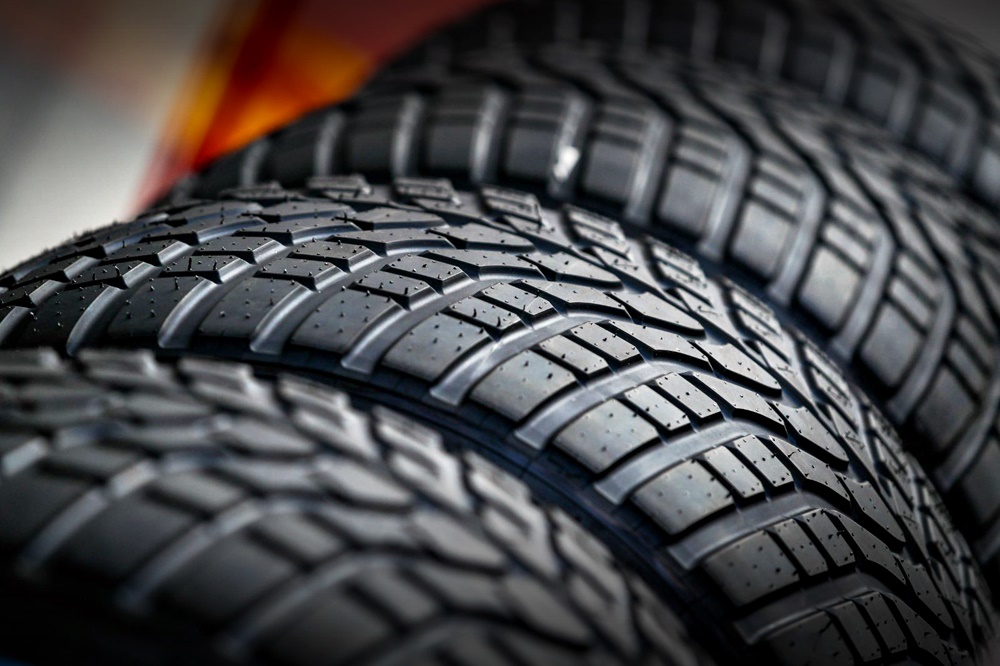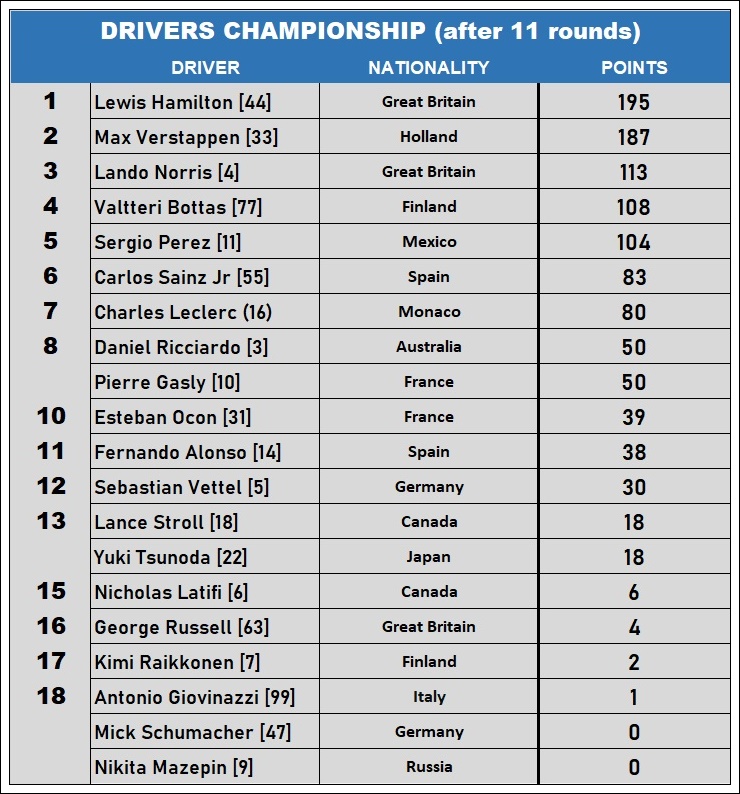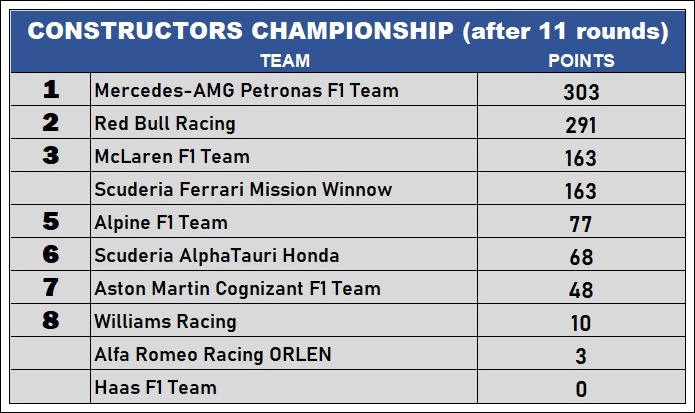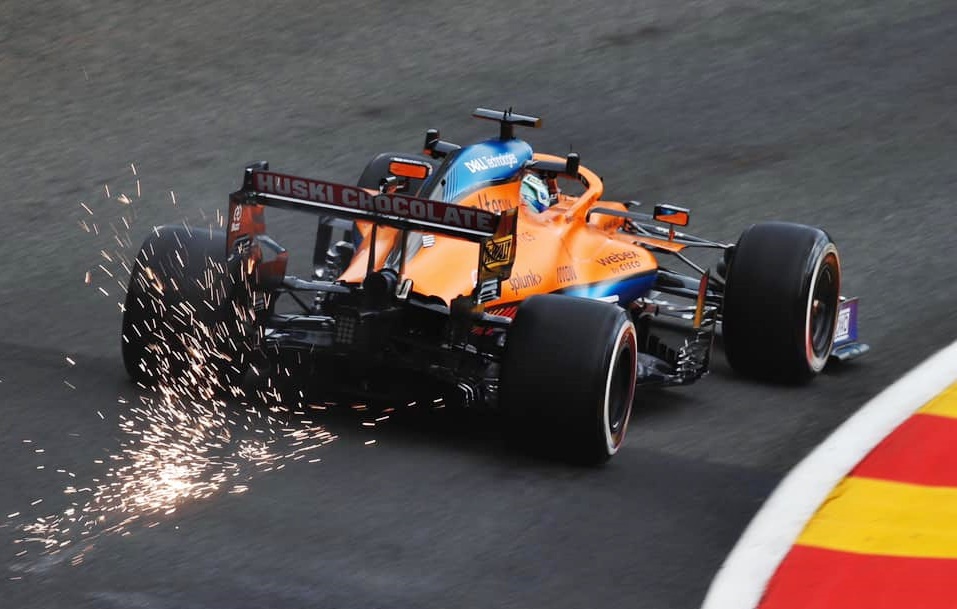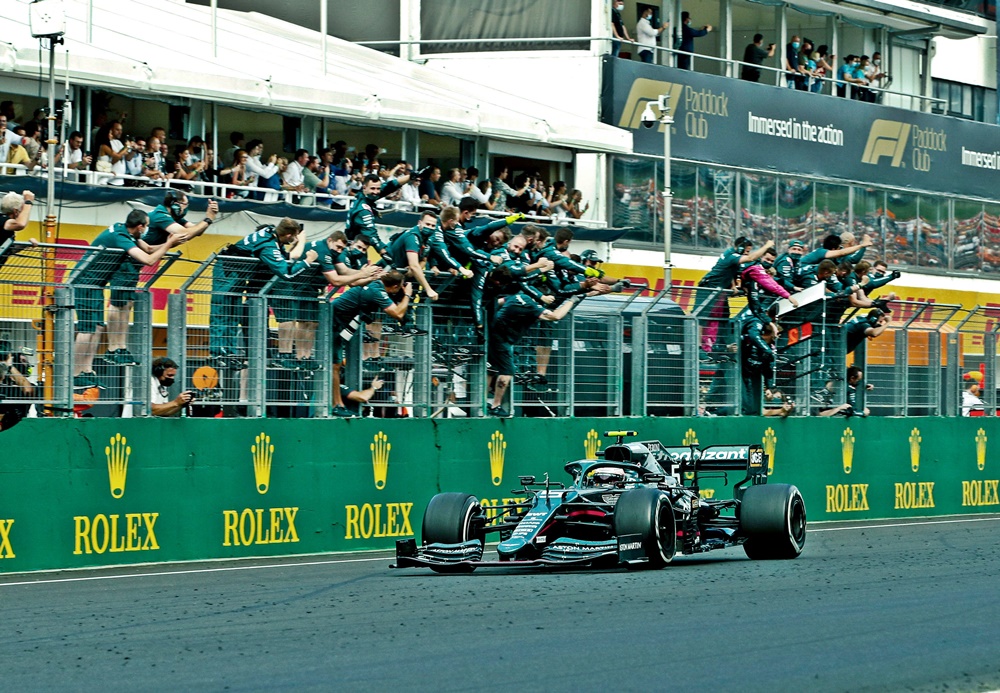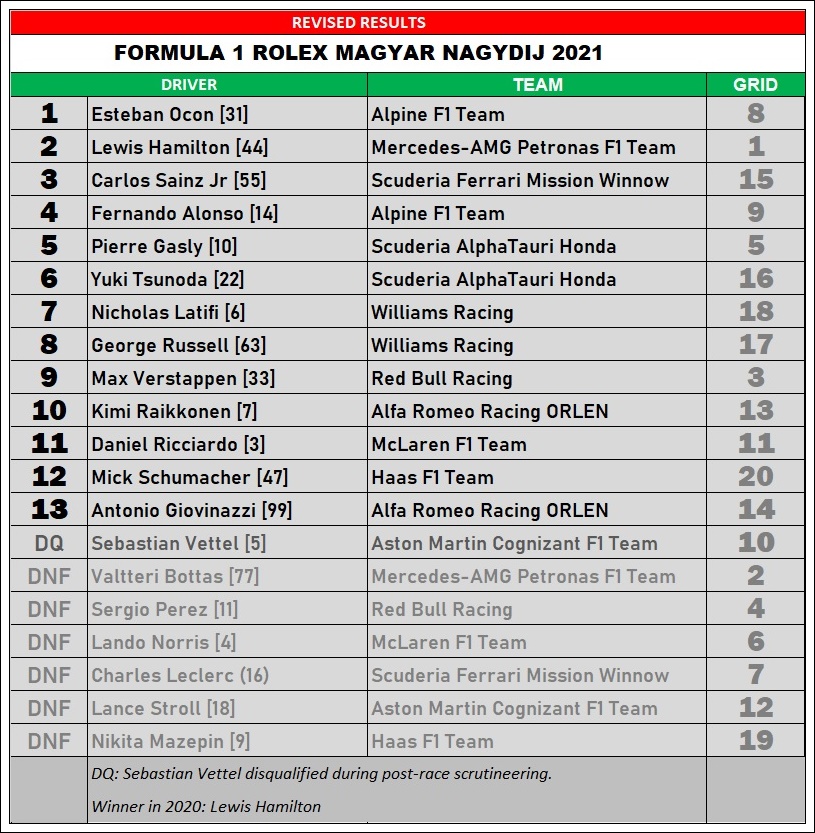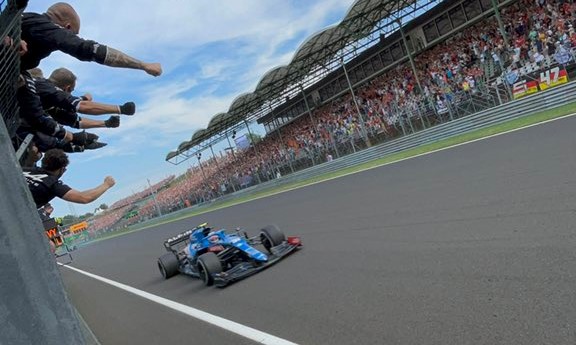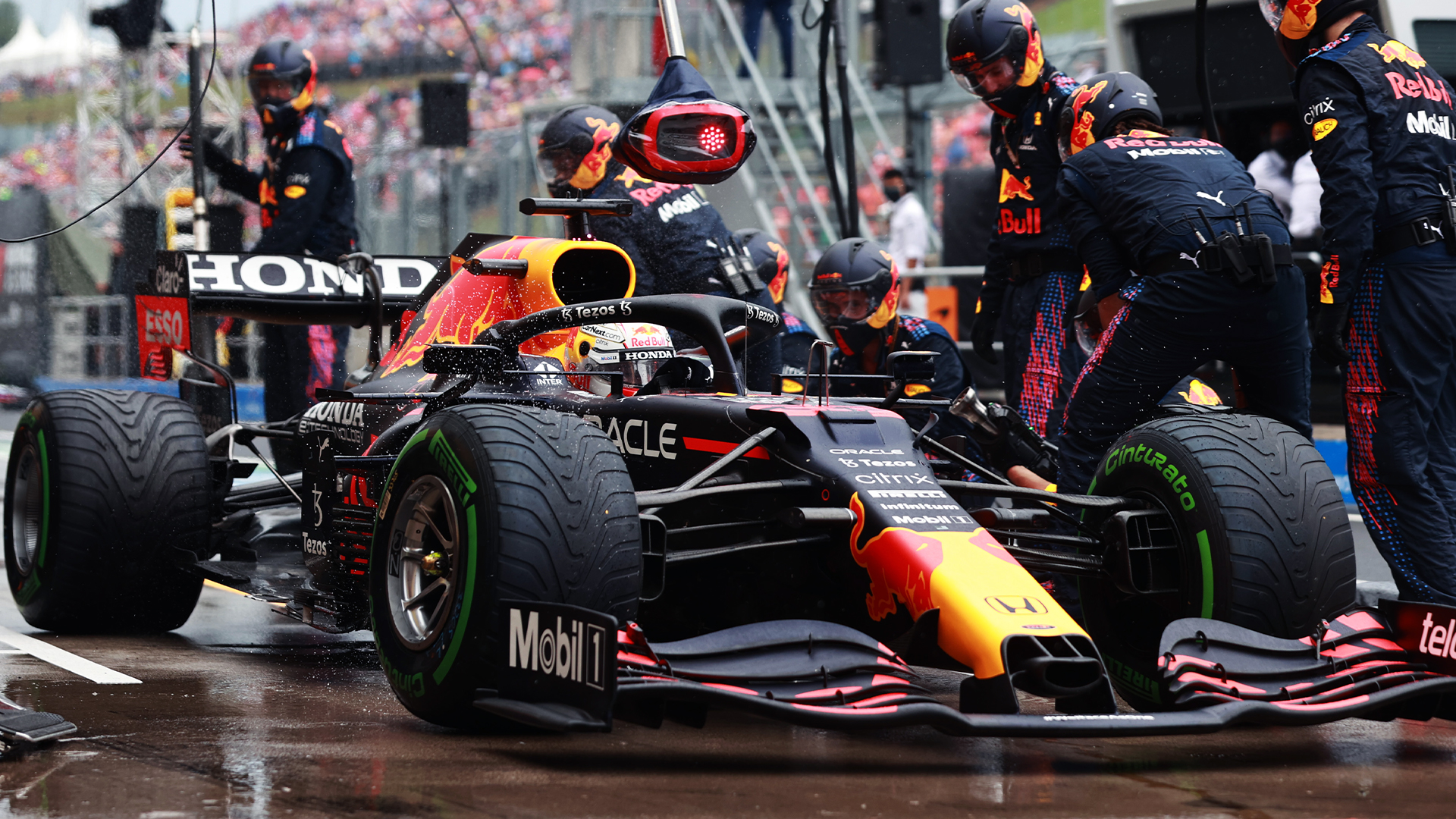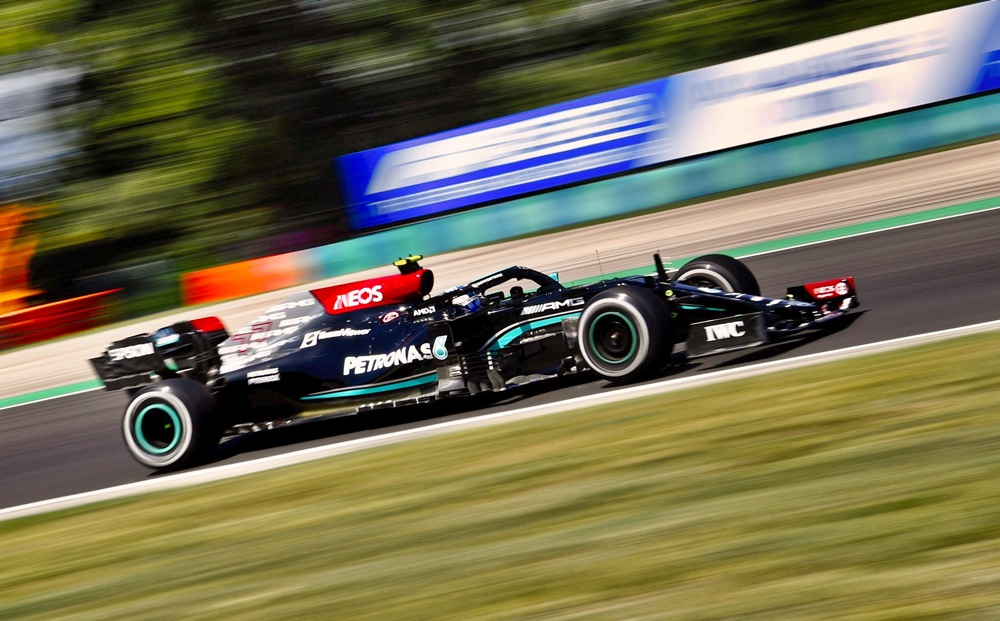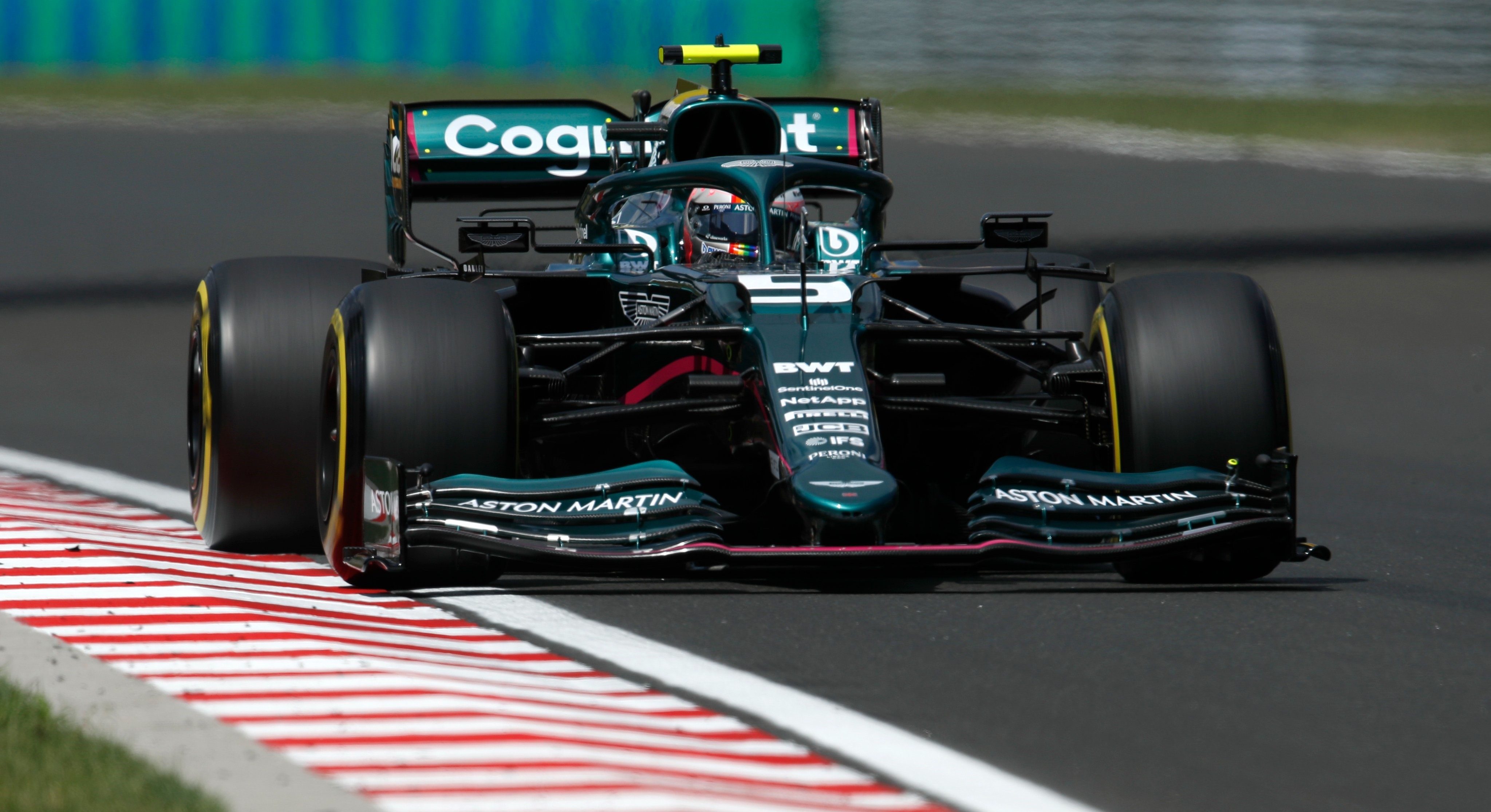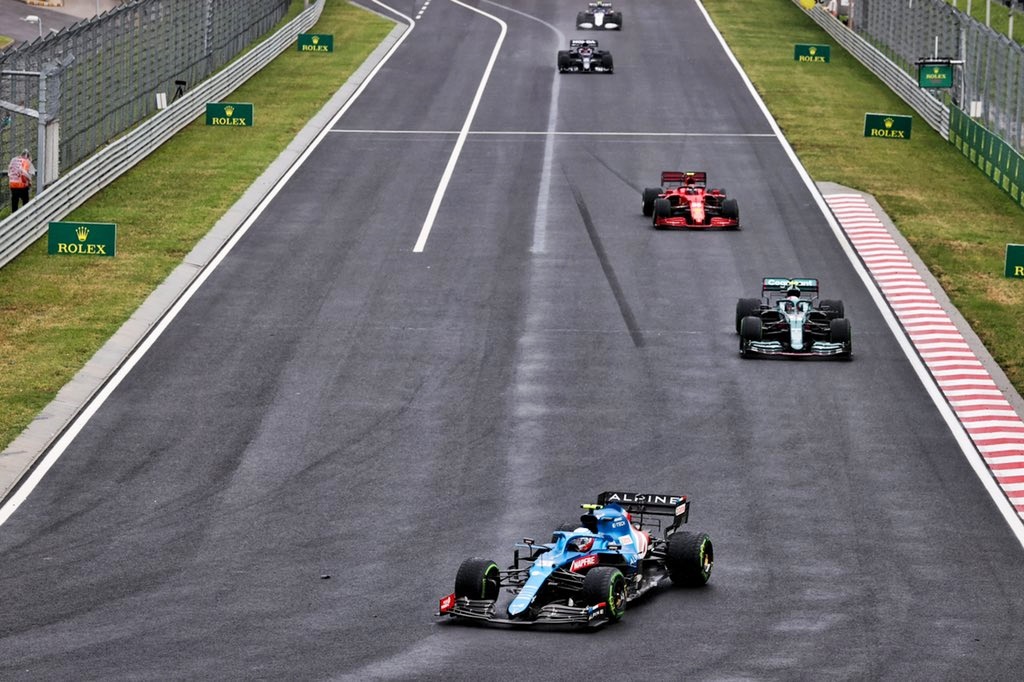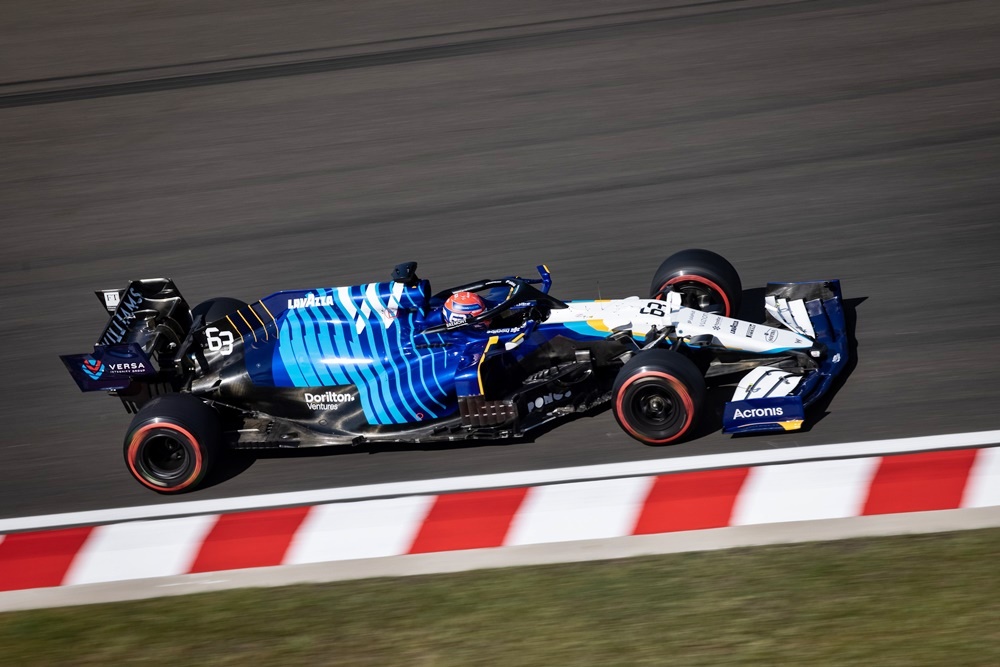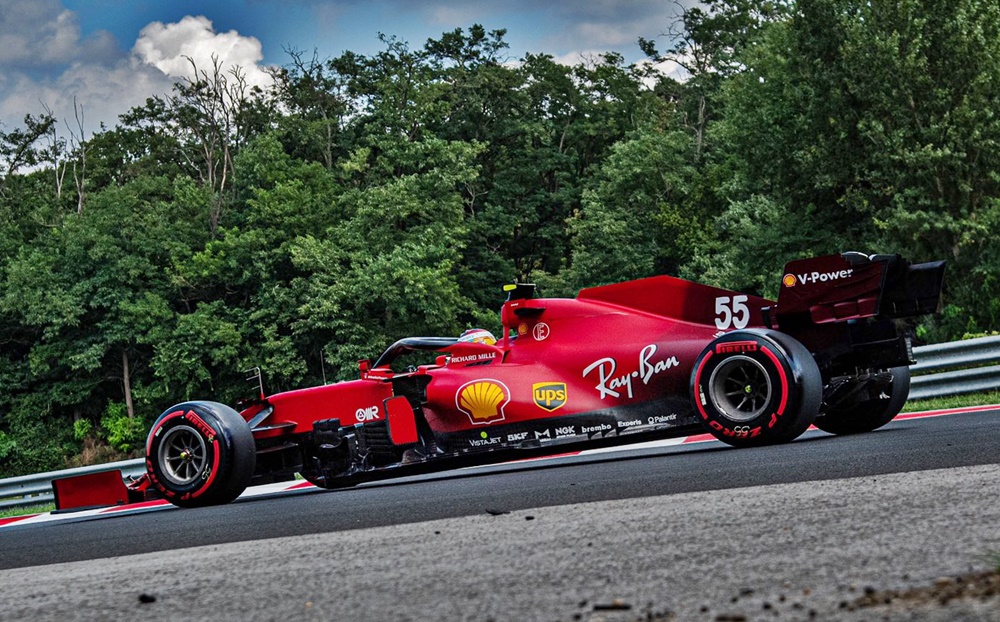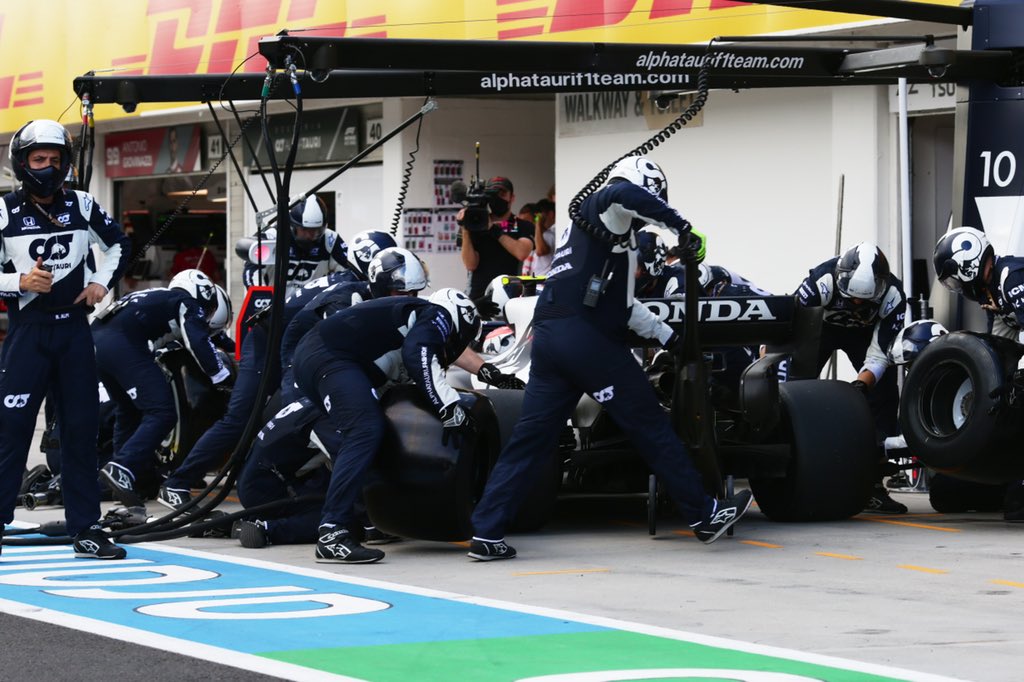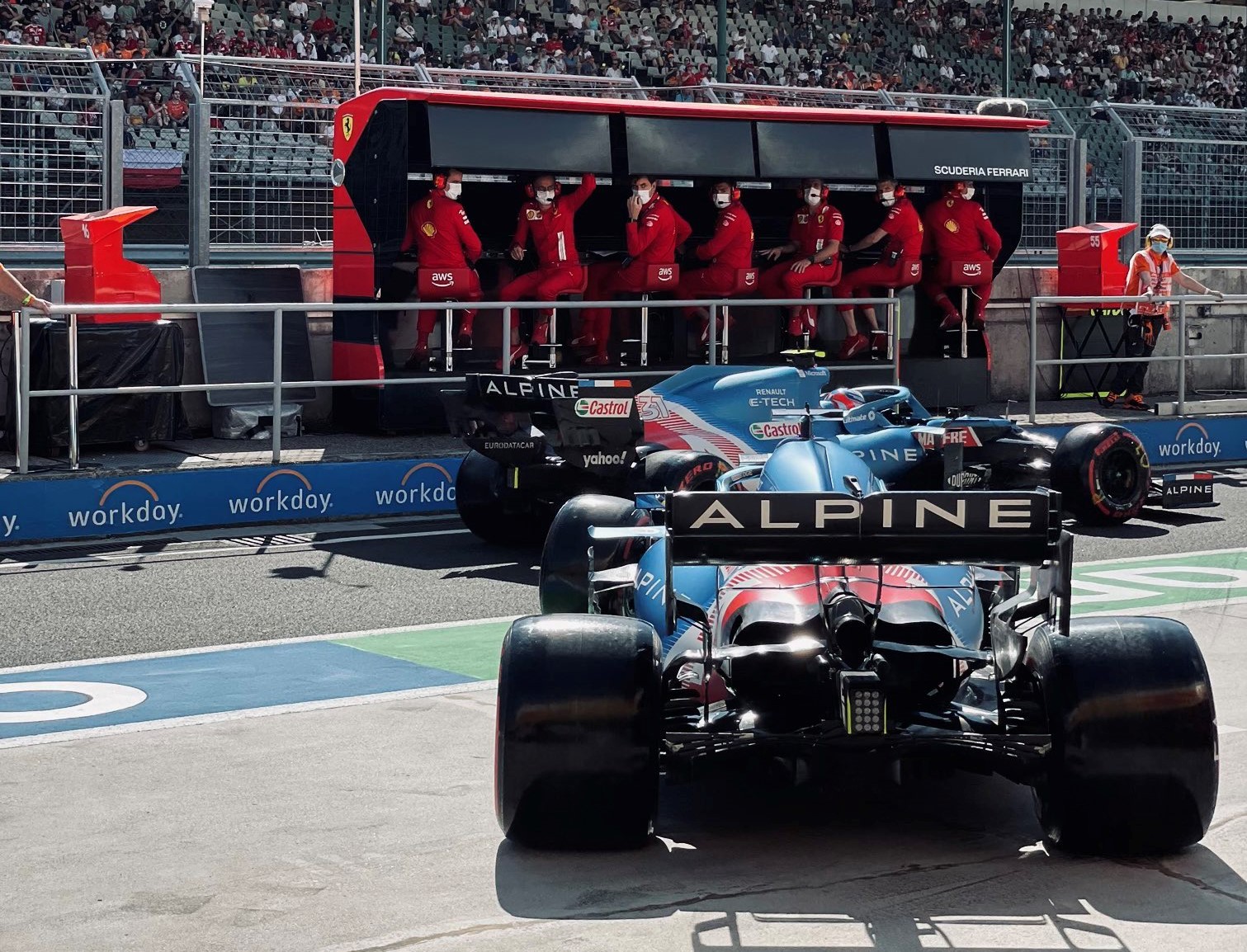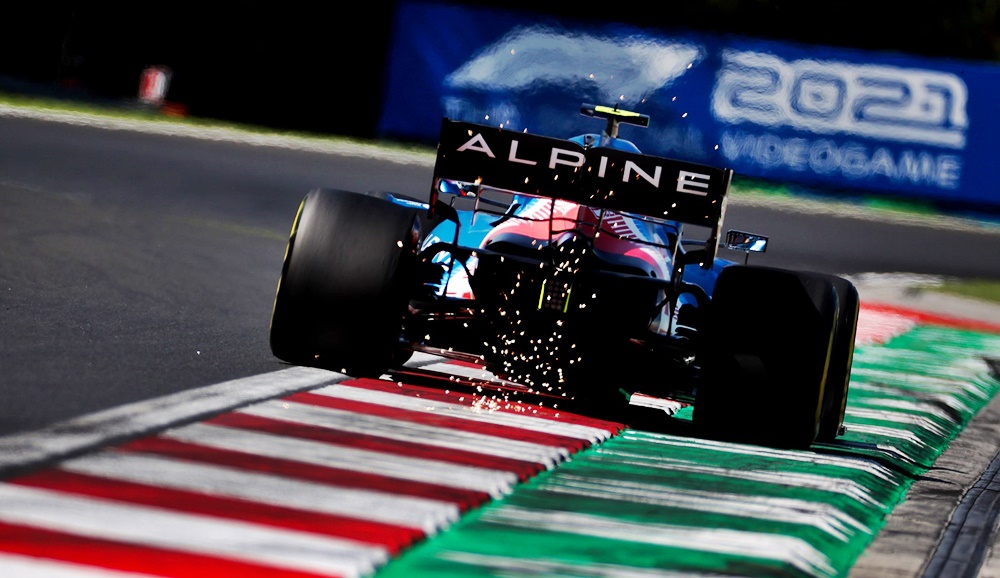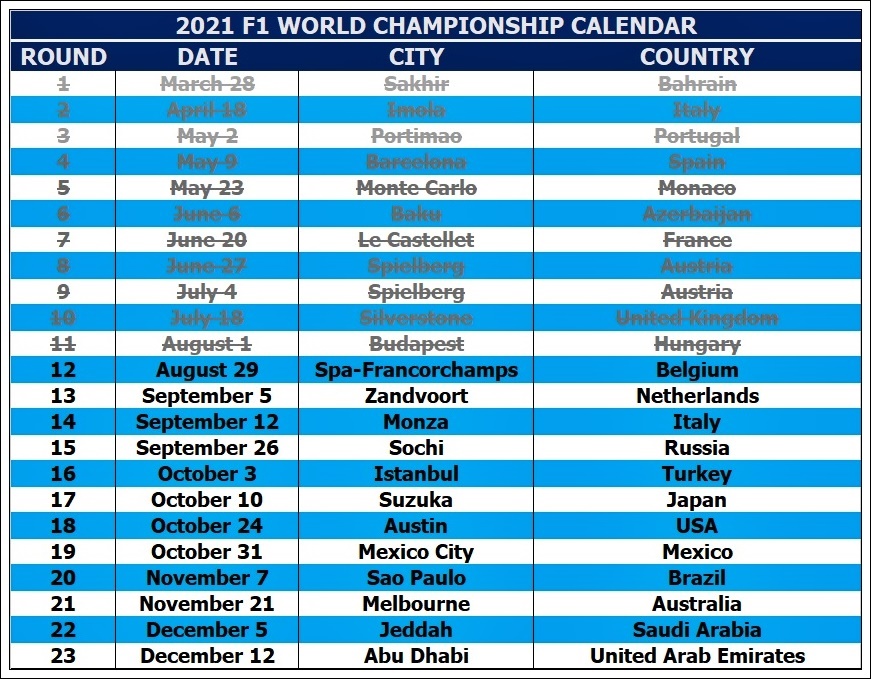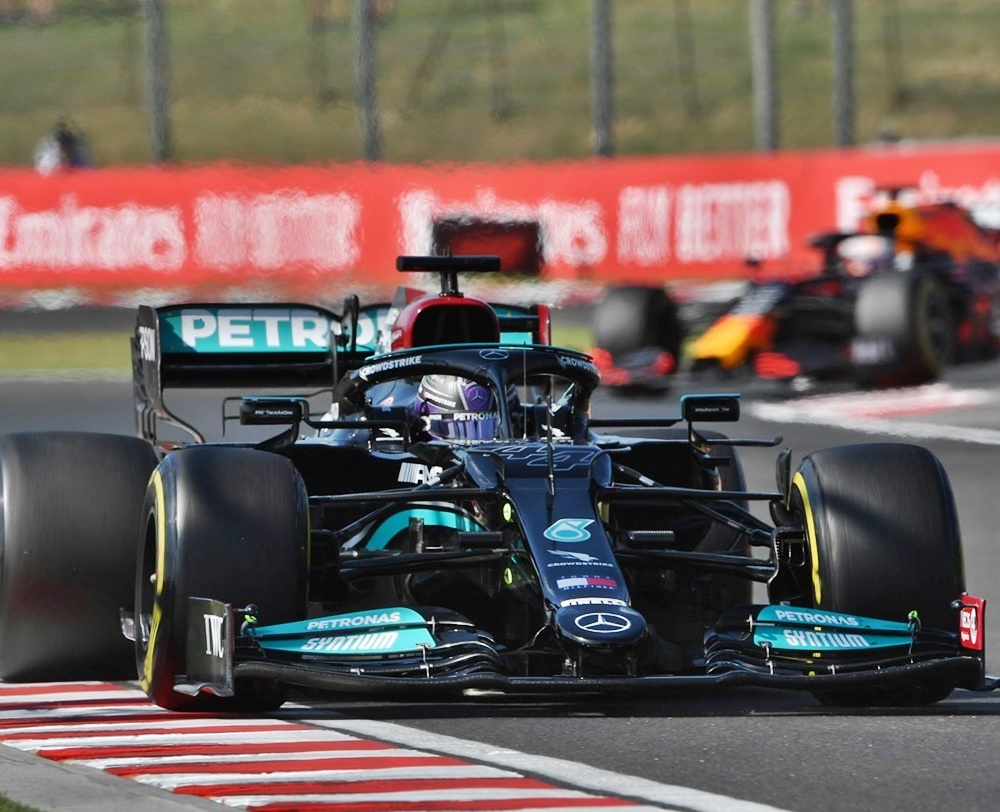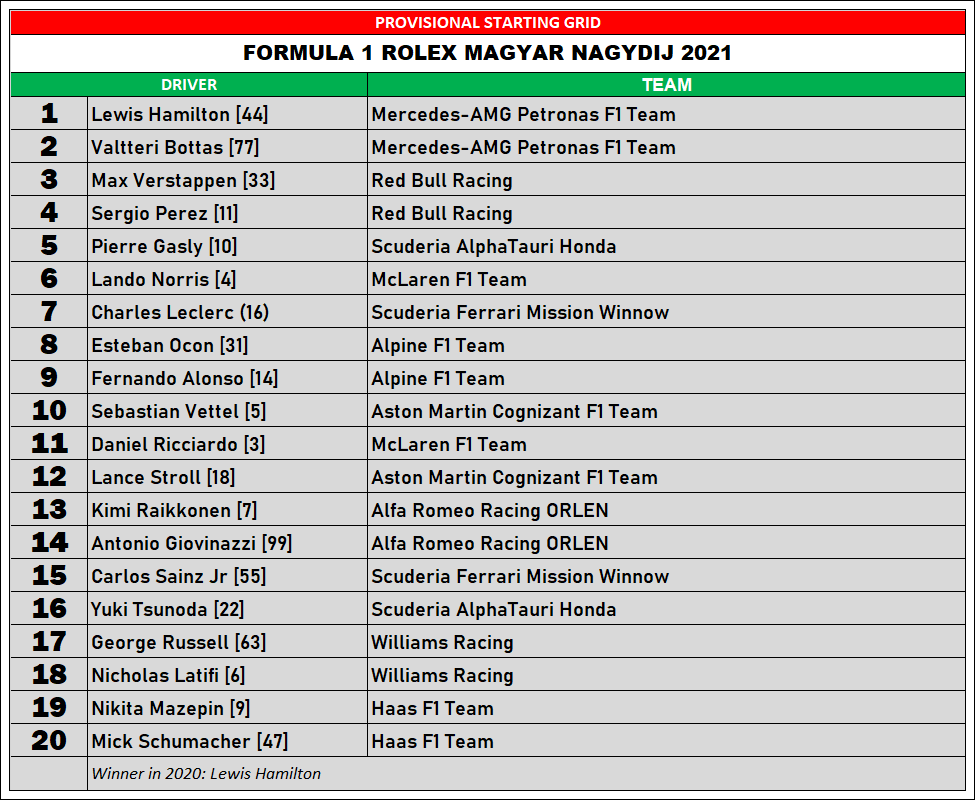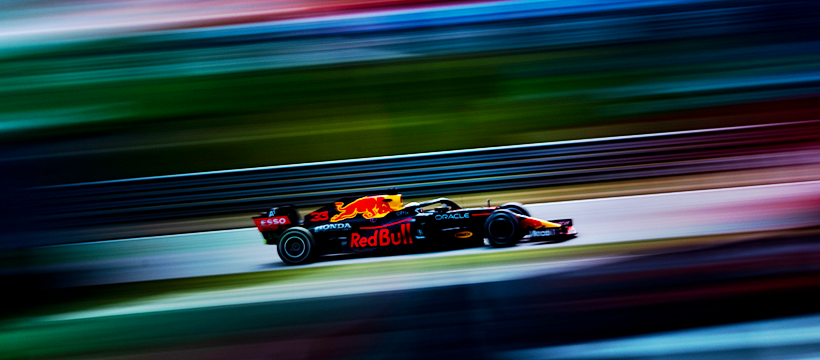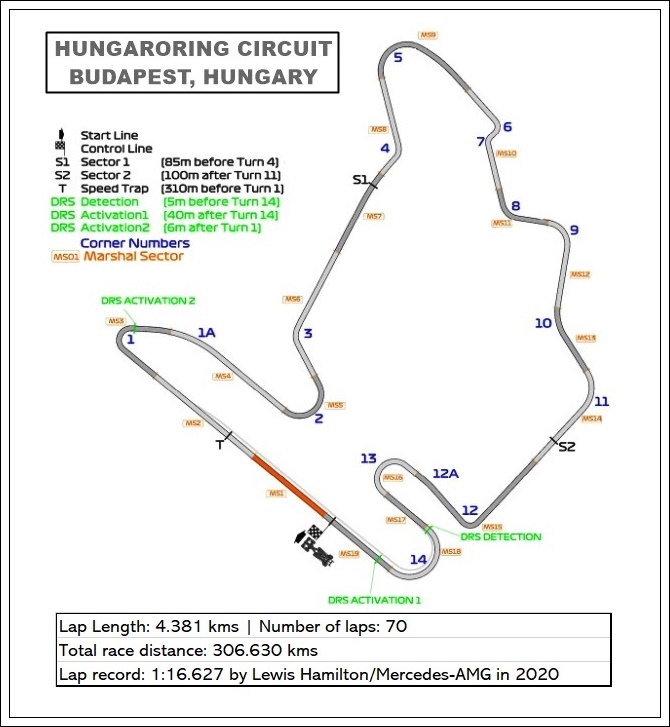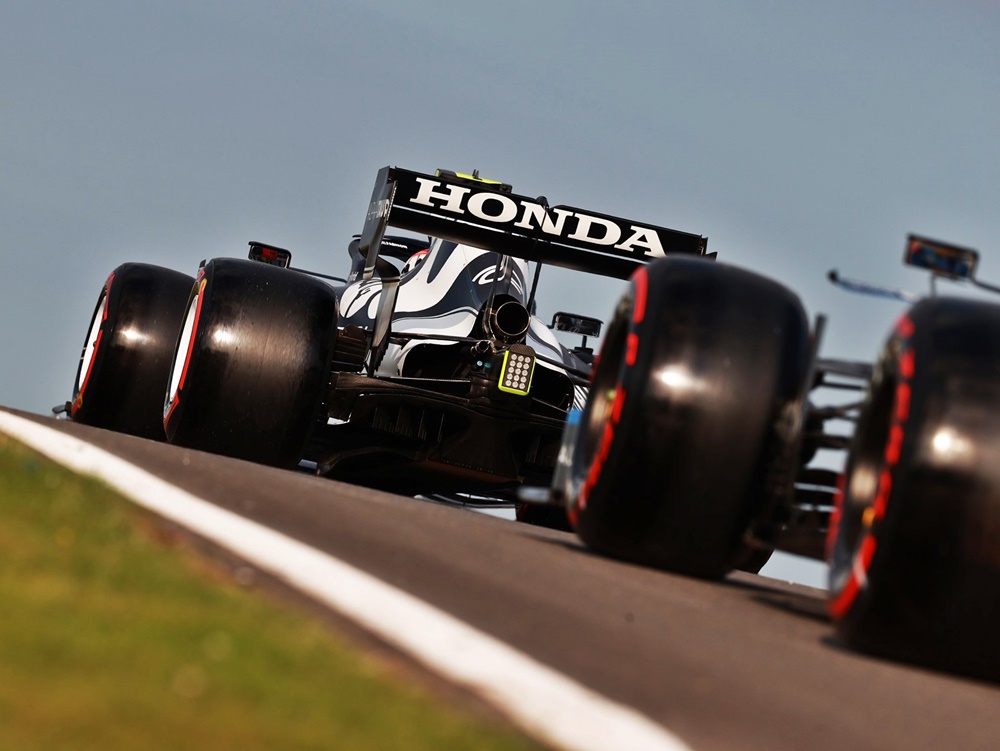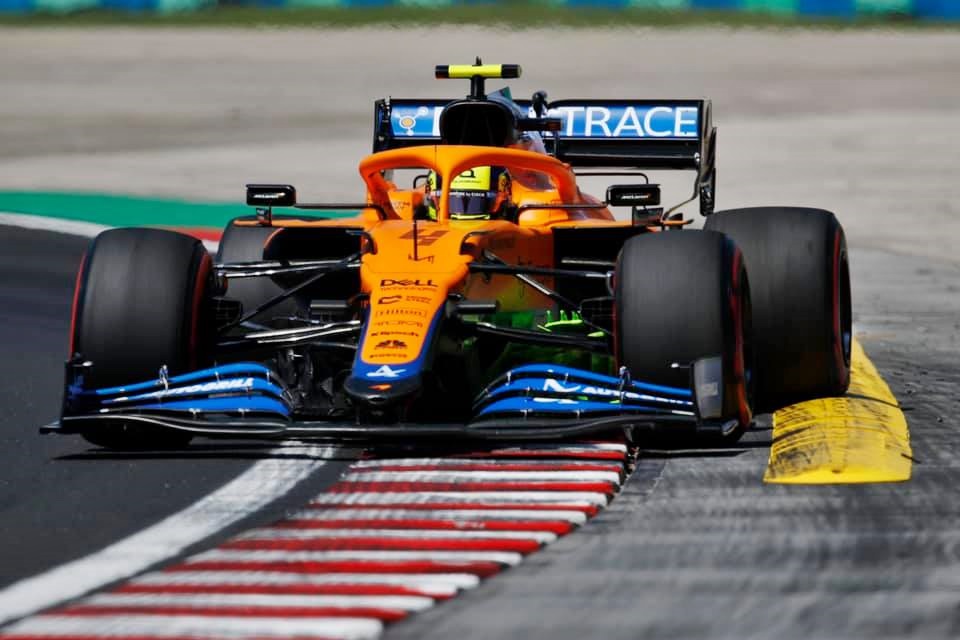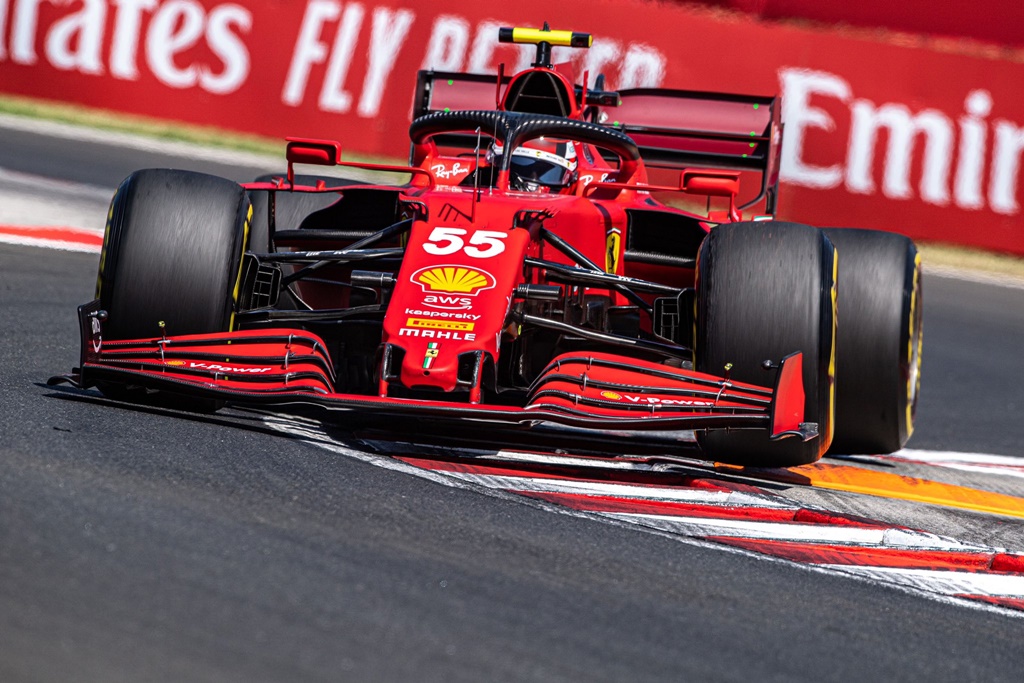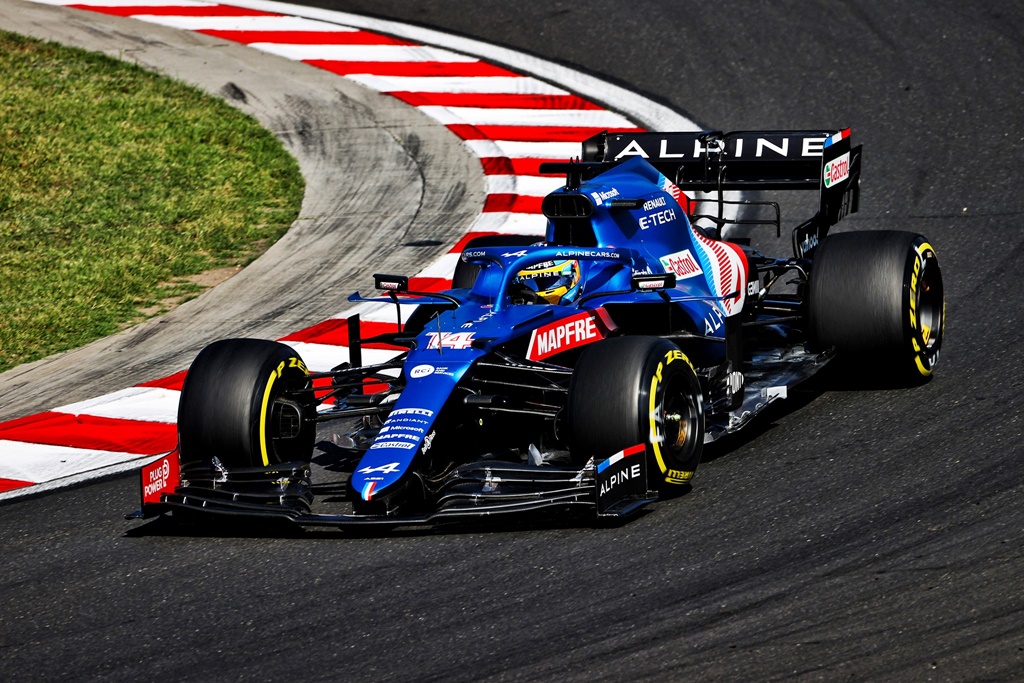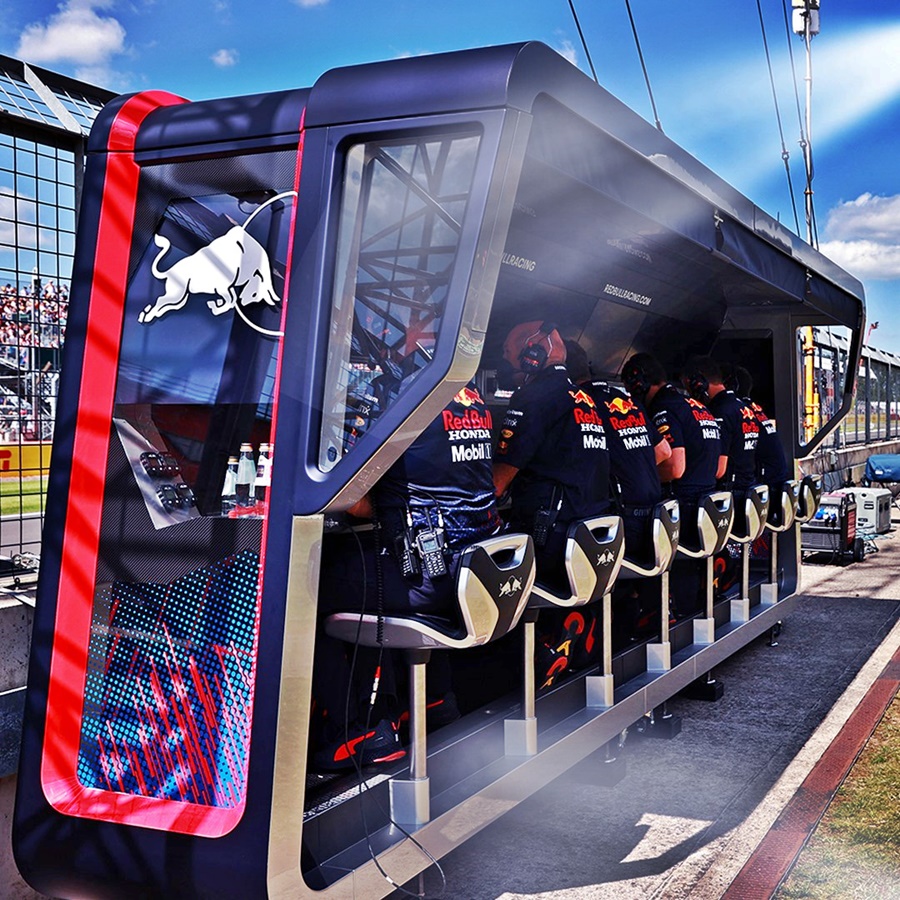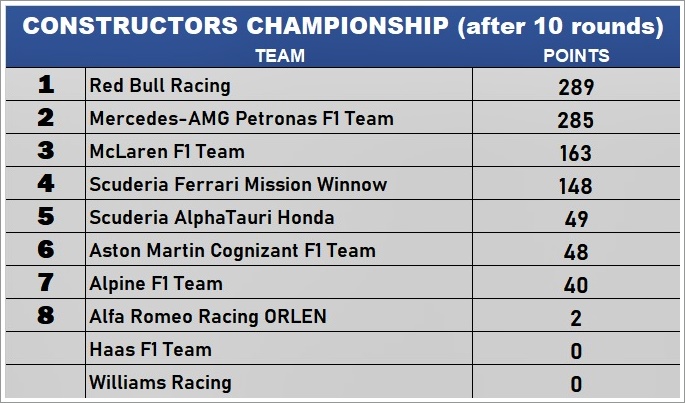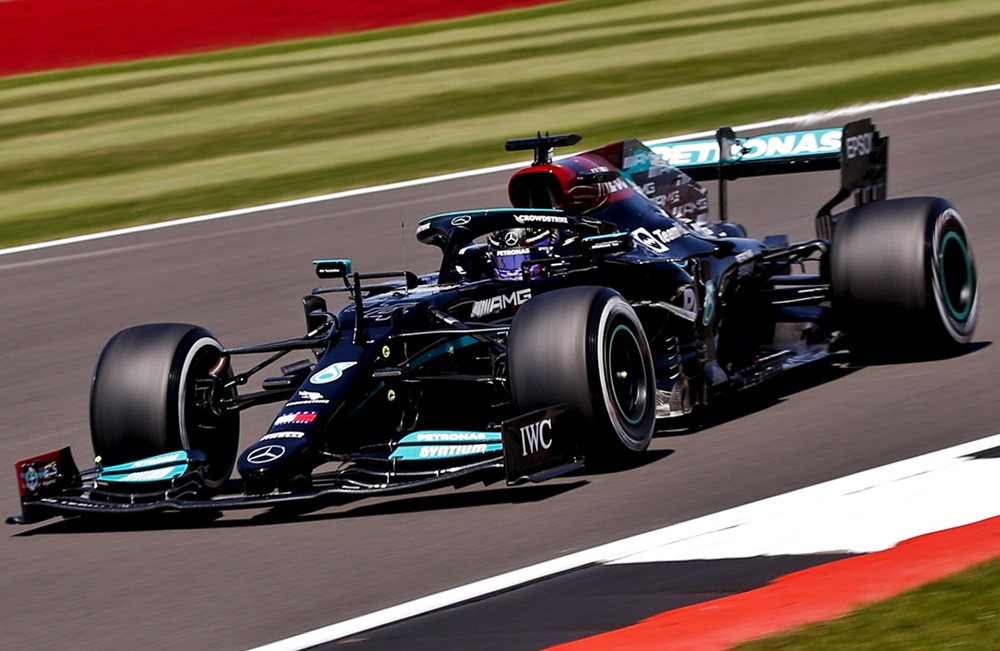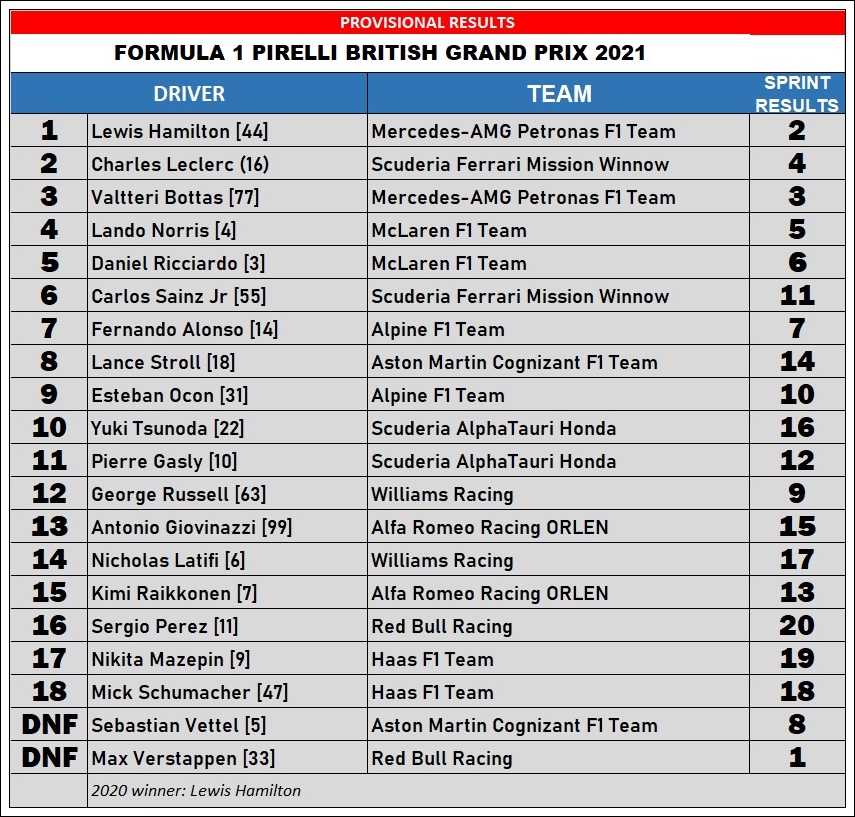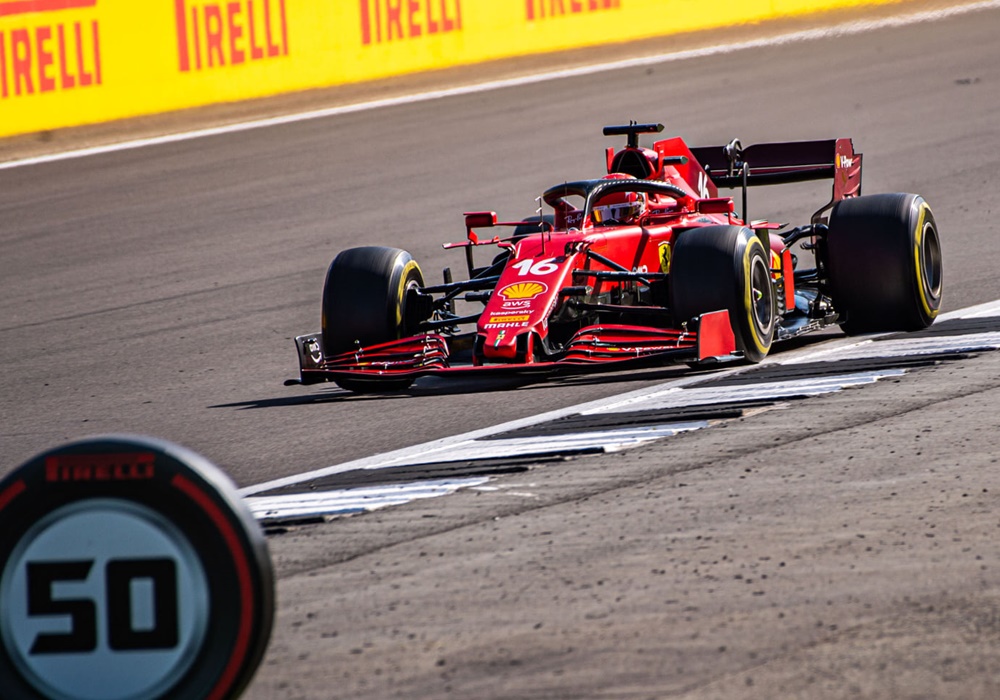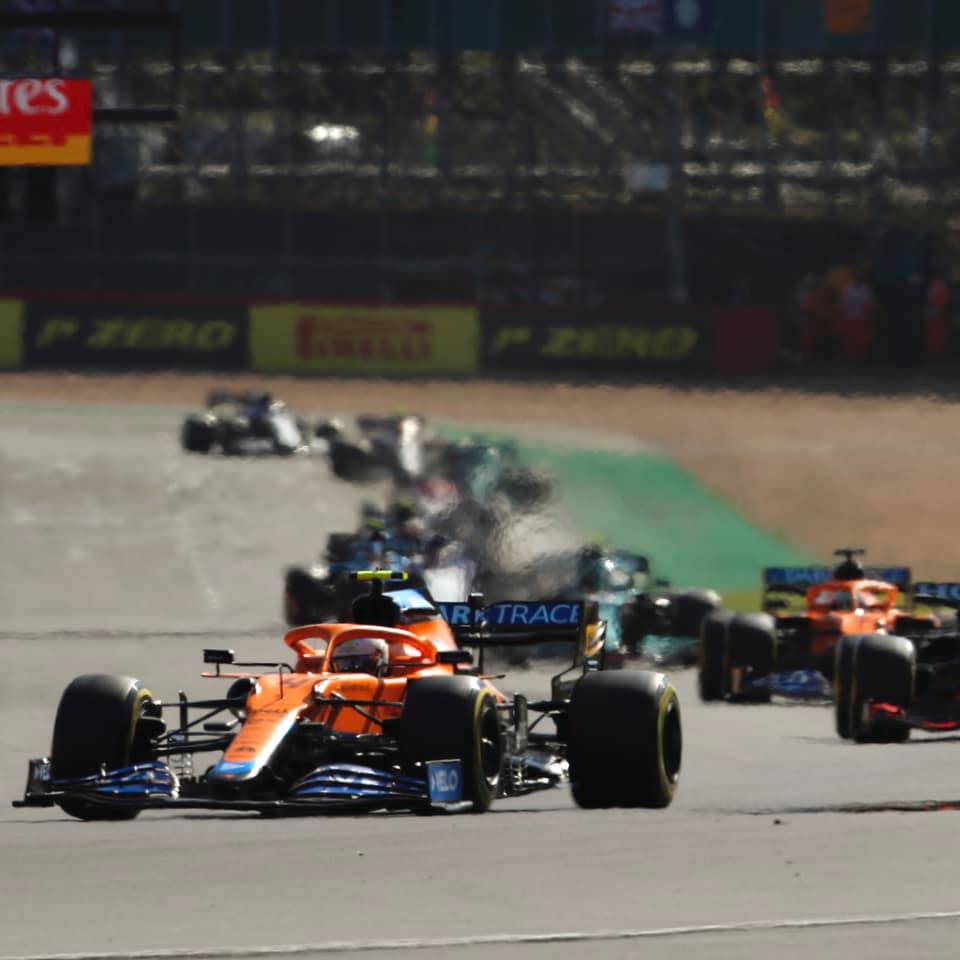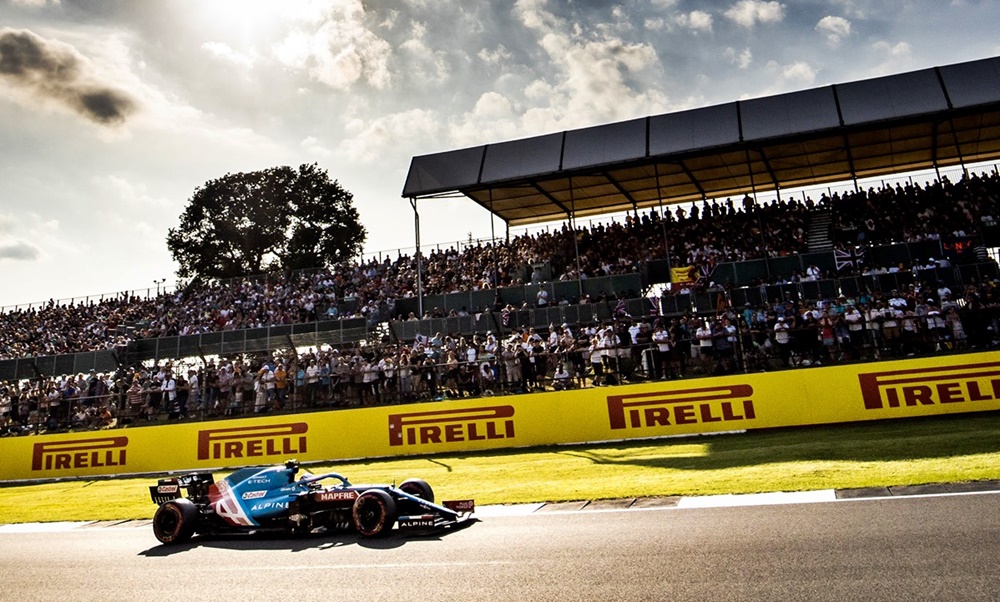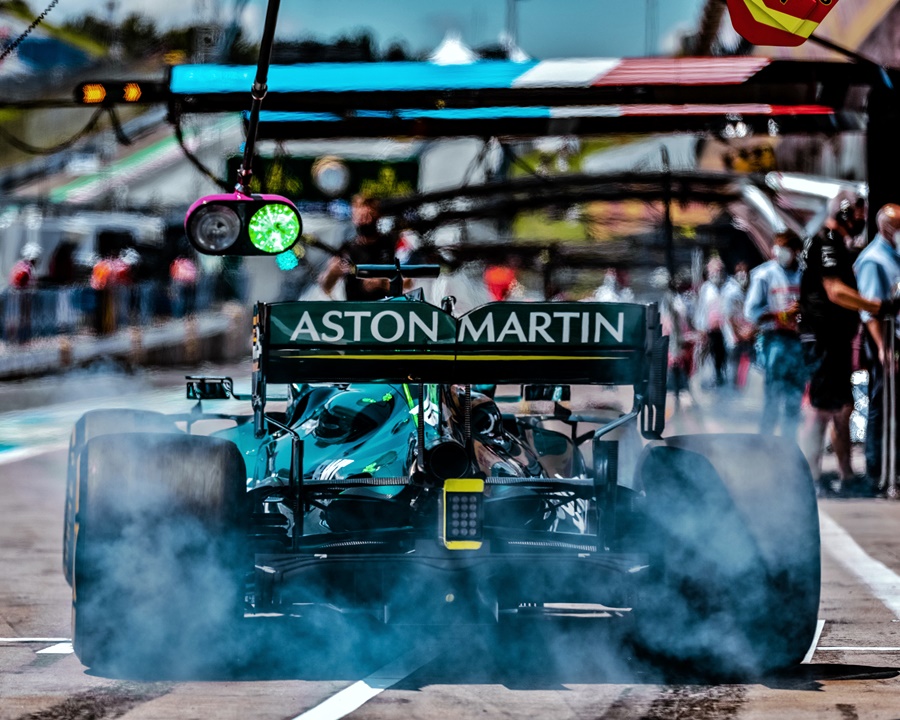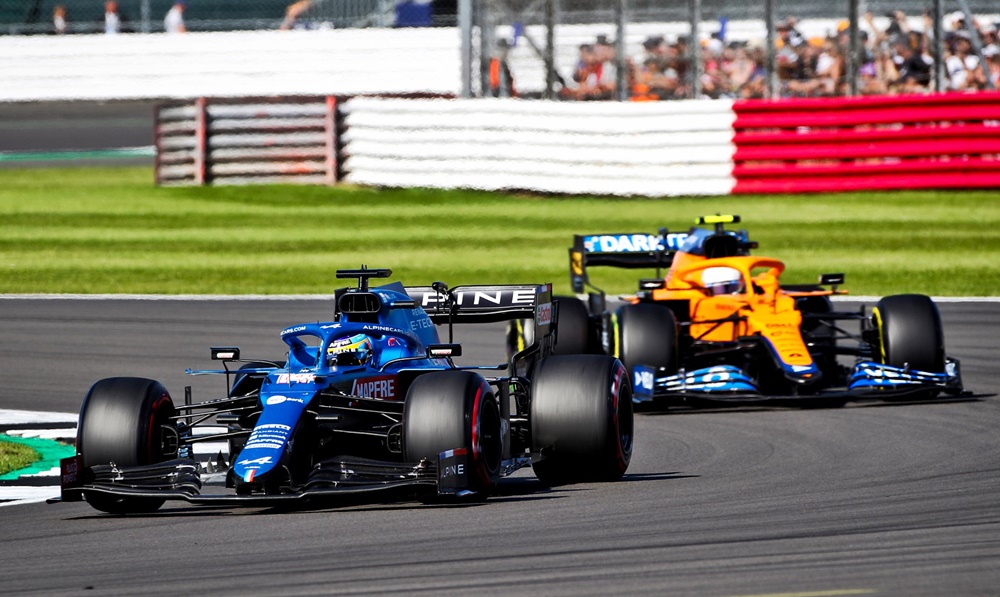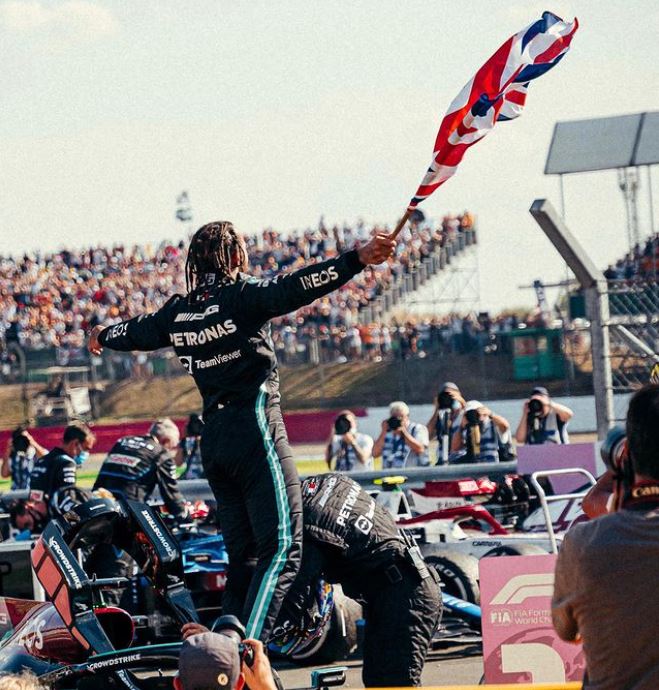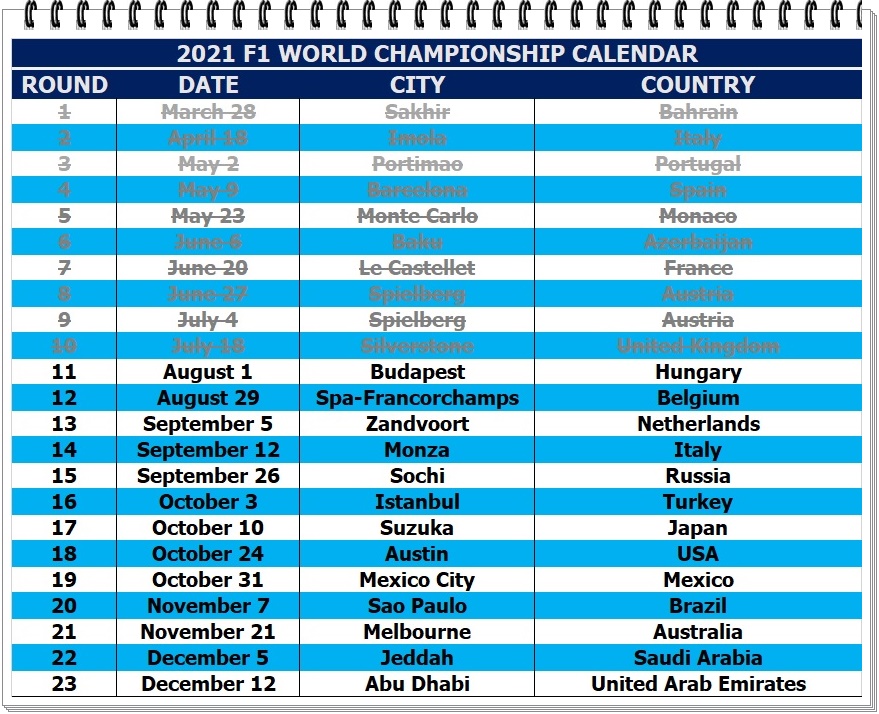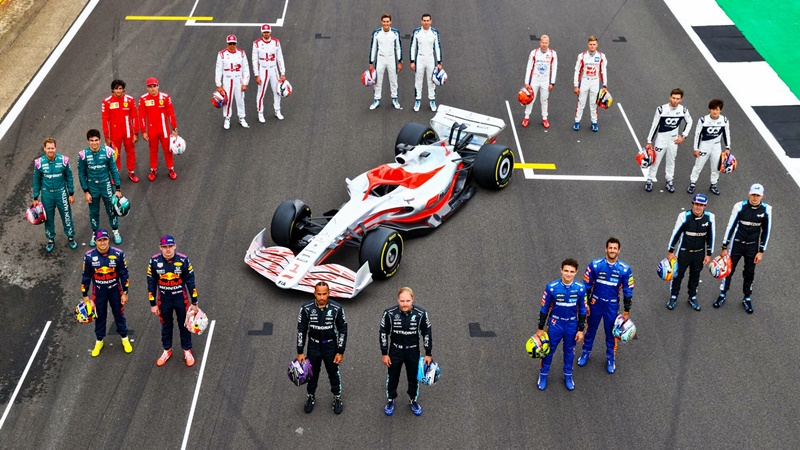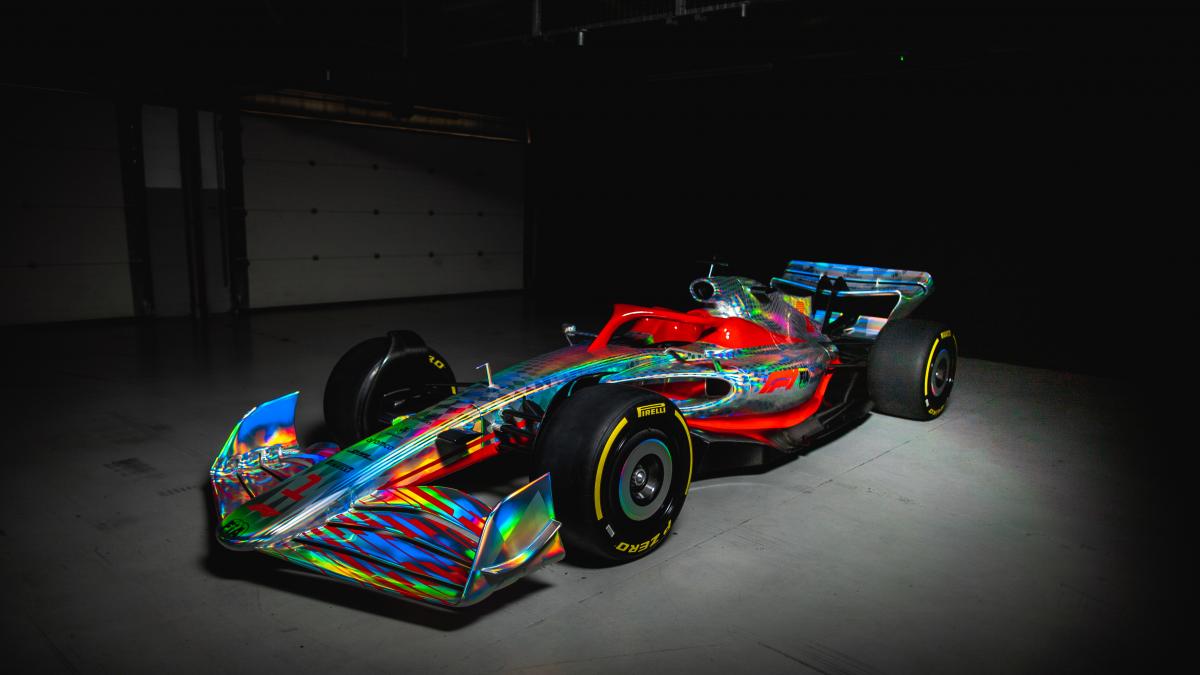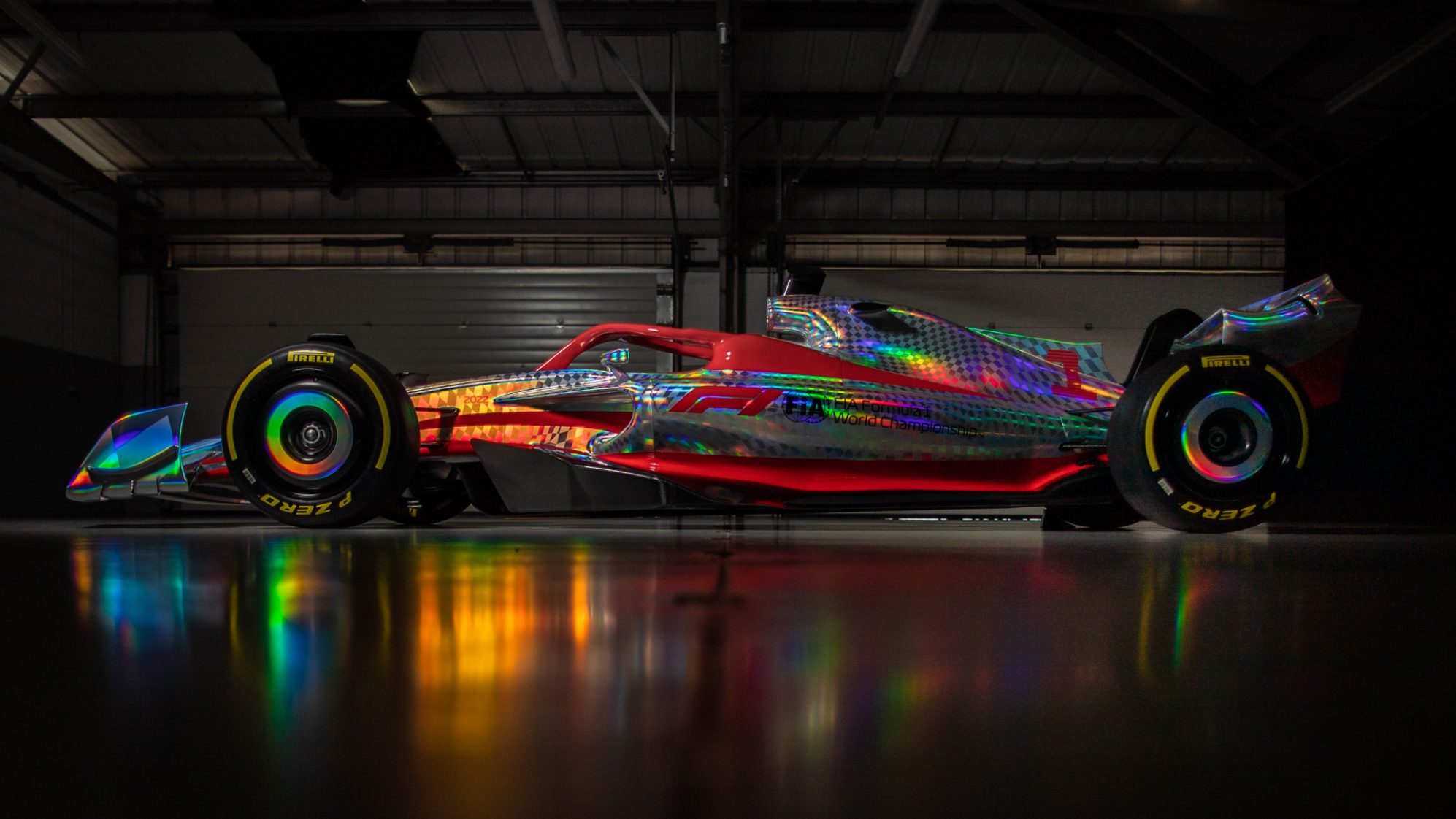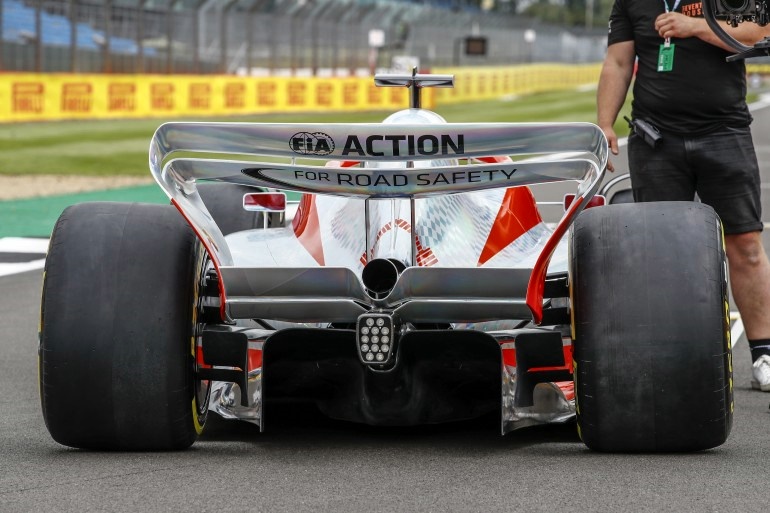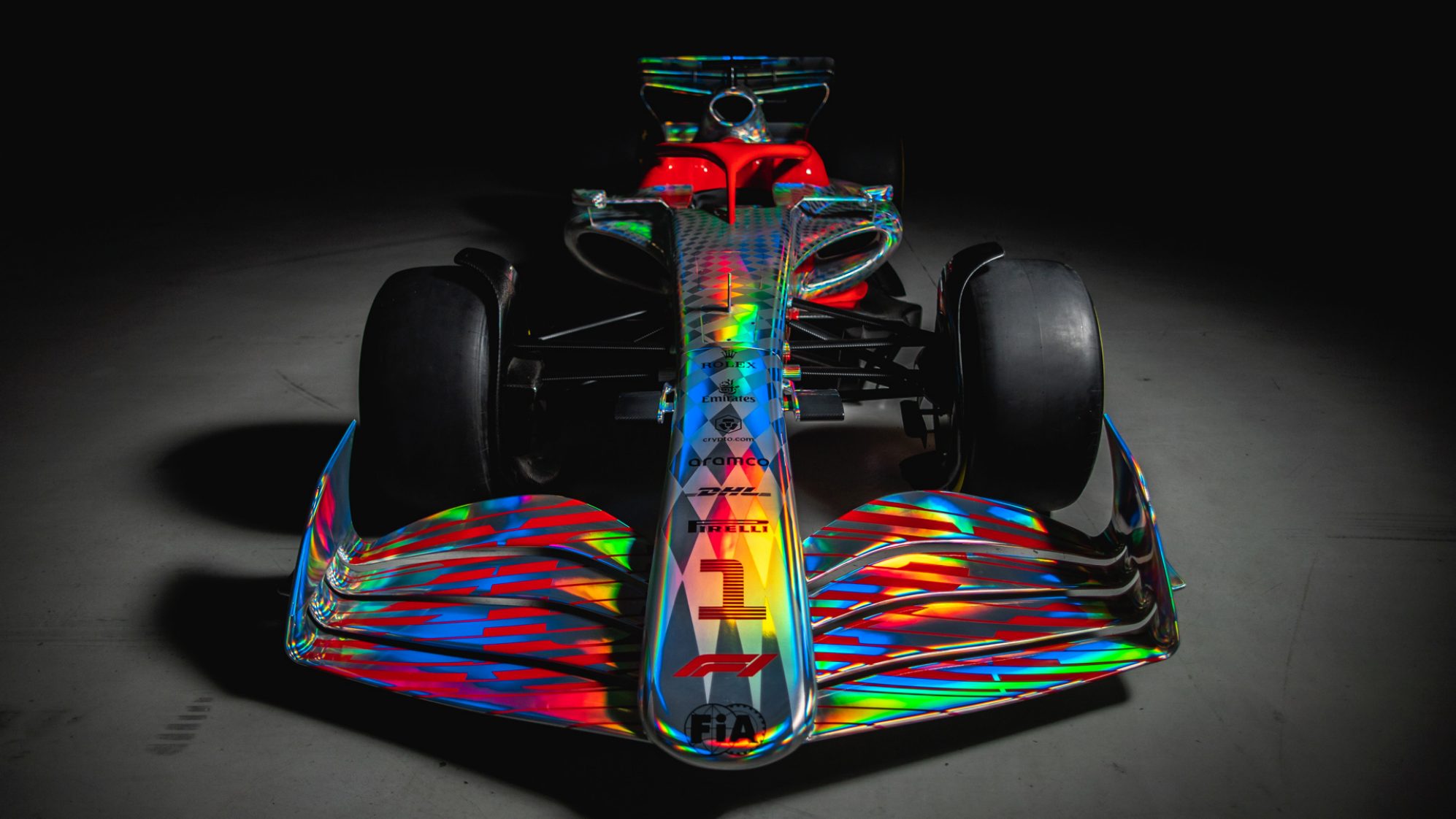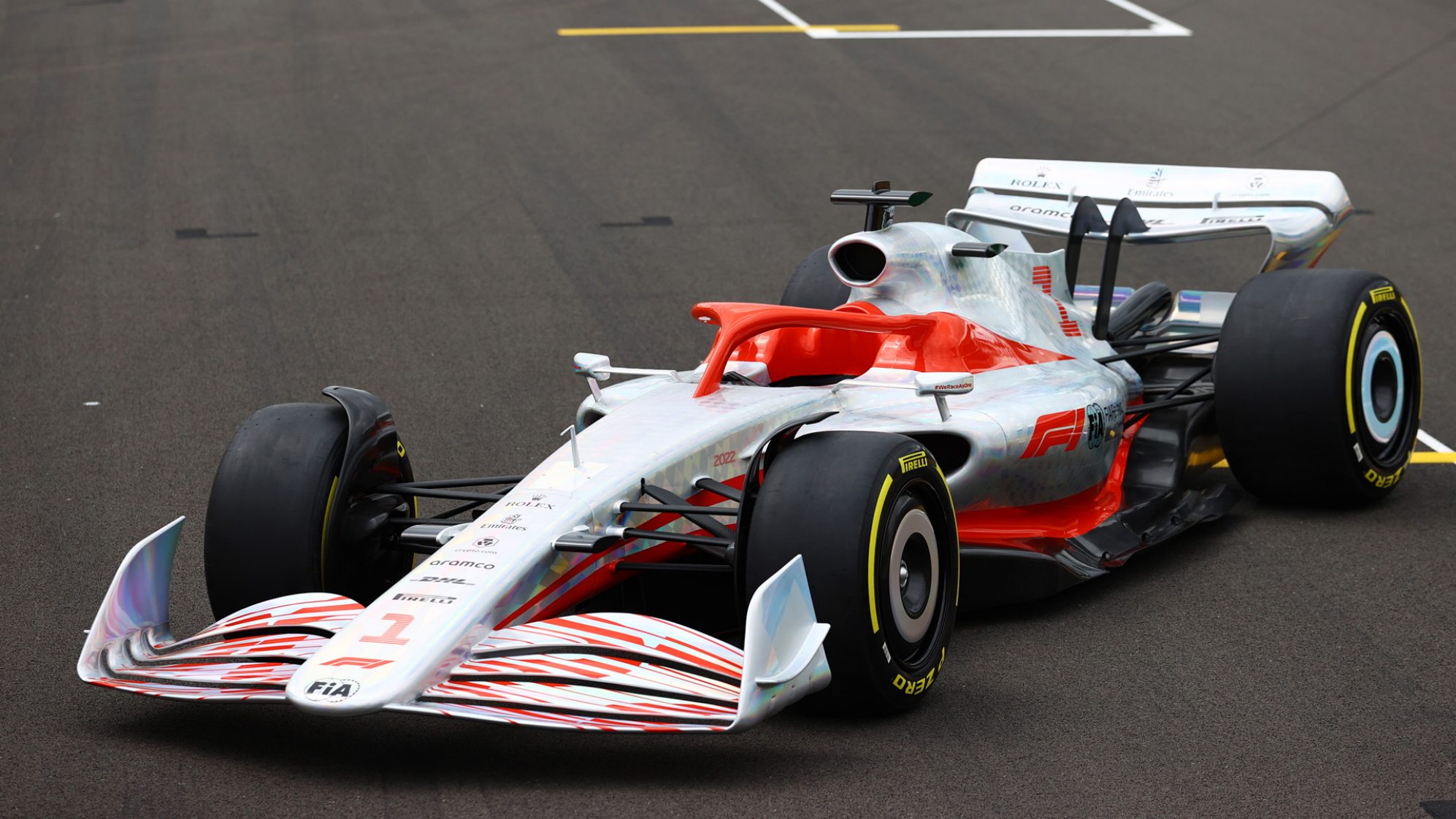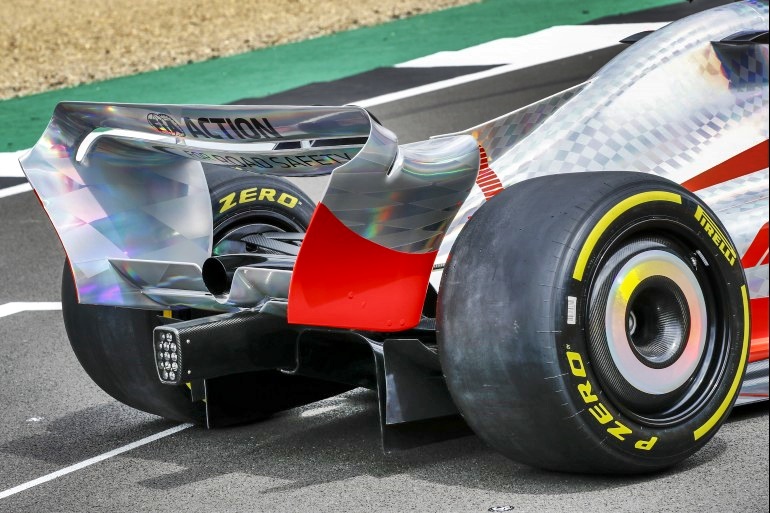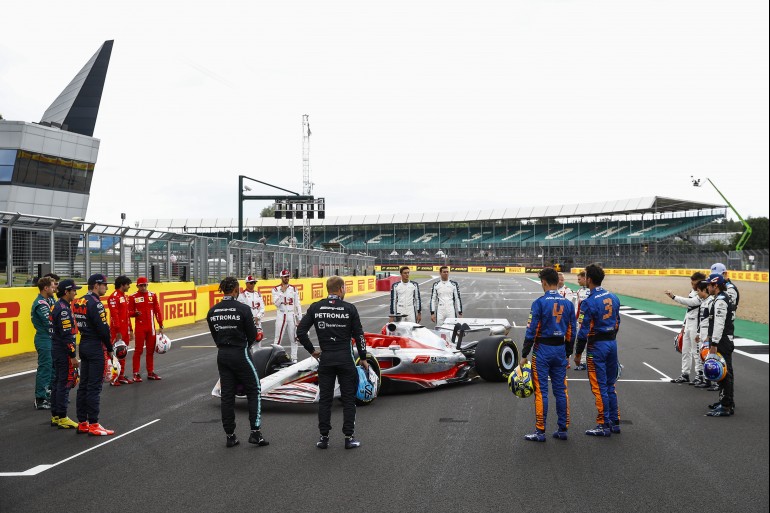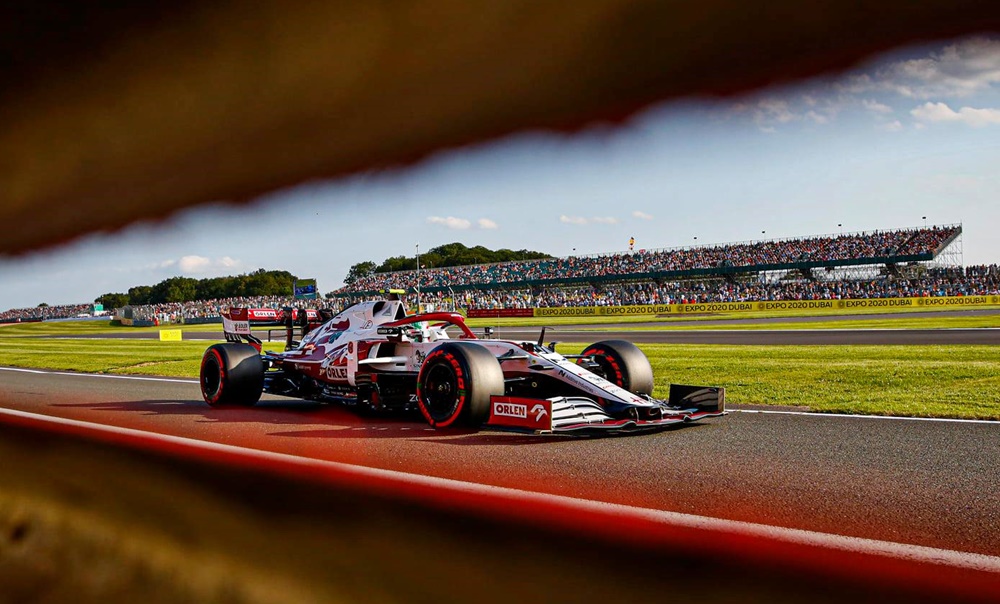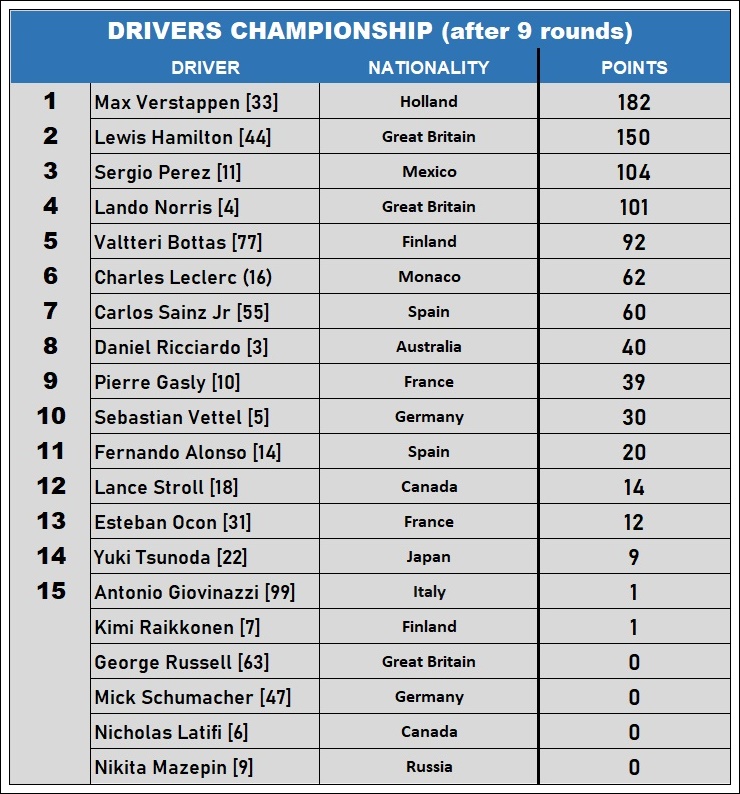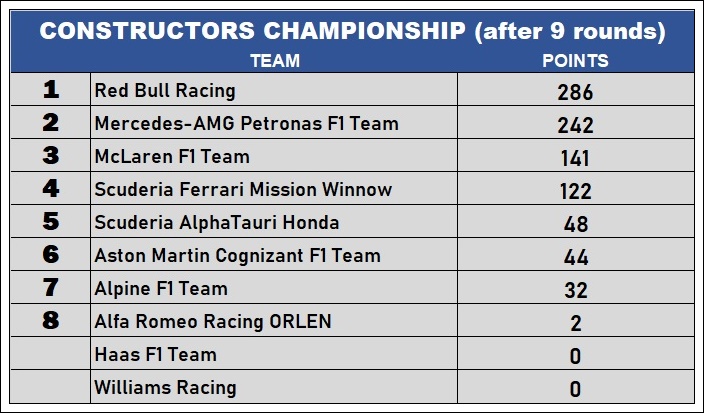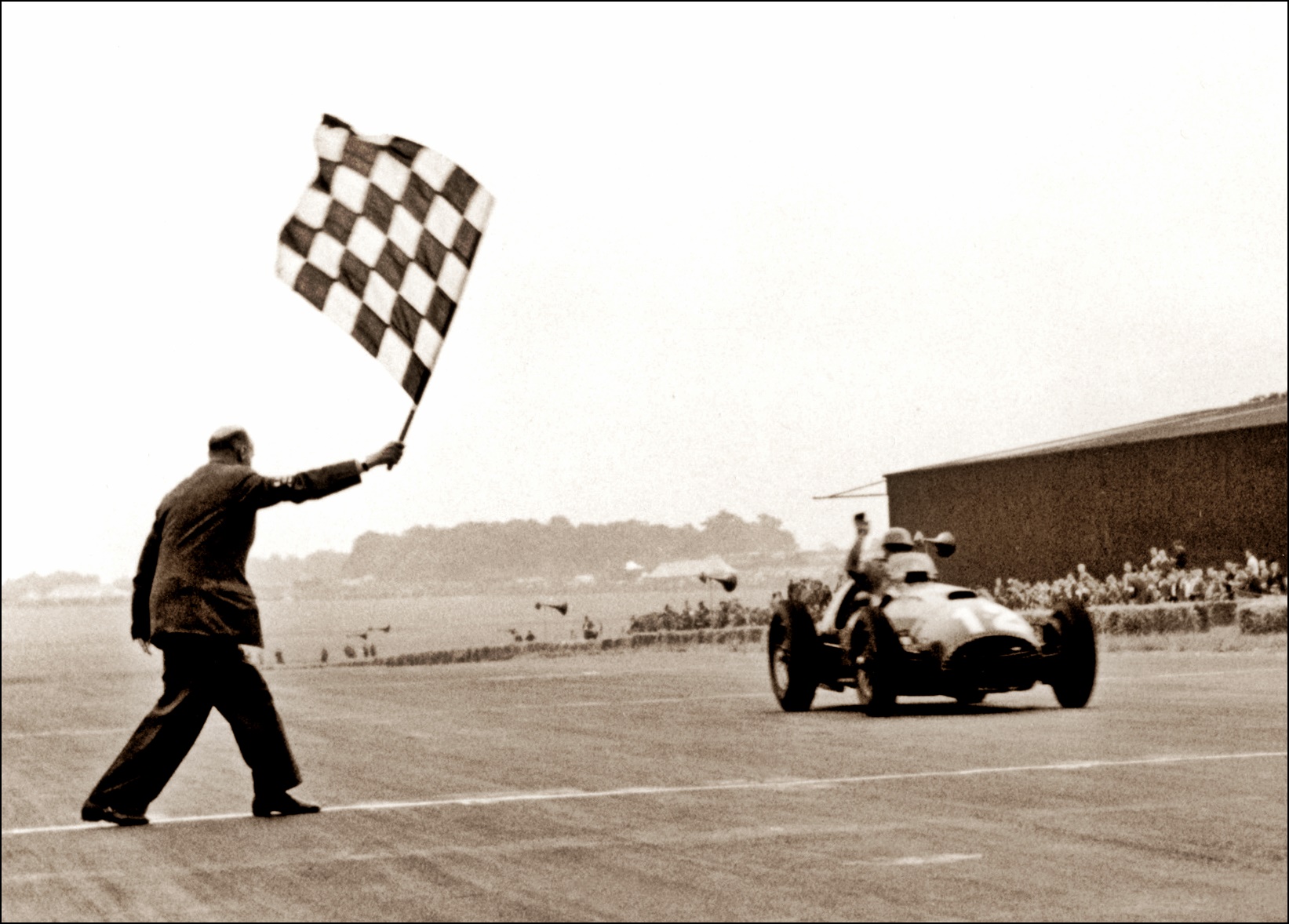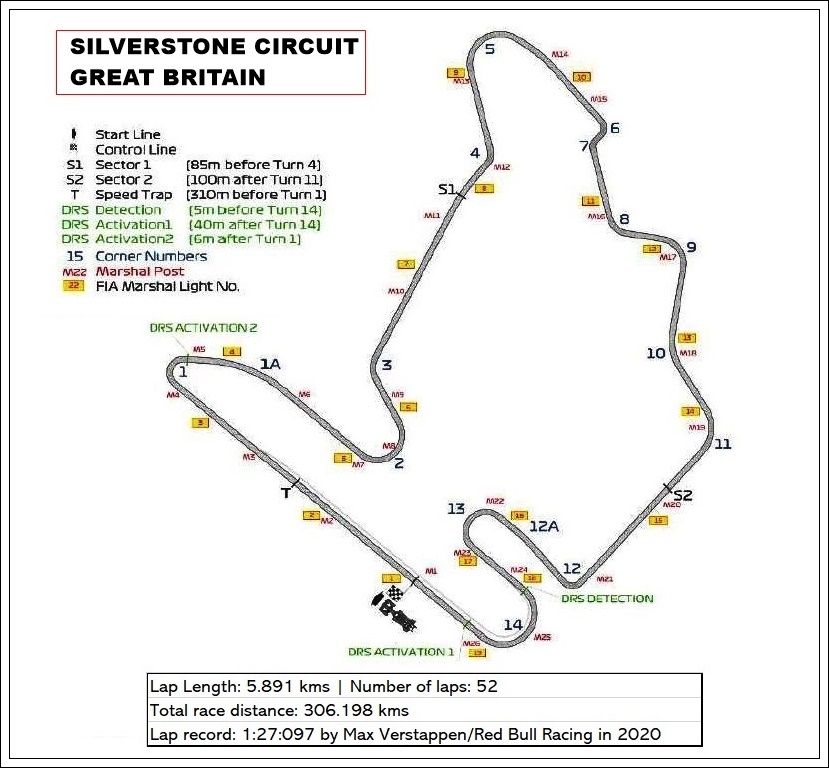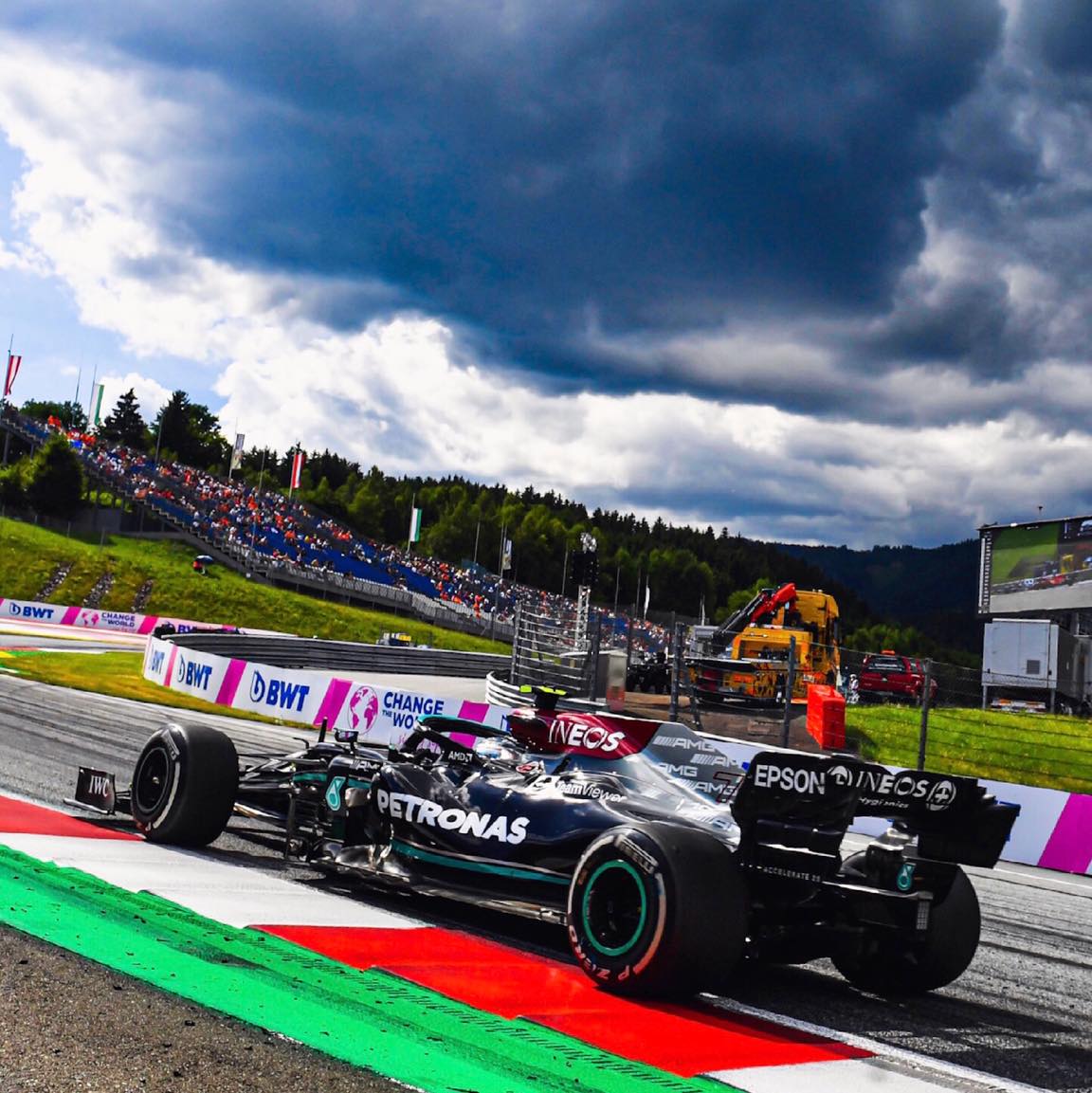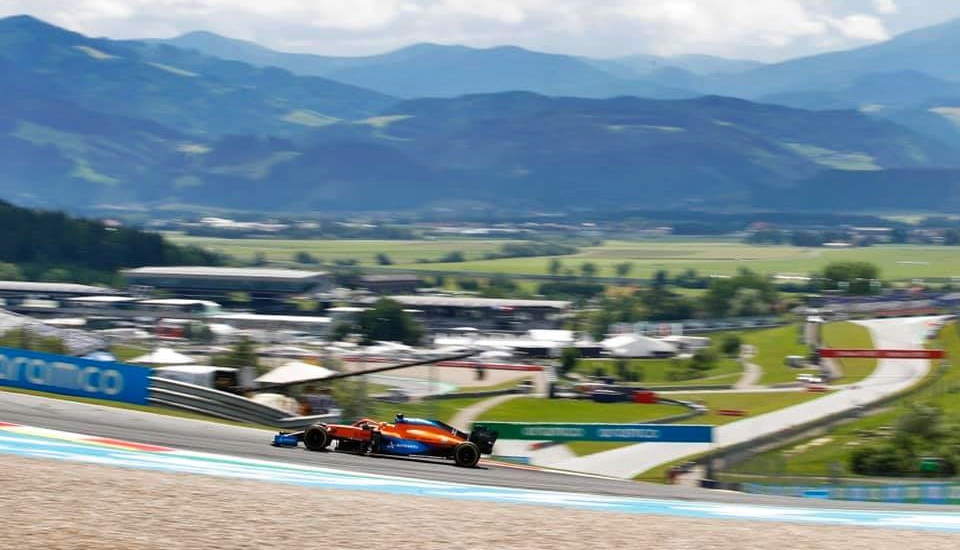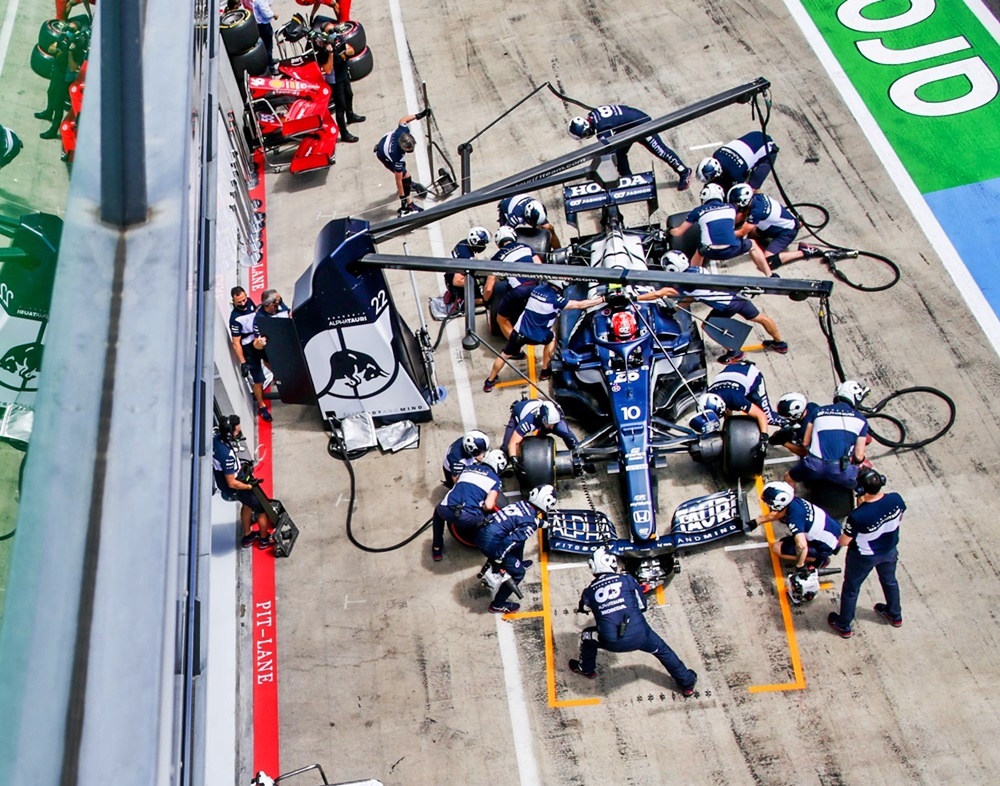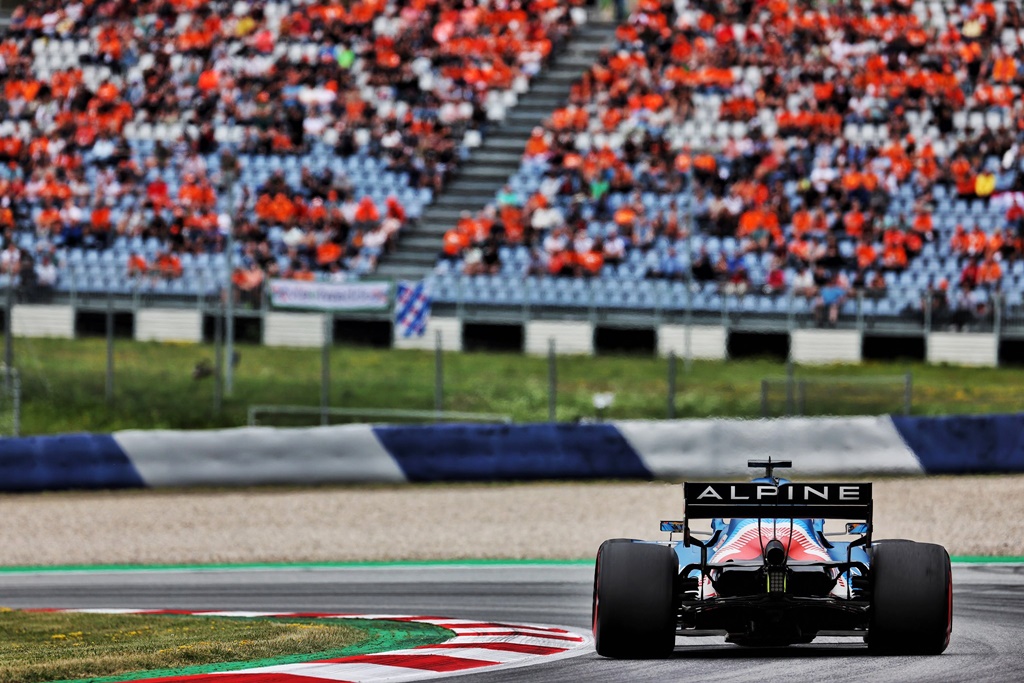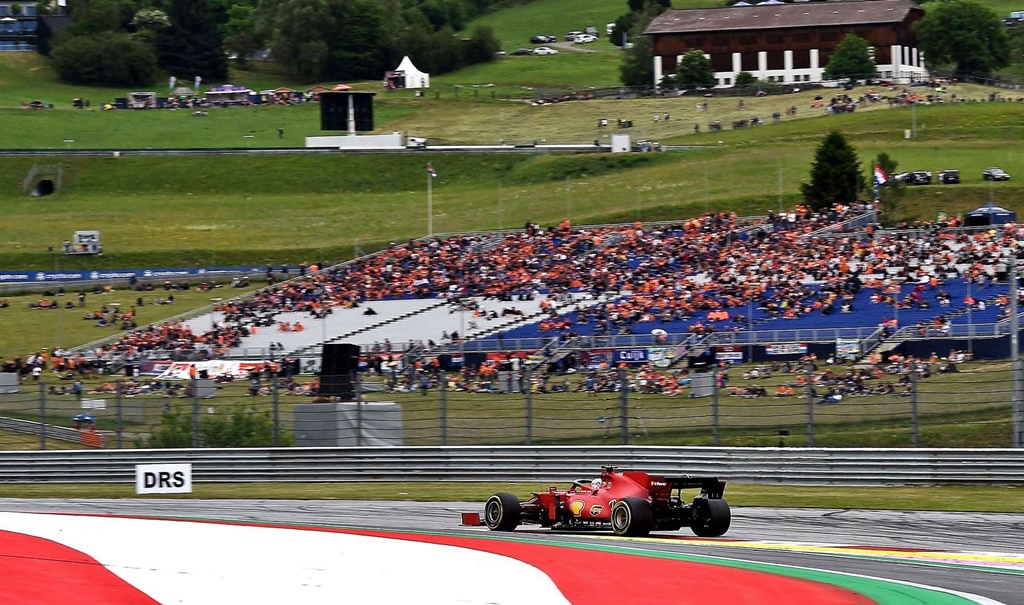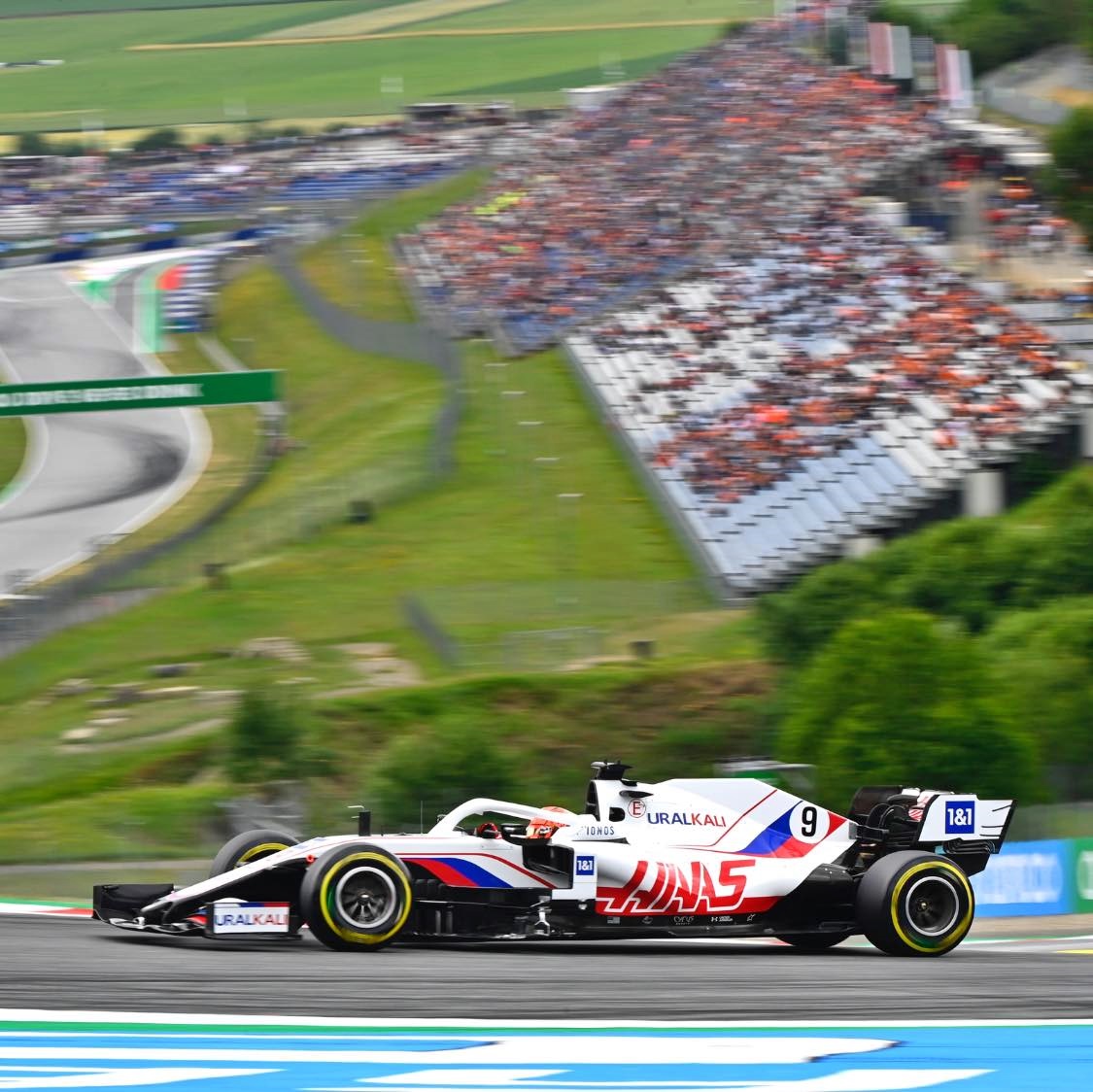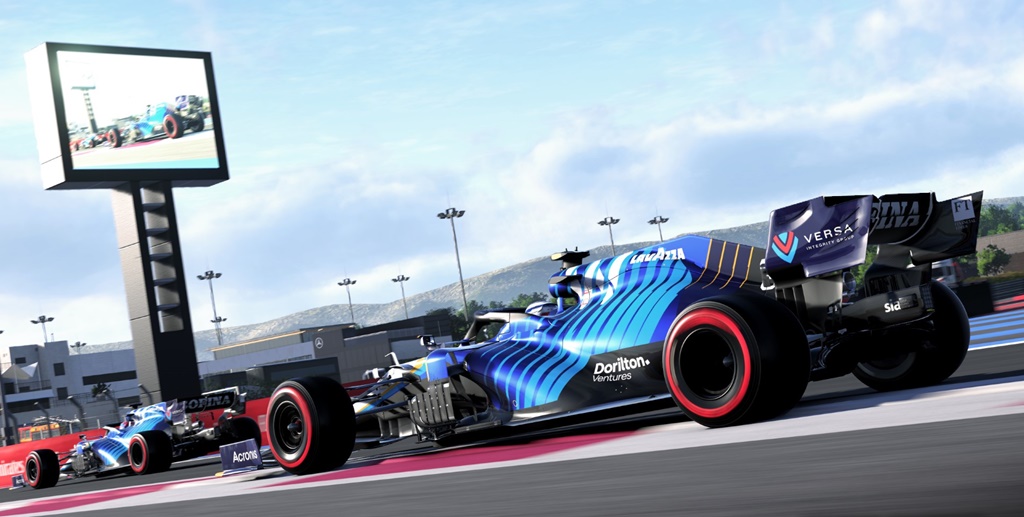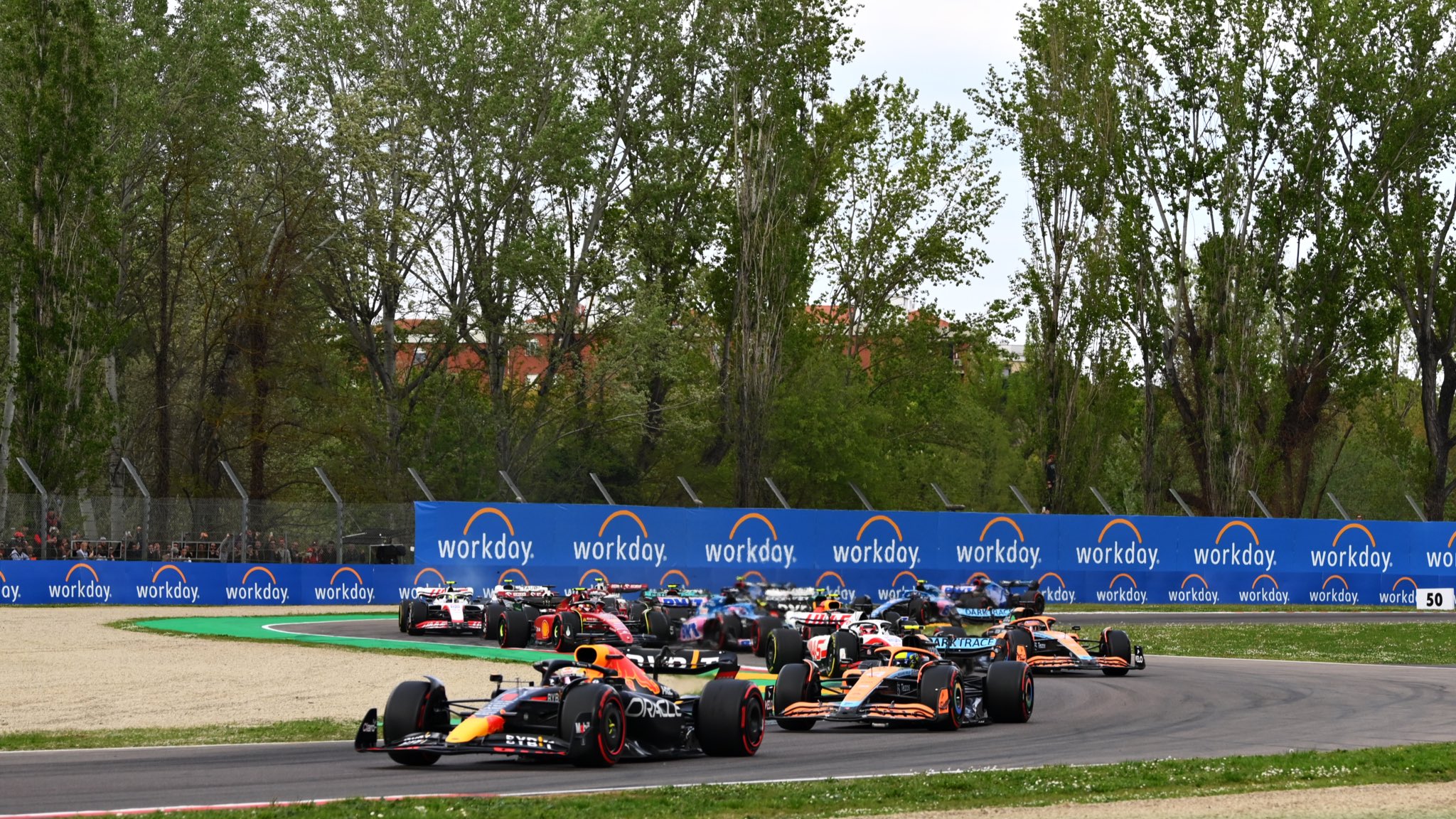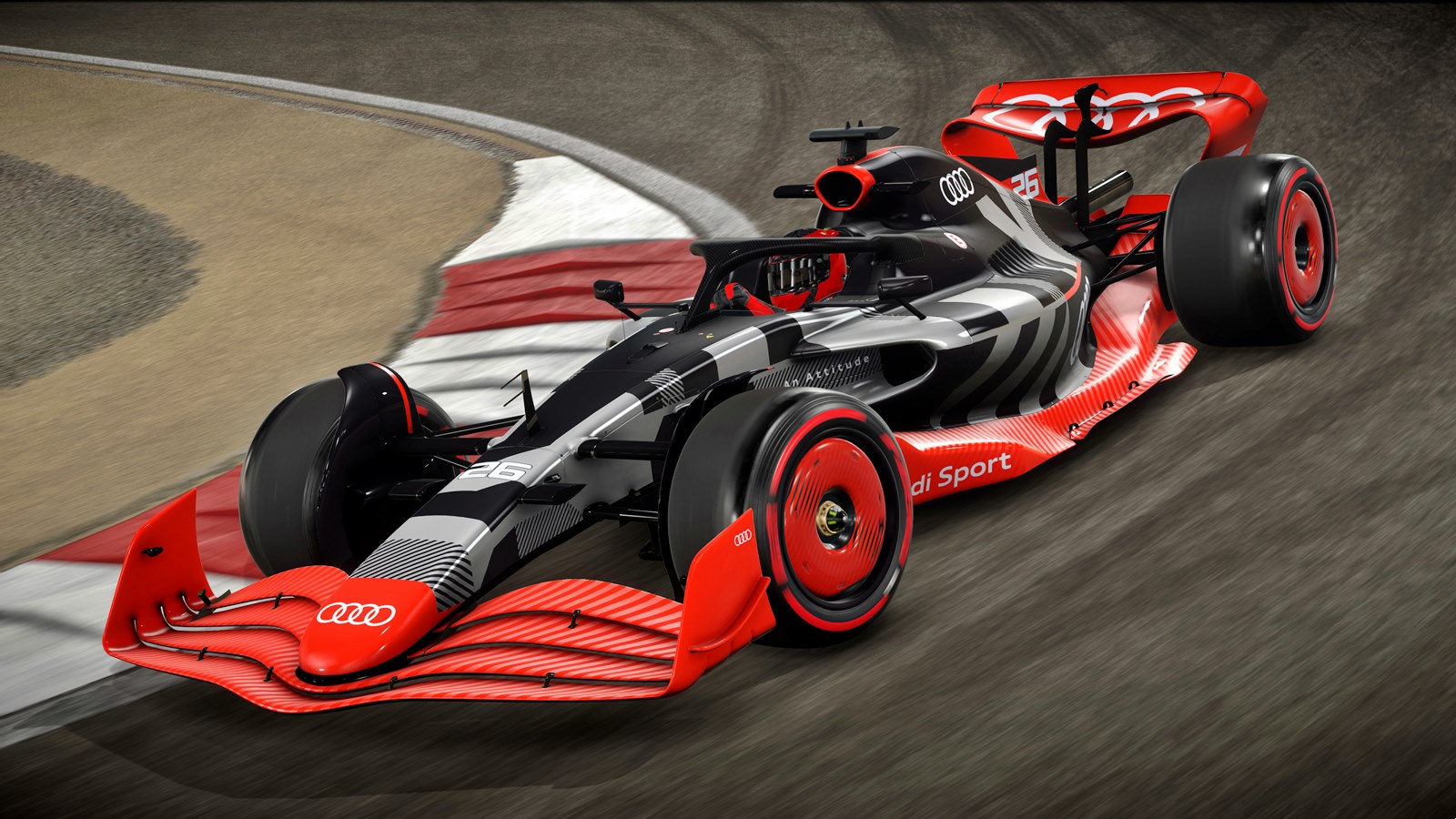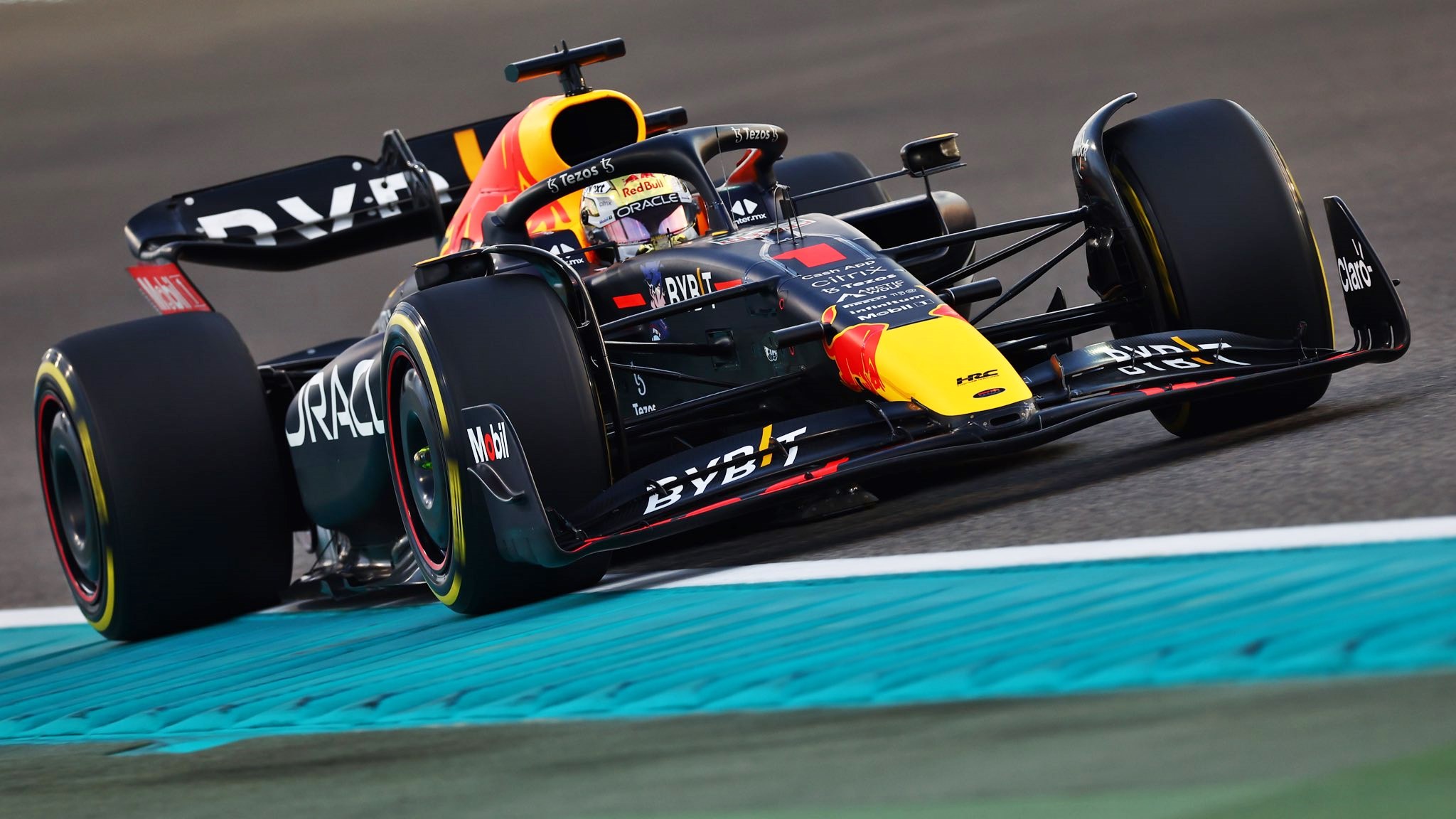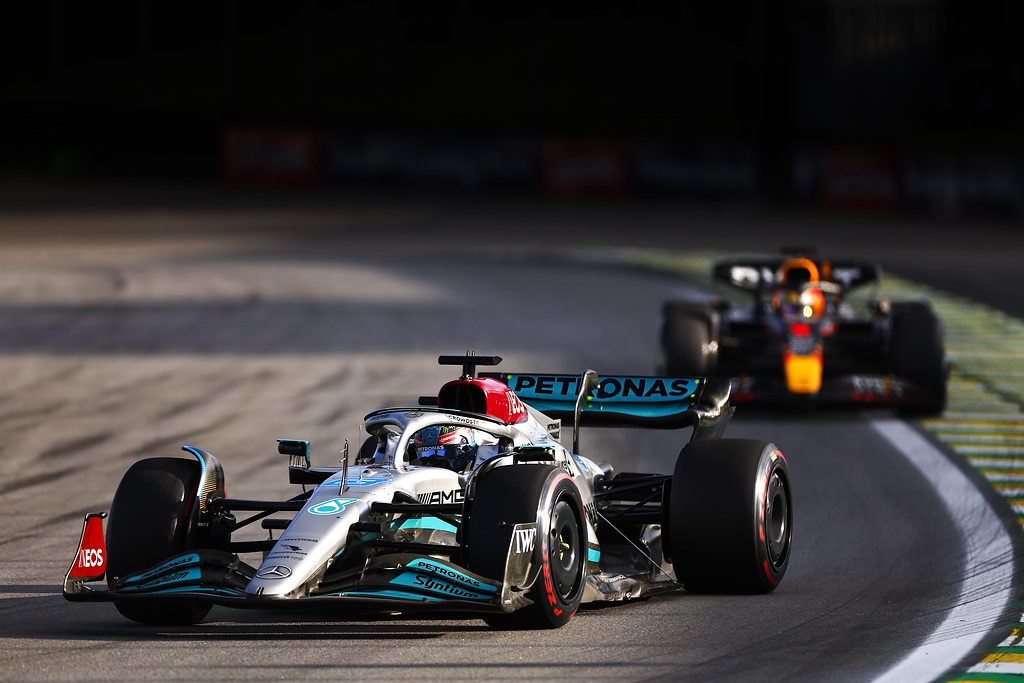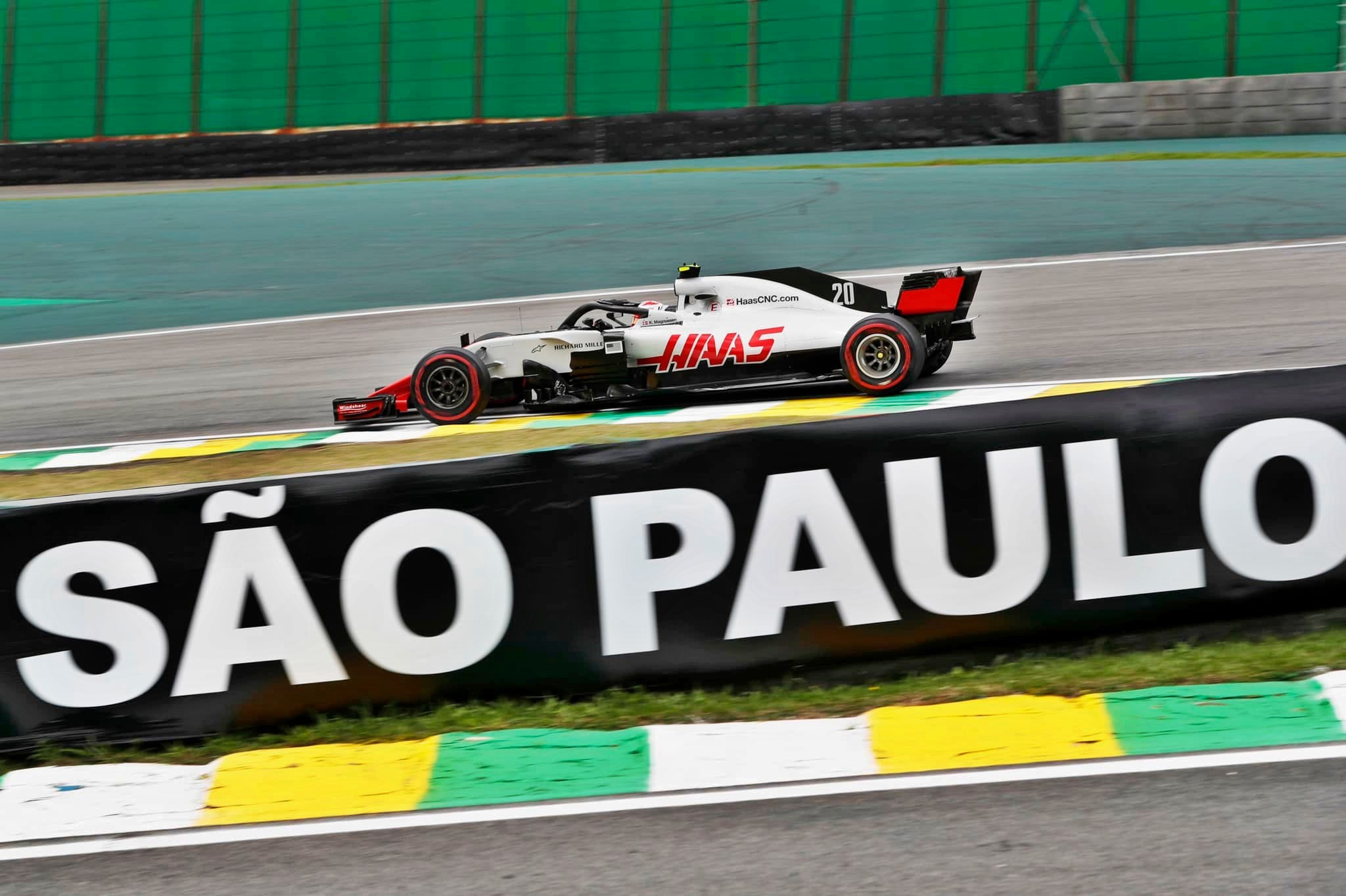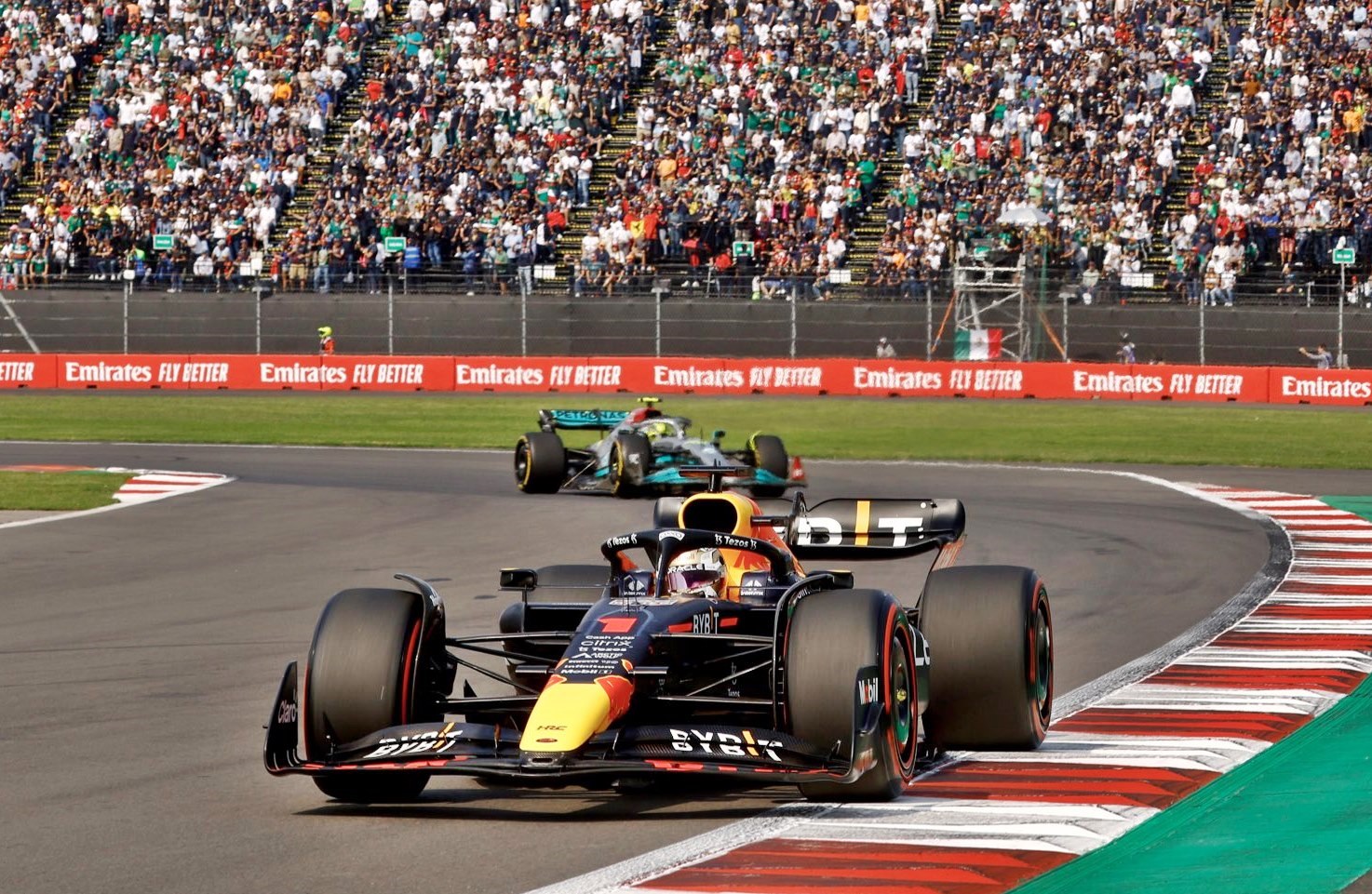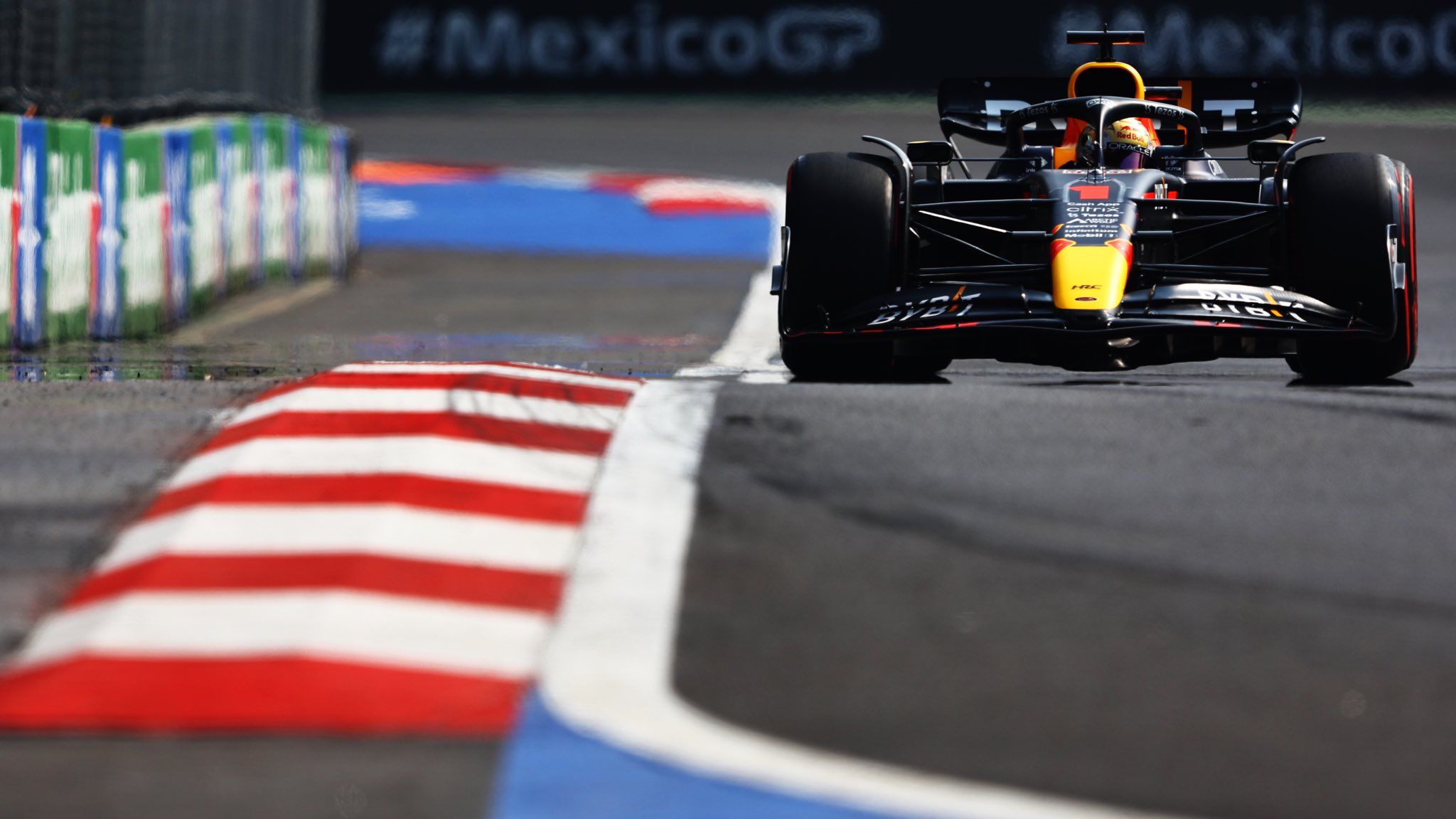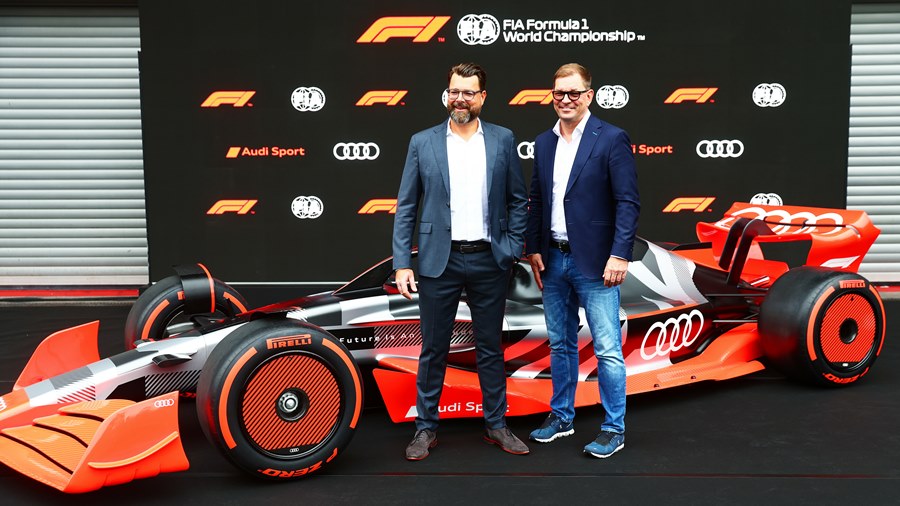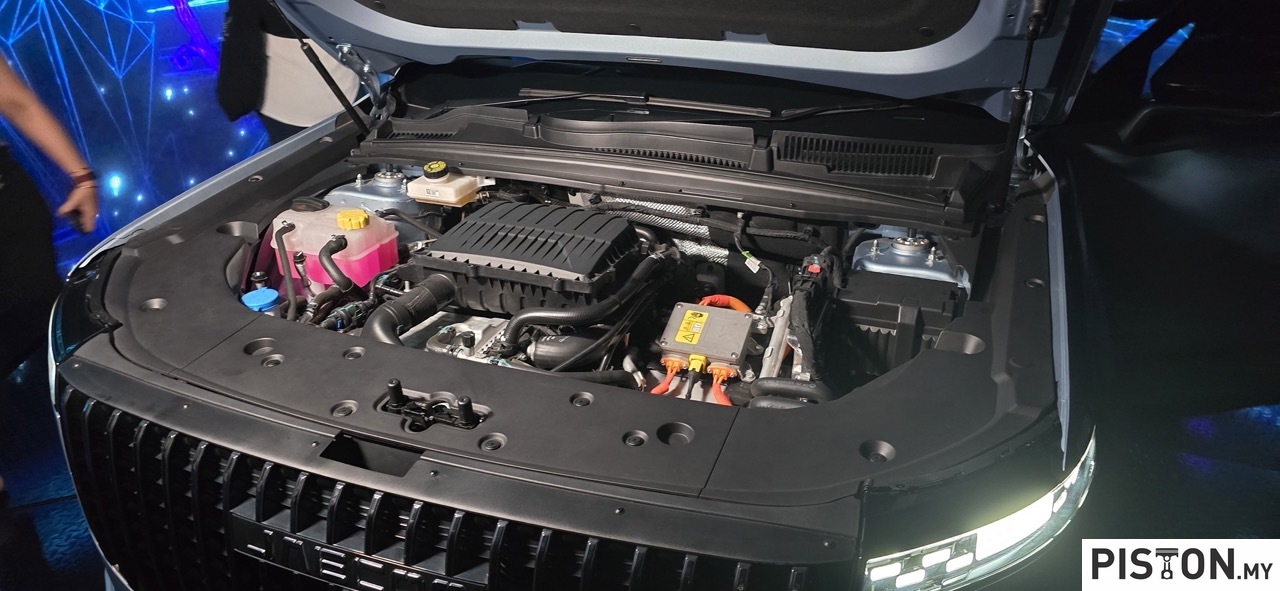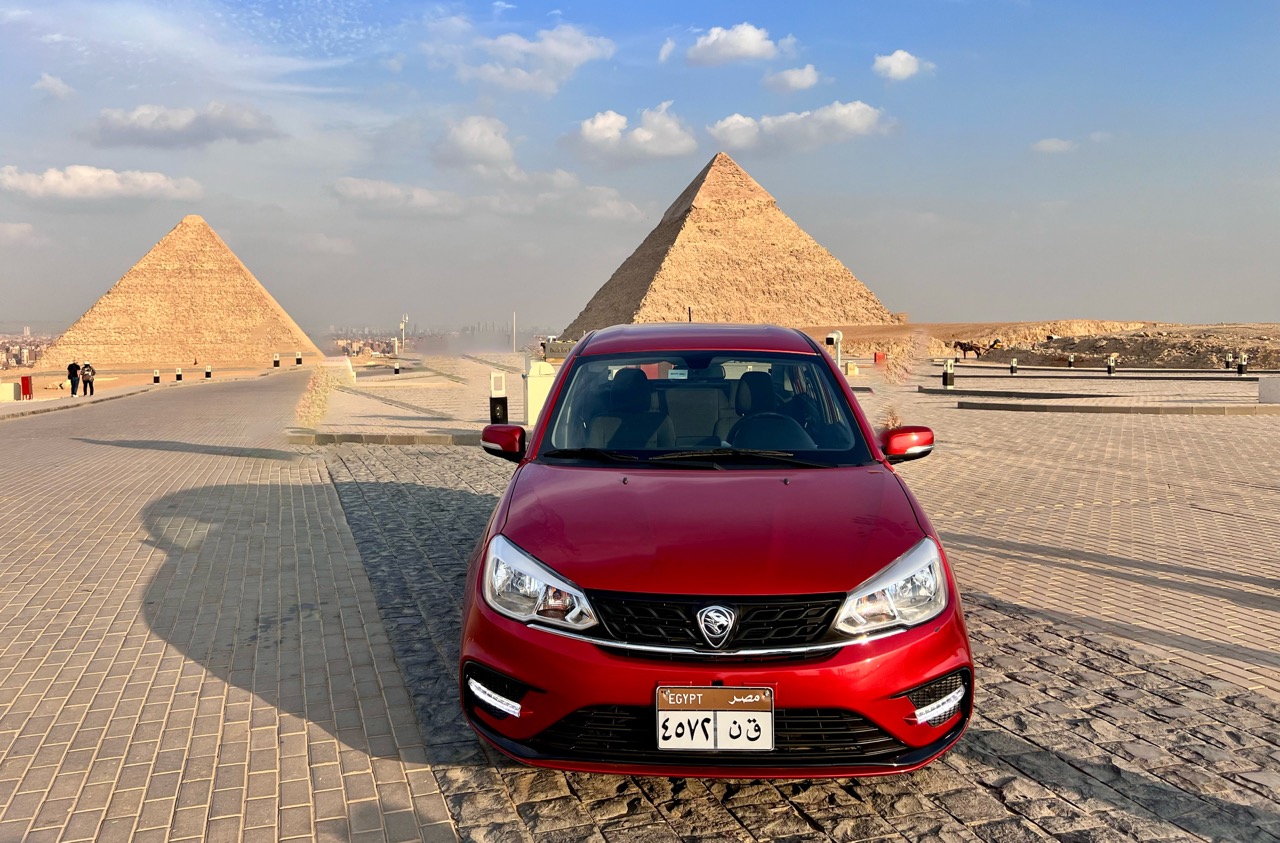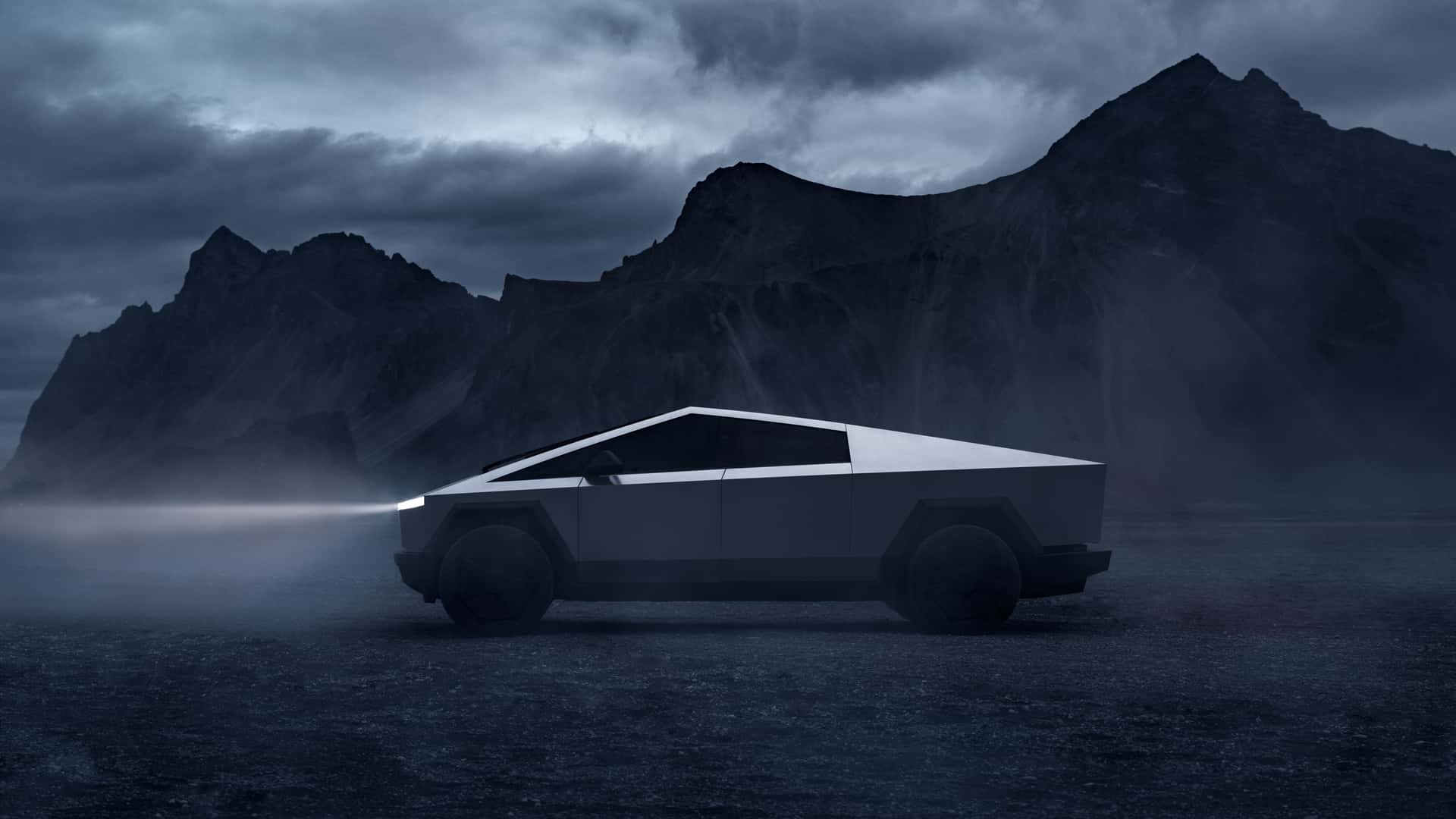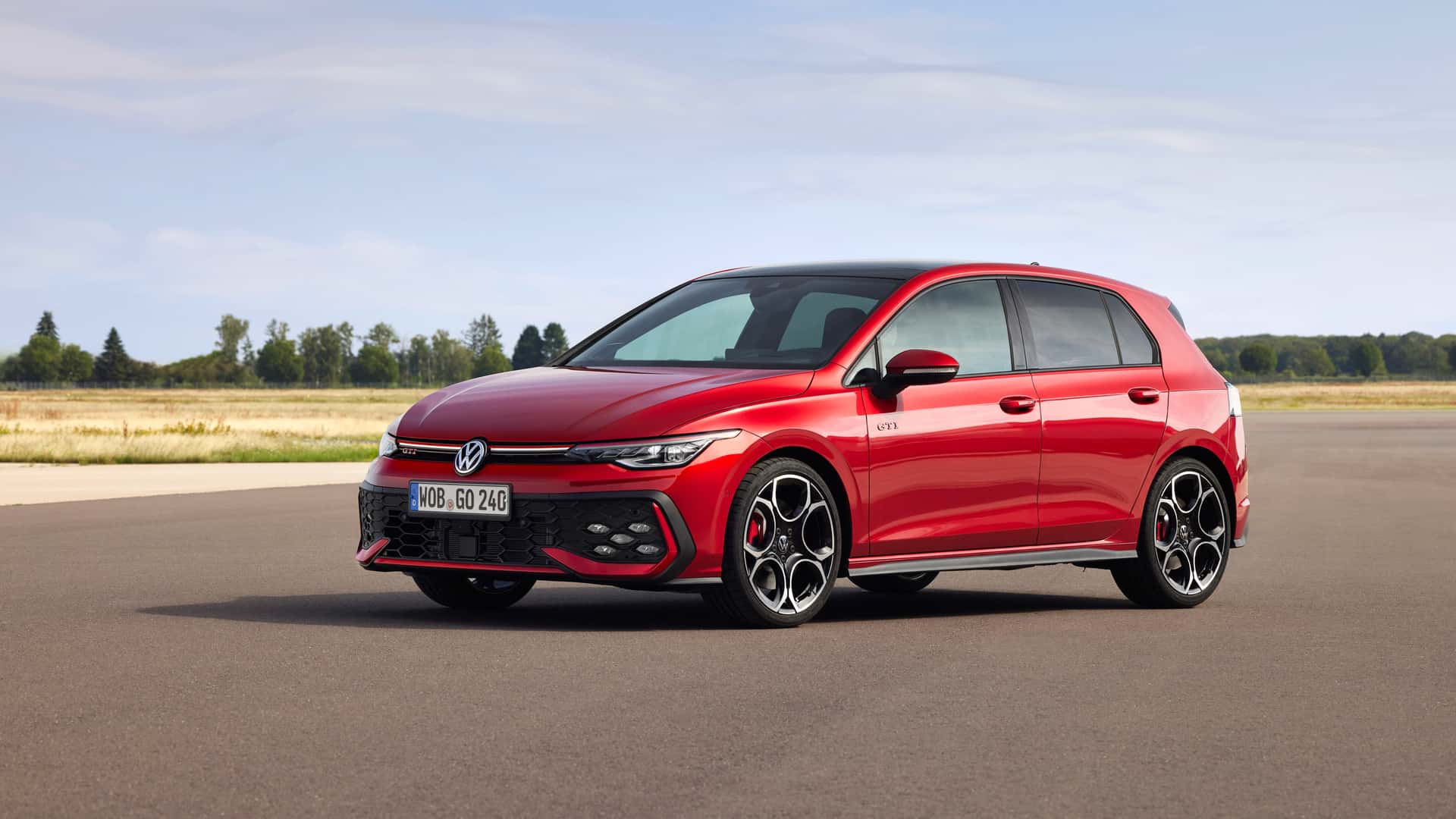Race starts at 3 pm in Holland/9 pm in Malaysia
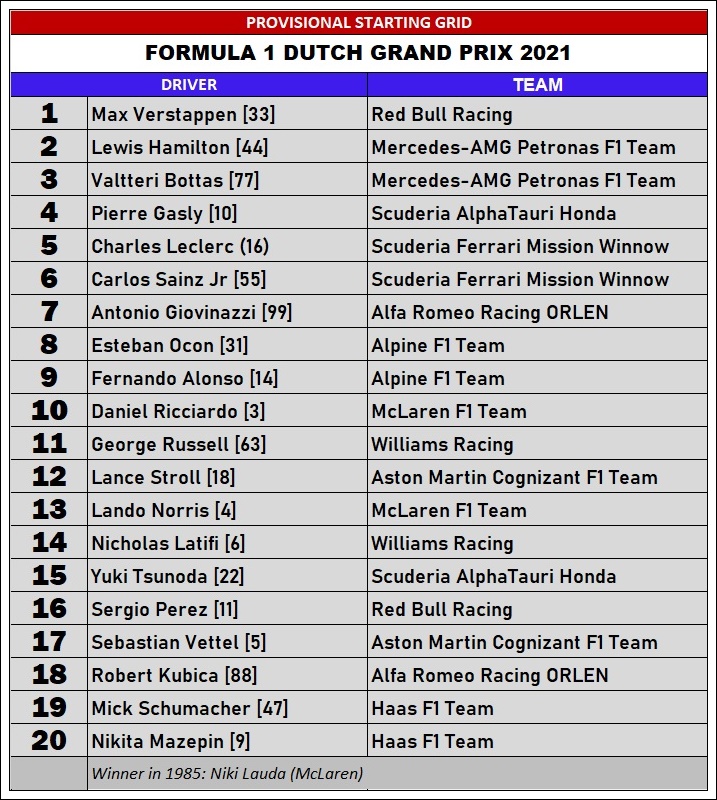
The last time a Dutch F1 Grand Prix was held was in 1985 – 36 years ago – so almost all the drivers taking part in Round 13 this weekend were not born yet. However, the Zandvoort Circuit in northern Holland is not entirely new to some of them as they drove around it during their Formula 3 years. Older fans would remember the great drivers of that period – like Jim Clark, Jackie Stewart, Niki Lauda and Rene Arnoux – who won races at Zandvoort.
The 36-year gap is the longest in the Formula 1 championship and the reason it had dropped off the calendar was due to financial difficulties that prevented it from being modernized and upgraded as the sport evolved. It was only in 1995 that proper investment was made with a new owner and the circuit, which had its first race in 1948, was redesigned and redeveloped.
The 4.3-km layout of today’s circuit differs greatly from the one that existed in the first 50 years, so comparison of lap times with those of today are meaningless and besides, the cars have advanced greatly too. The last F1 race was won by Lauda when he was with McLaren, which also won the championship that year.
The younger drivers will recall the challenging track with 14 corners, many of them fast and sweeping and the ‘Tarzan Corner’ hairpin at the end of the start/finish straight. The Zandvoort track layout stands out as one of the more unusual circuits on the 2021 F1 calendar, with an old-school feel.
It’s also an undulating track, rising and falling between the sand dunes, with a rollercoaster-like vibe similar to Portimao and an elevation change of almost 8 metres. And being located across the road from the North Sea, strong wind can be expected, sometimes blowing sand onto the track and affecting grip (an issue normally associated with places like Bahrain).
One of the most striking elements of the track is the super-fast, steeply banked Turns 13 and 14. The 18-degree banking will add significant load to the tyres through this section, which will impact the durability and life of the tyre compounds. Given the banked final corner, high-speed turns and undulations, it’s not surprising that Pirelli have picked the hardest tyres in their range.
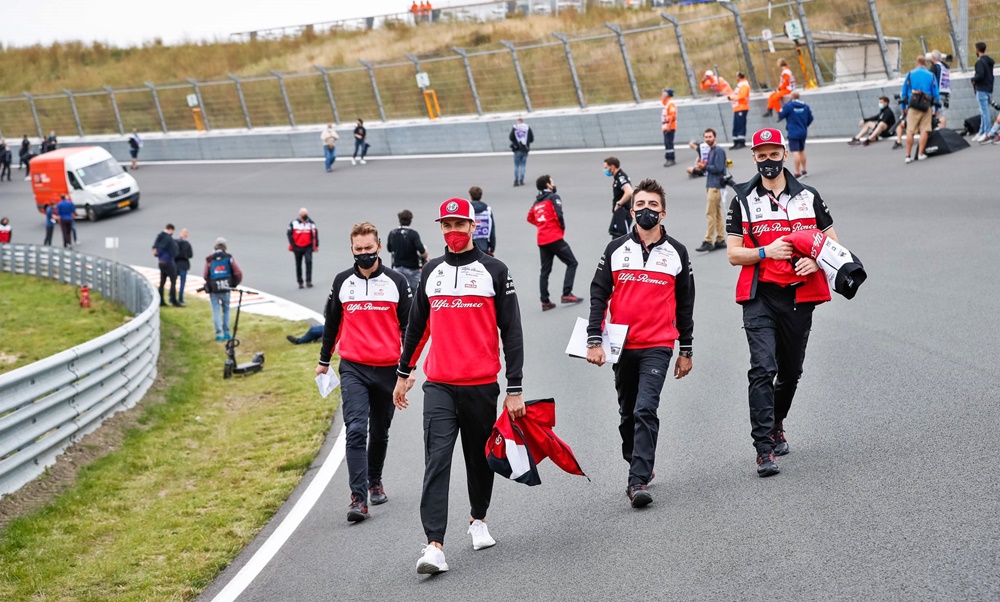
The banked final two corners, which feature a banking angle twice as steep as the Indianapolis Motor Speedway, will definitely be challenging for the cars and the tyres, putting a lot of forces through them. But they should be fairly simple for the drivers to tackle. Getting this section of track right is crucial for the run onto the main straight, which leads to one of the few overtaking opportunities at Turn 1.
“This track is epic. It brought back so many memories when I first got out there, from when I drove here before. I knew it was great when I was in Formula 3, but in a Formula One car it is just something else!” said Lewis Hamilton, who was born in the same year the last Dutch GP was held.
It is, of course, a home race for Red Bull Racing’s Max Verstappen who is Dutch. He’s only raced once at Zandvoort in his Formula 3 days atthe 2014 Zandvoort Masters when he went from pole position to chequered flag – becoming the youngest winner in the race’s history at just 16. “I’m really looking forward to coming here for the Grand Prix. To have a home Grand Prix will be even more crazy than usual in terms of support. I hope it’s going to be a highlight of the season, but it will all depend on the Sunday result. But we’ll do everything we can to make sure it’s a good one,” he said.
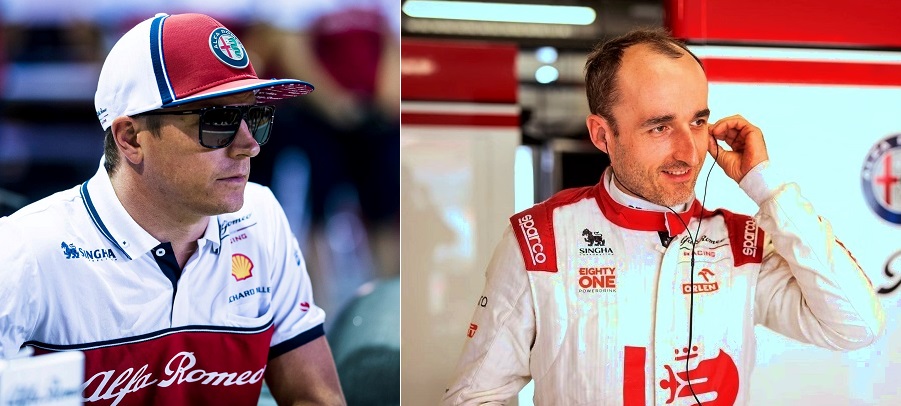
After the controversial rain-affected Belgian Grand Prix last weekend, F1’s first half-points were awarded with positions based on starting grid positions. The last time half-points were awarded was at the Malaysian Grand Prix in 1979 as the race had to be stopped due to heavy rain. Max Verstappen was declared the winner and got 12.5 points, taking him to 199.5 points or just 3 behind championship leader Hamilton. In the Constructors Championship, Mercedes-AMG is up to 310.5 points, seven ahead of Red Bull Racing.


